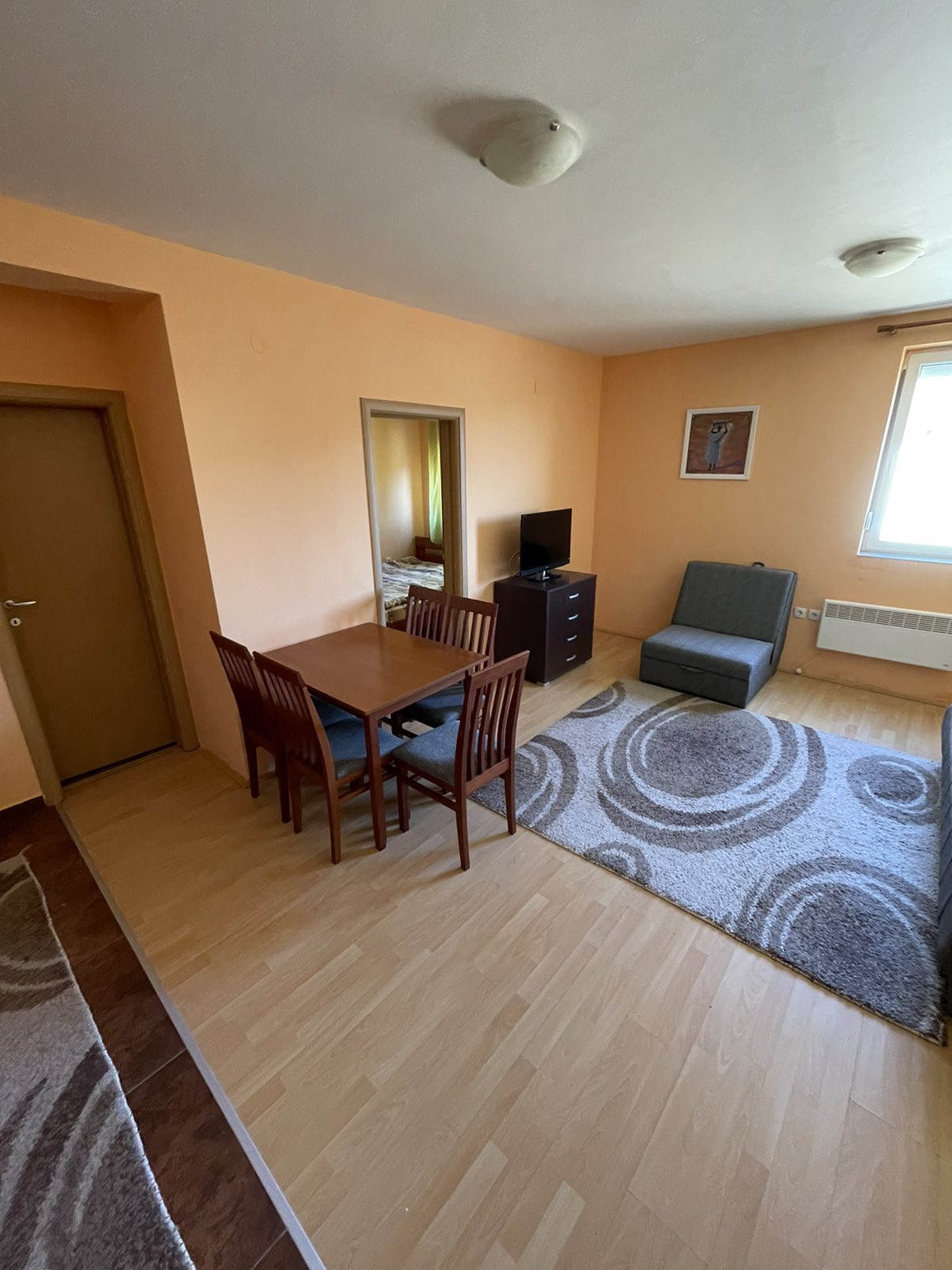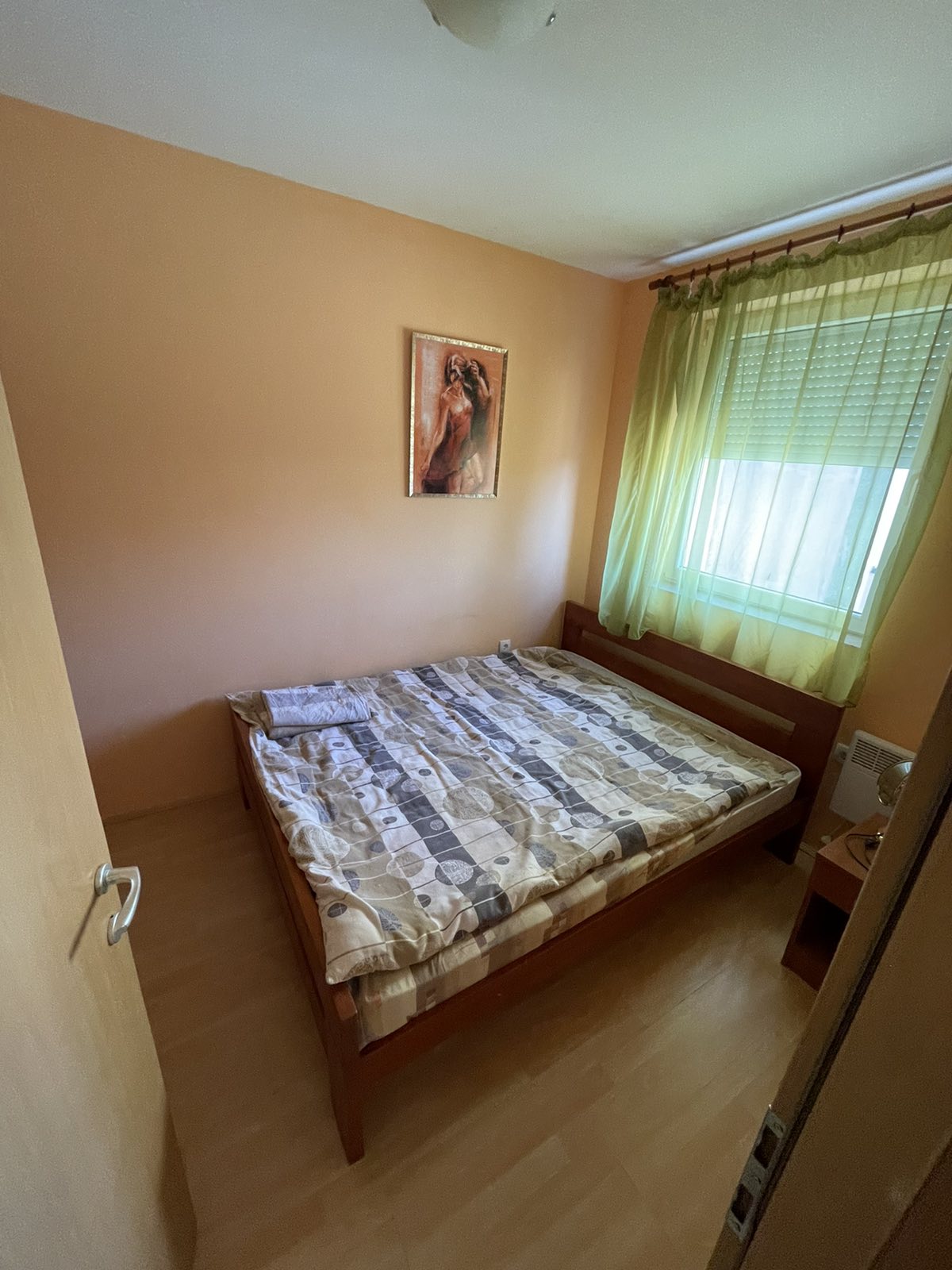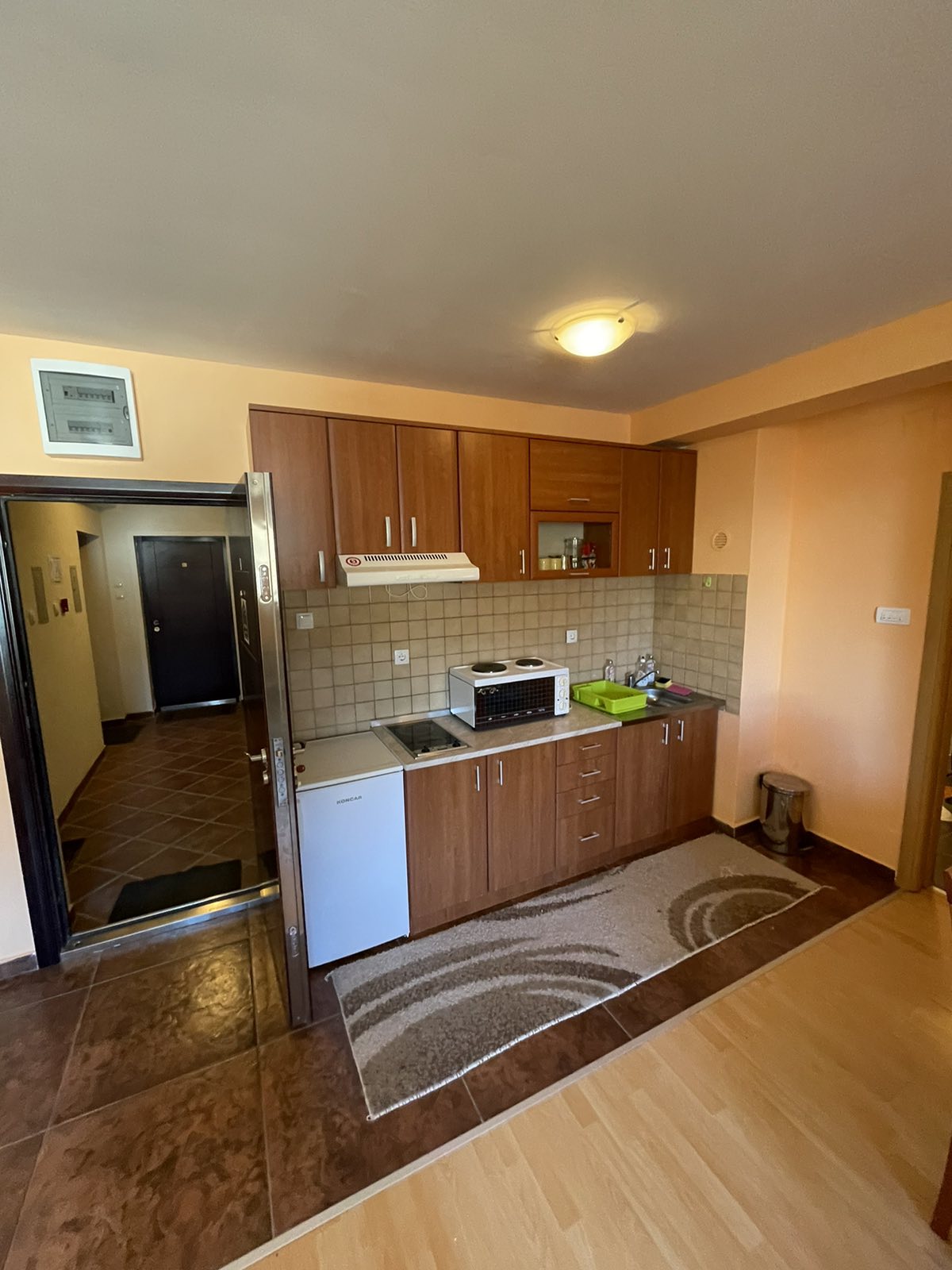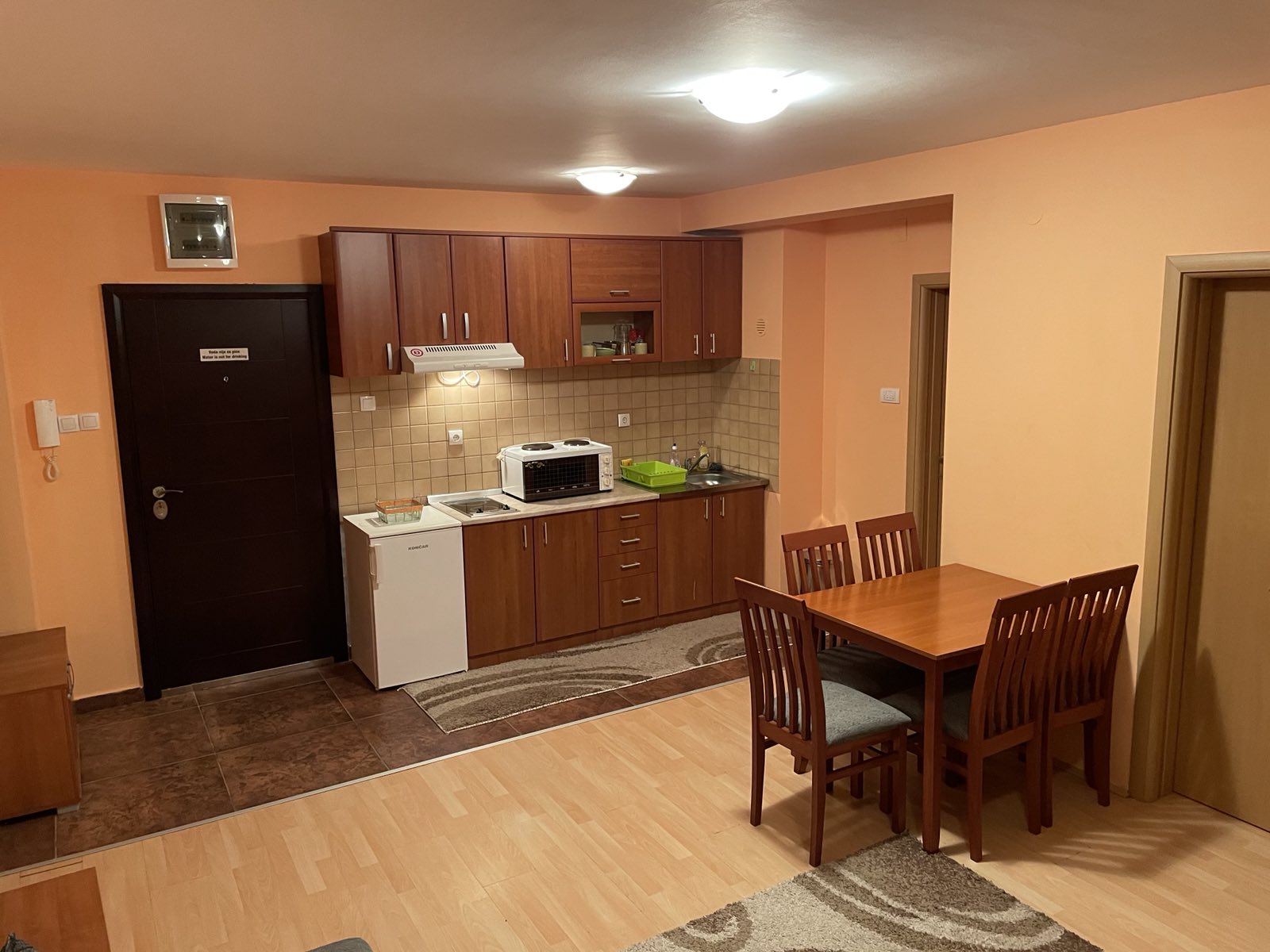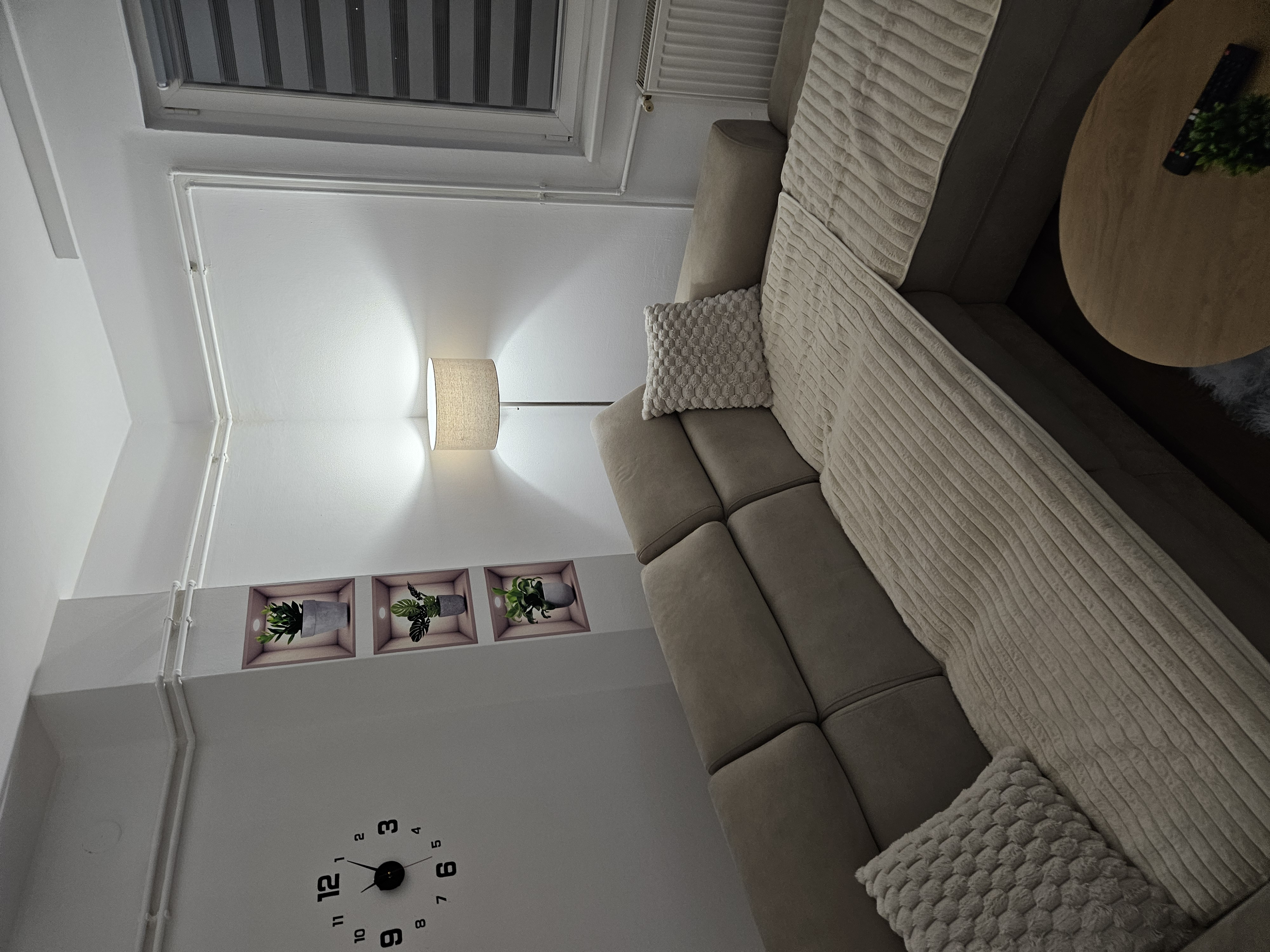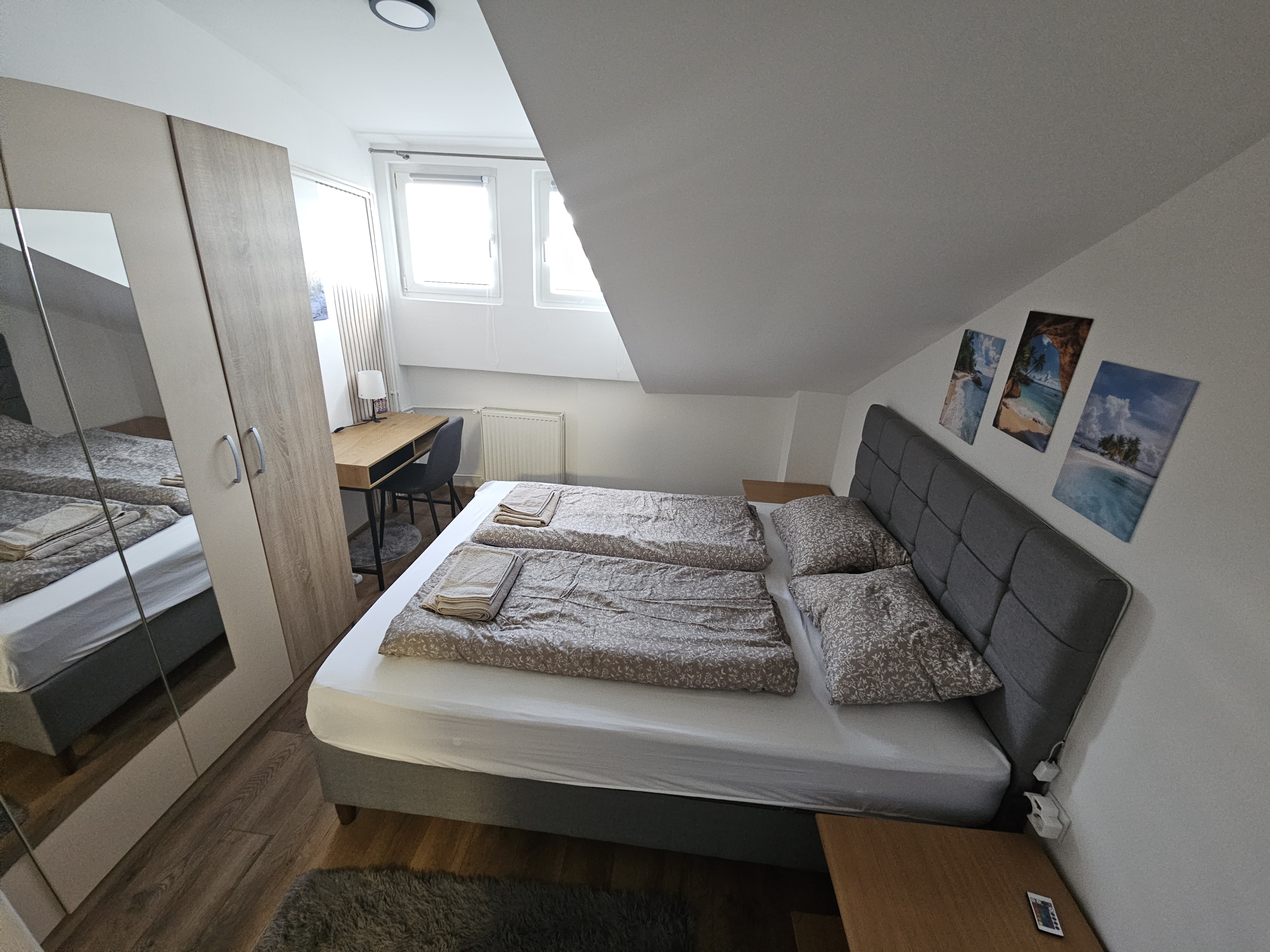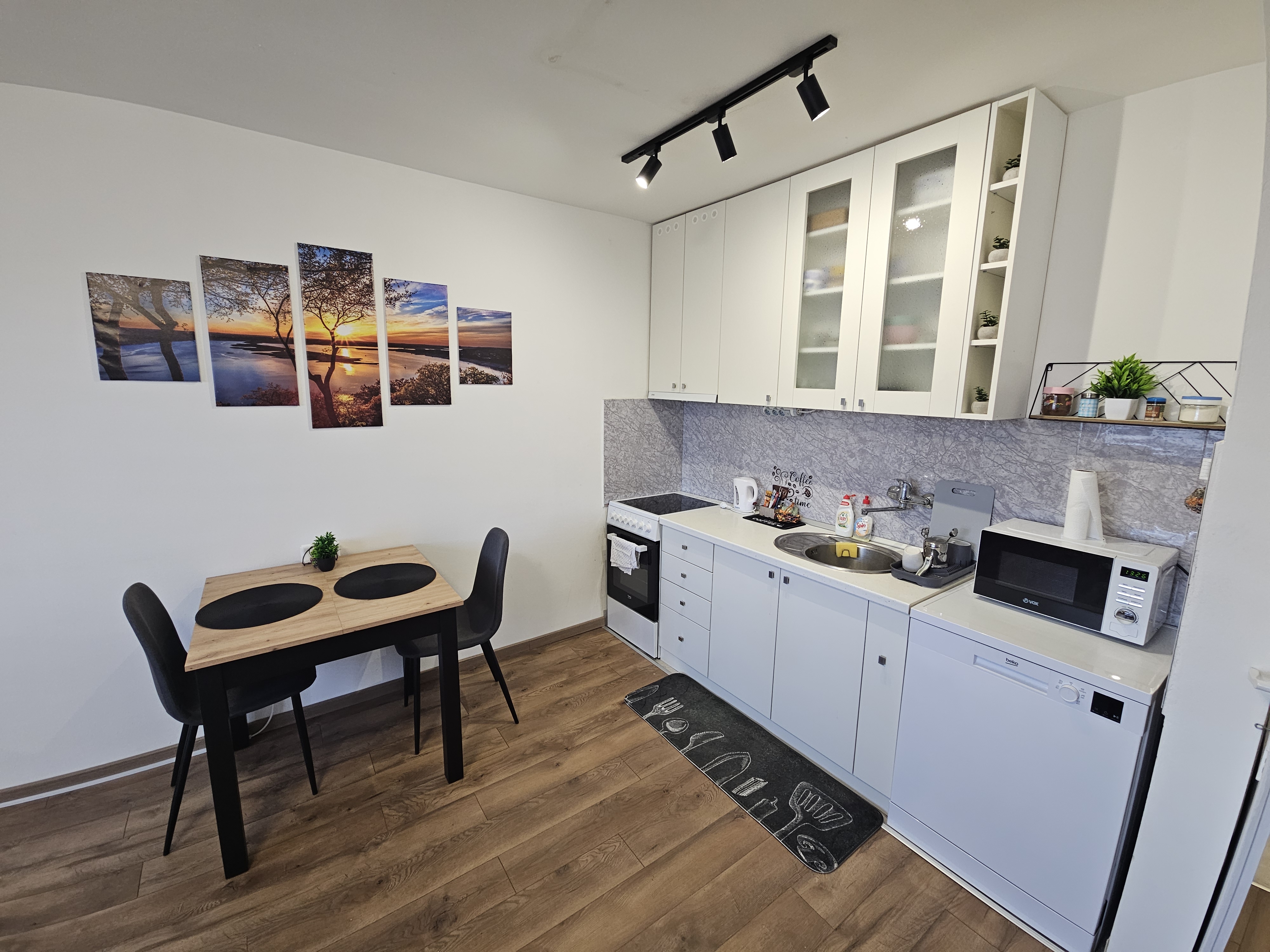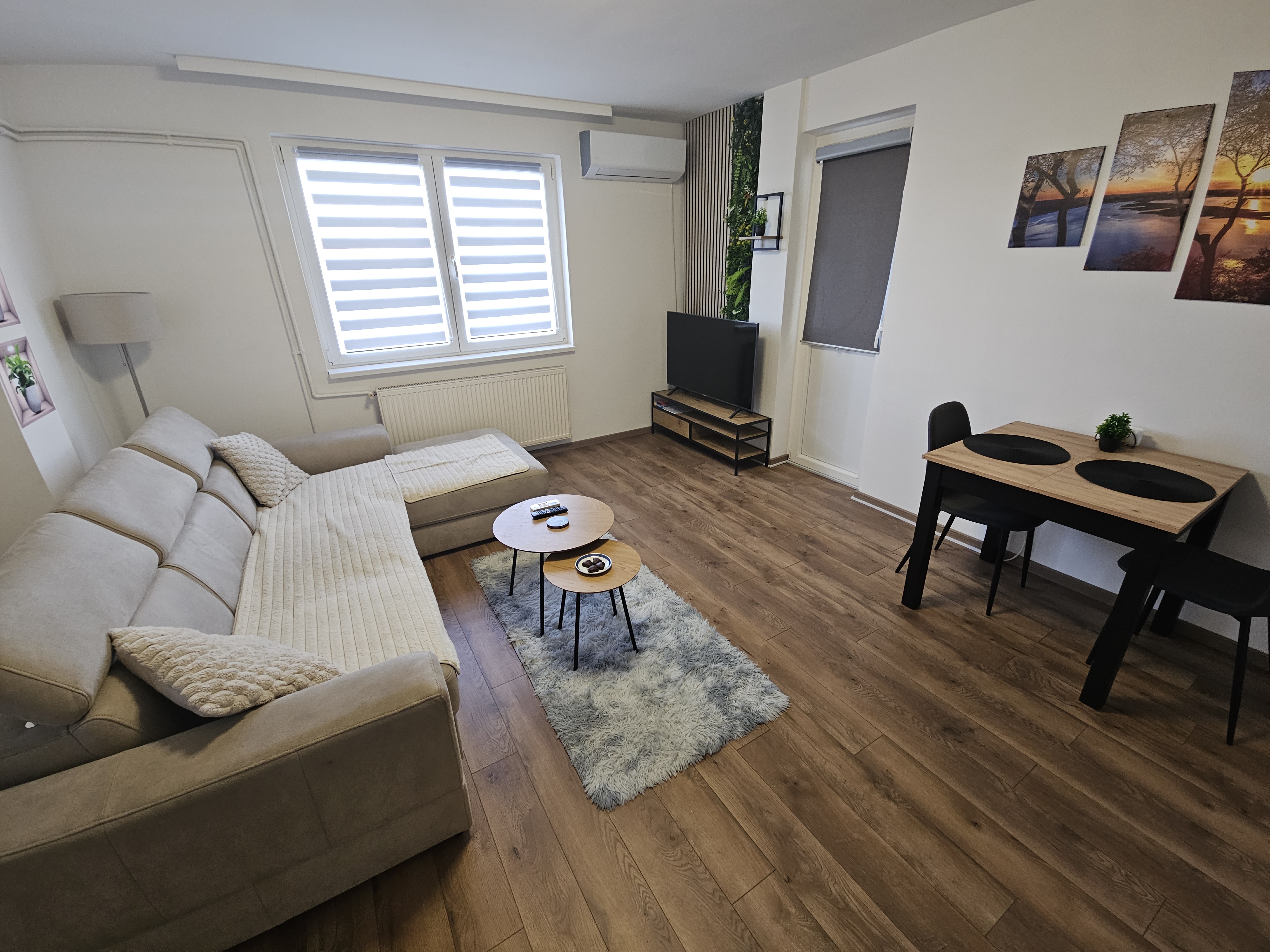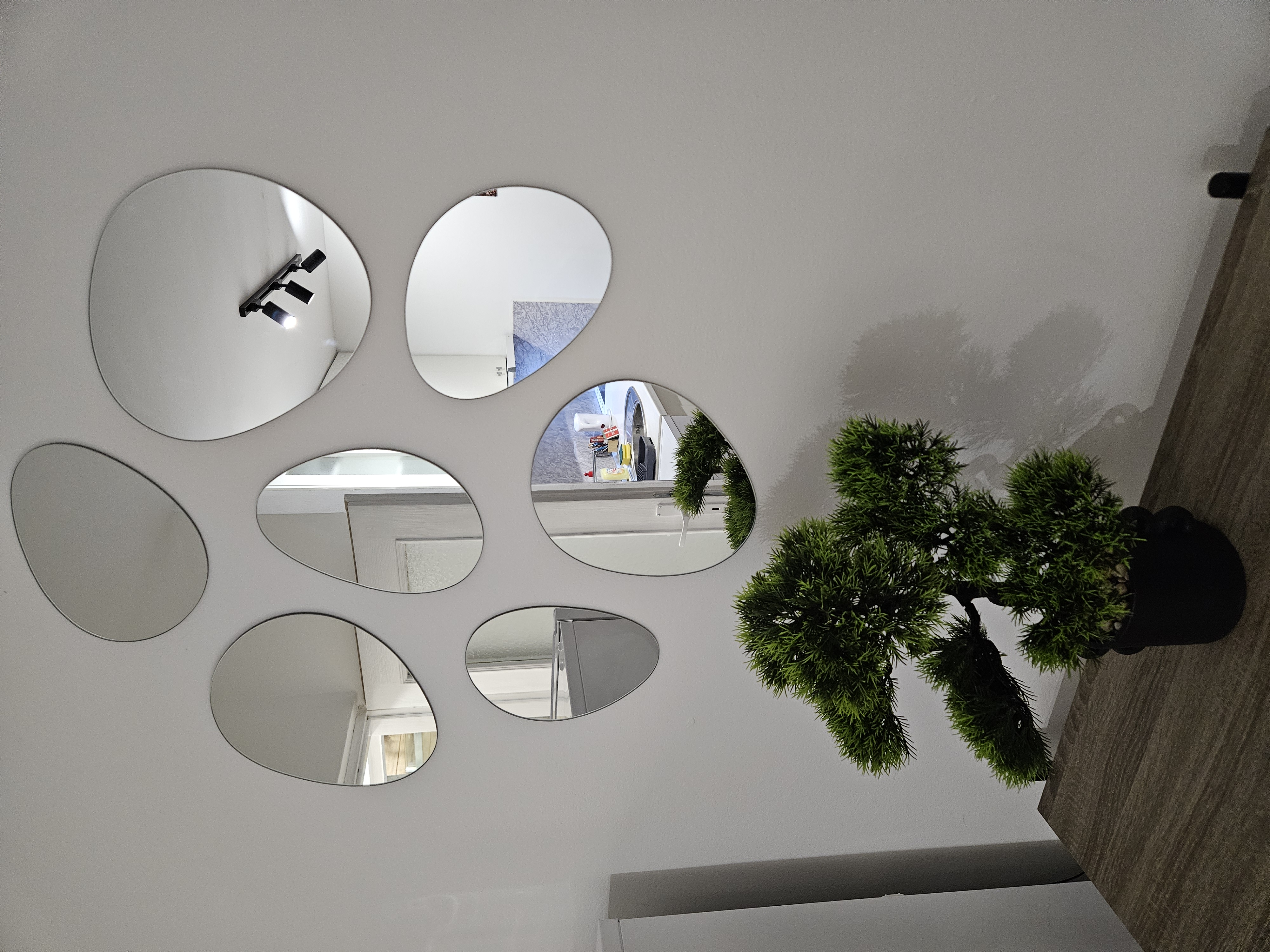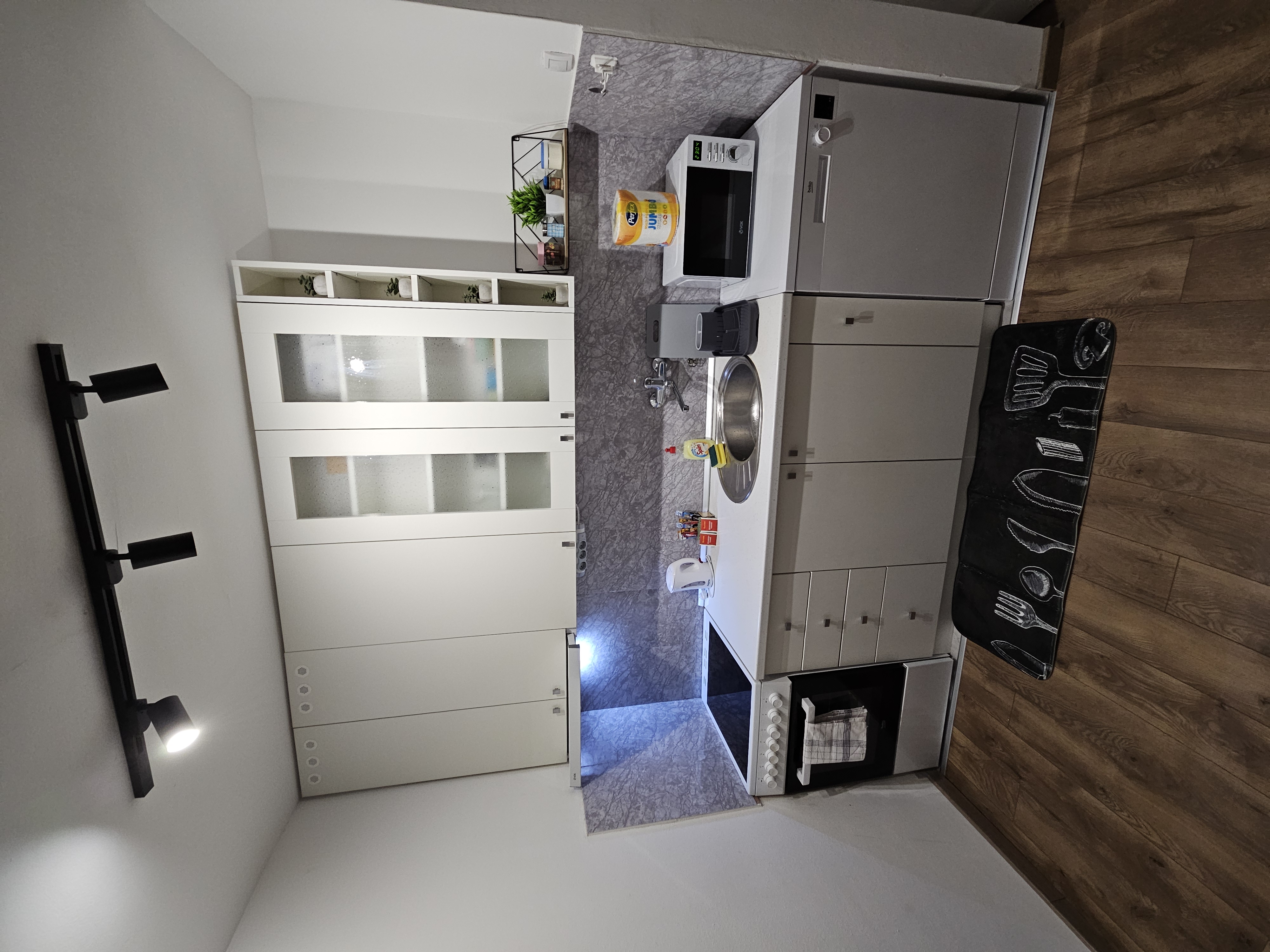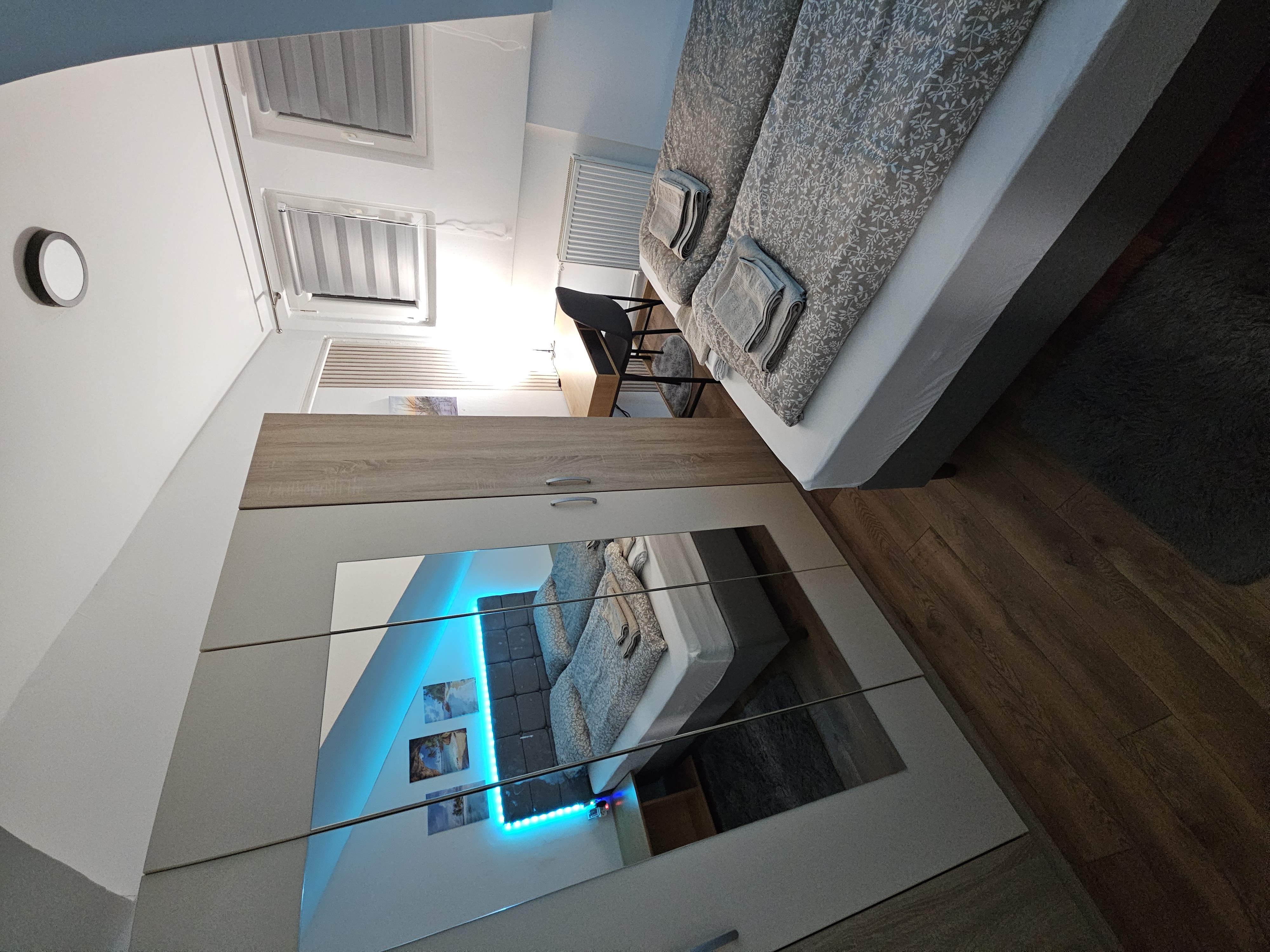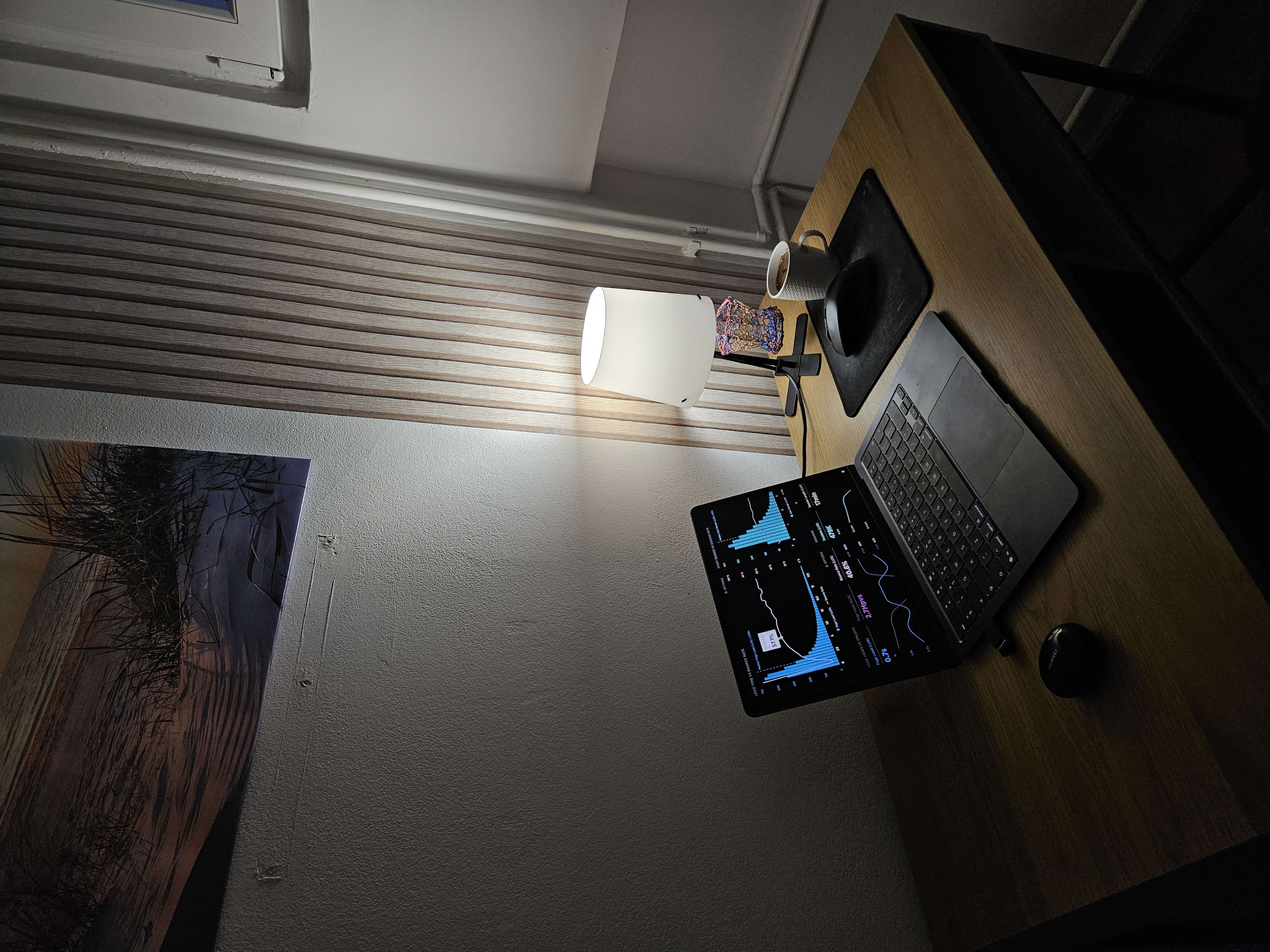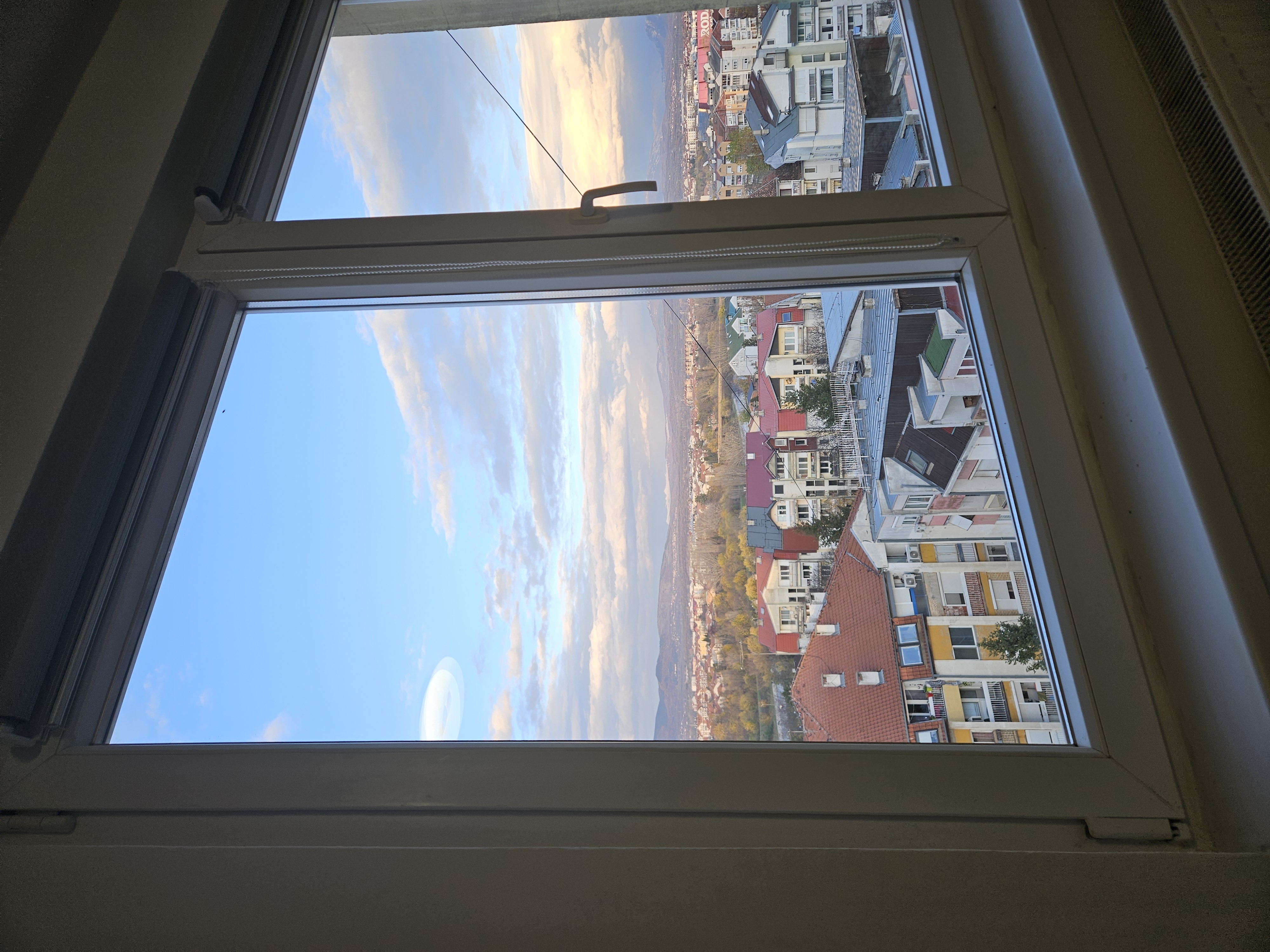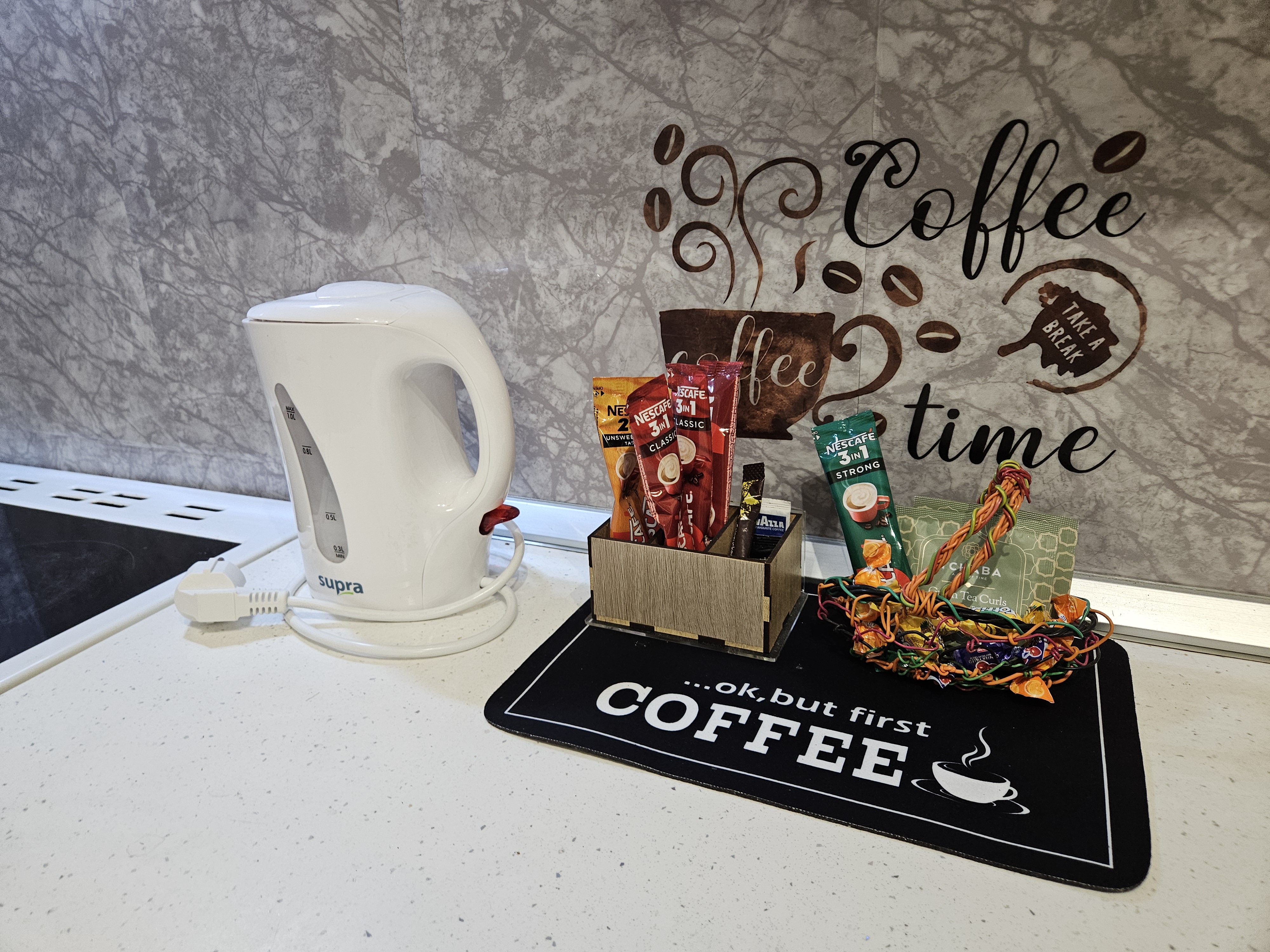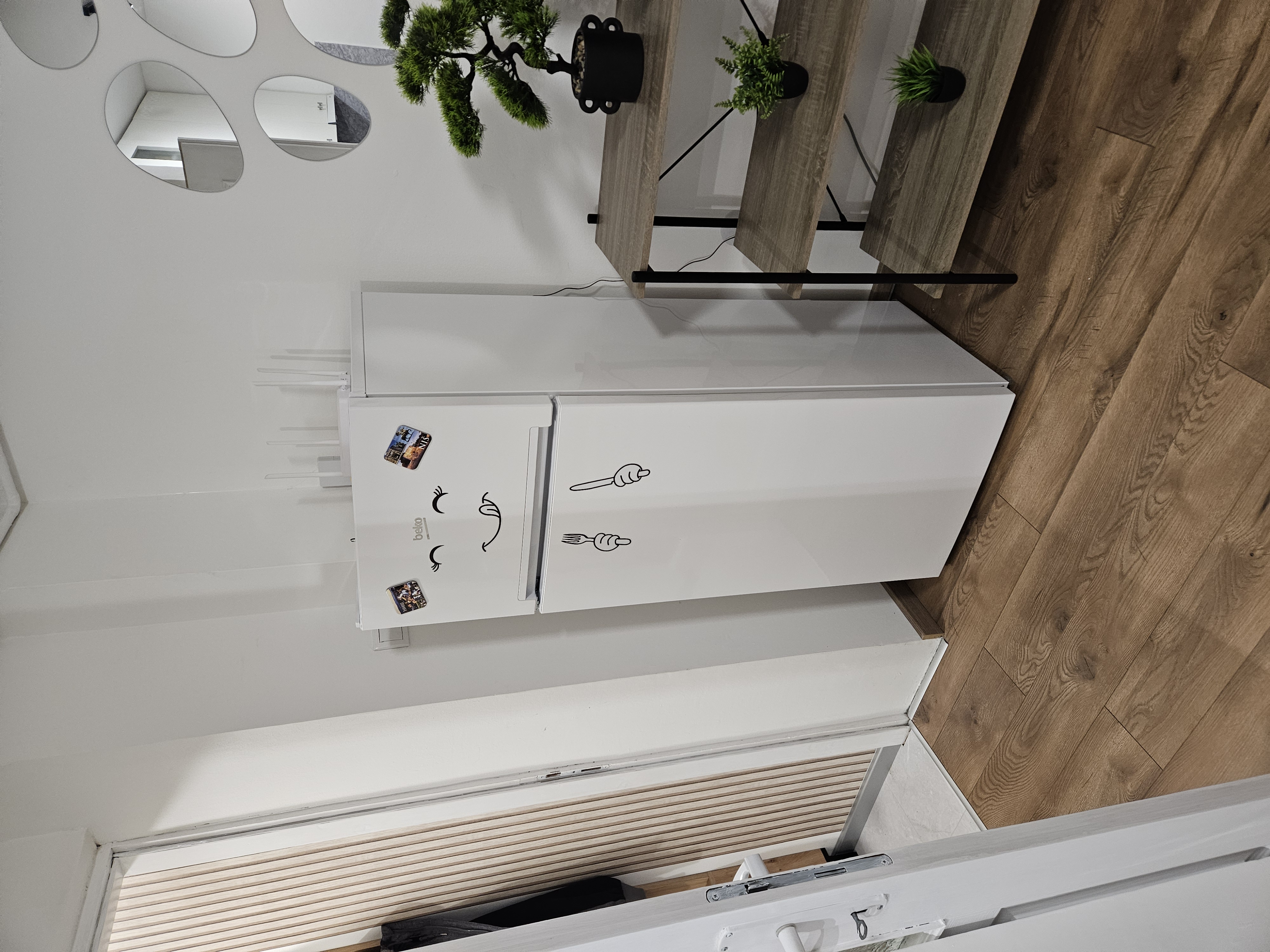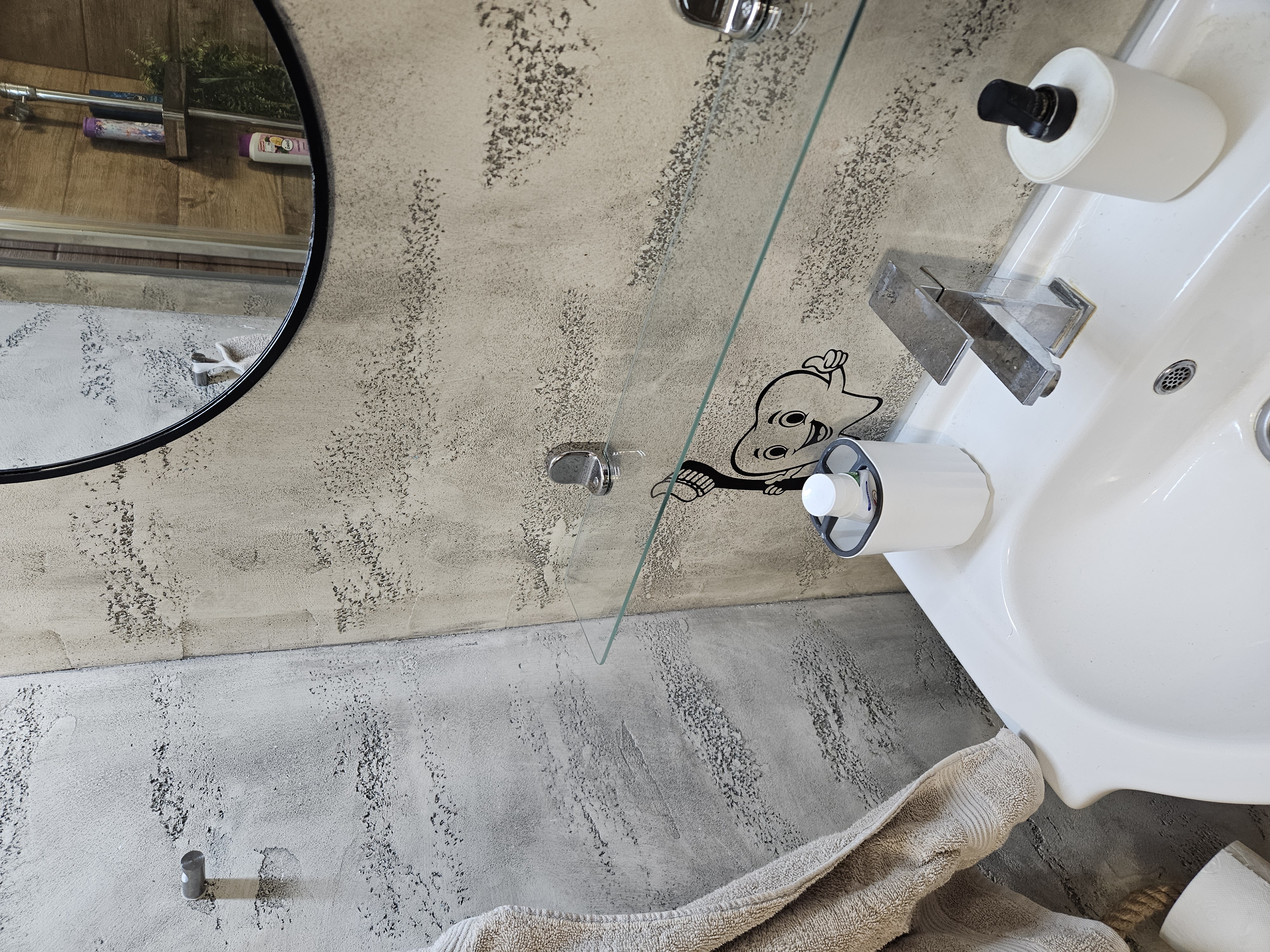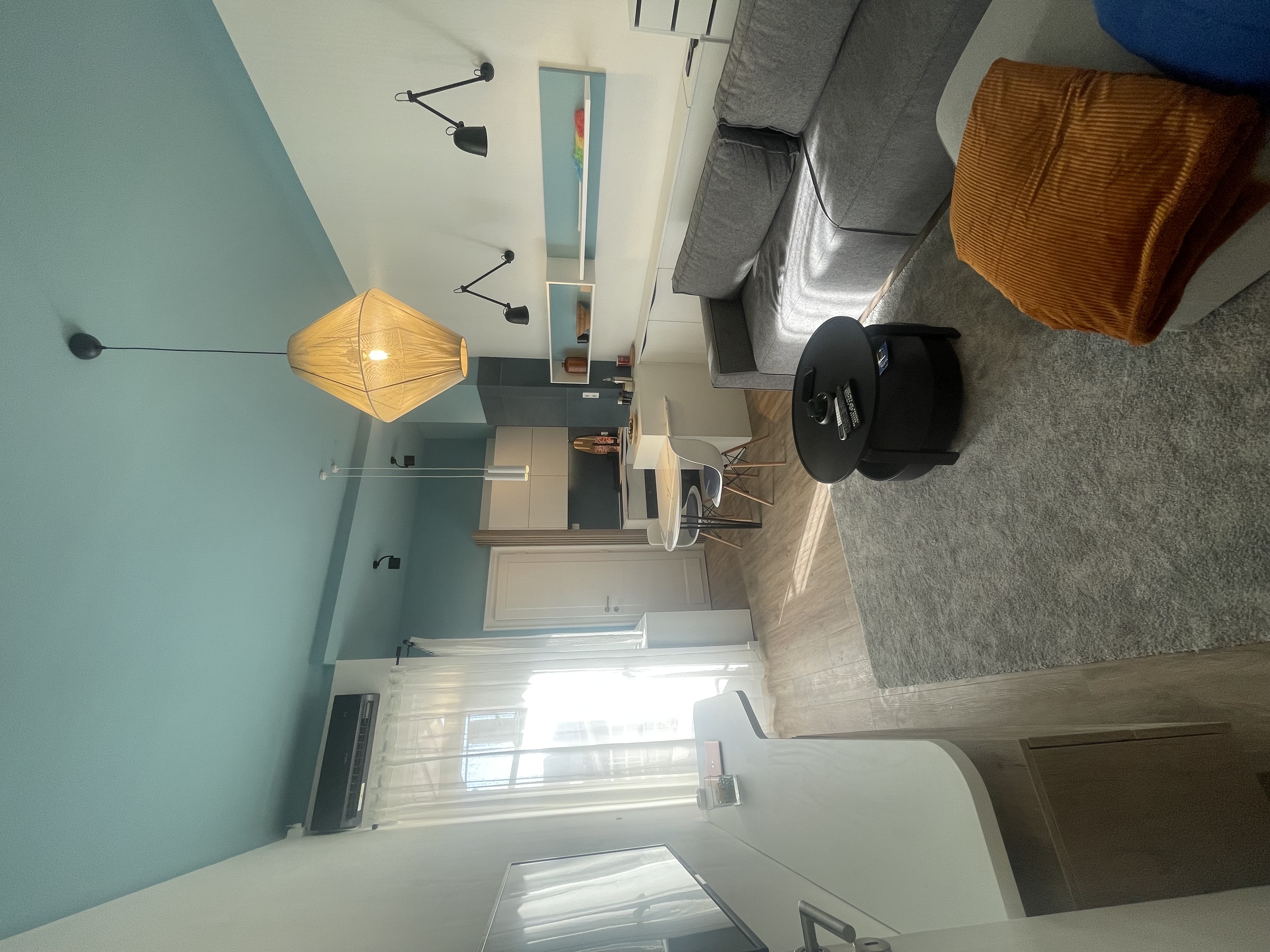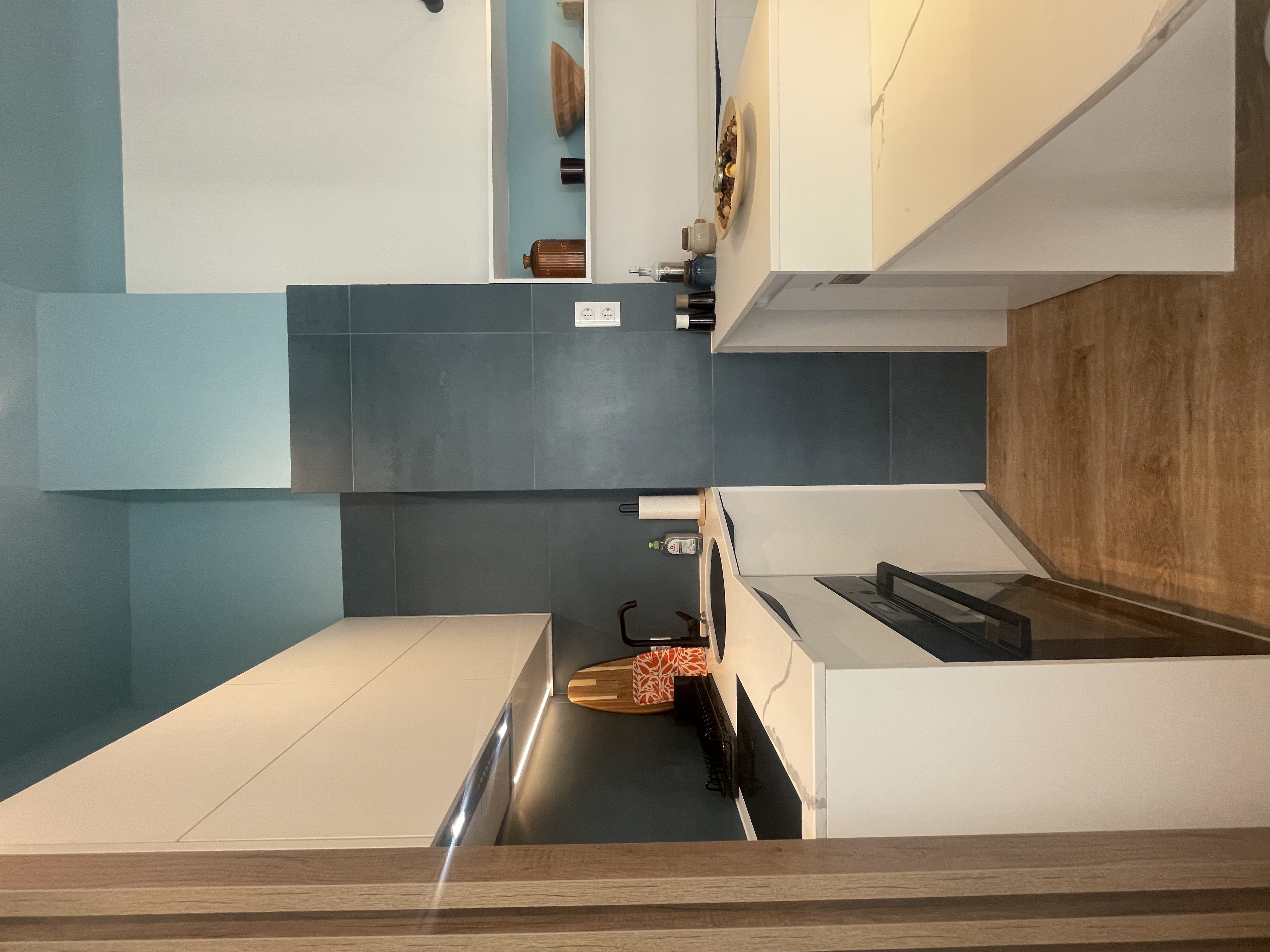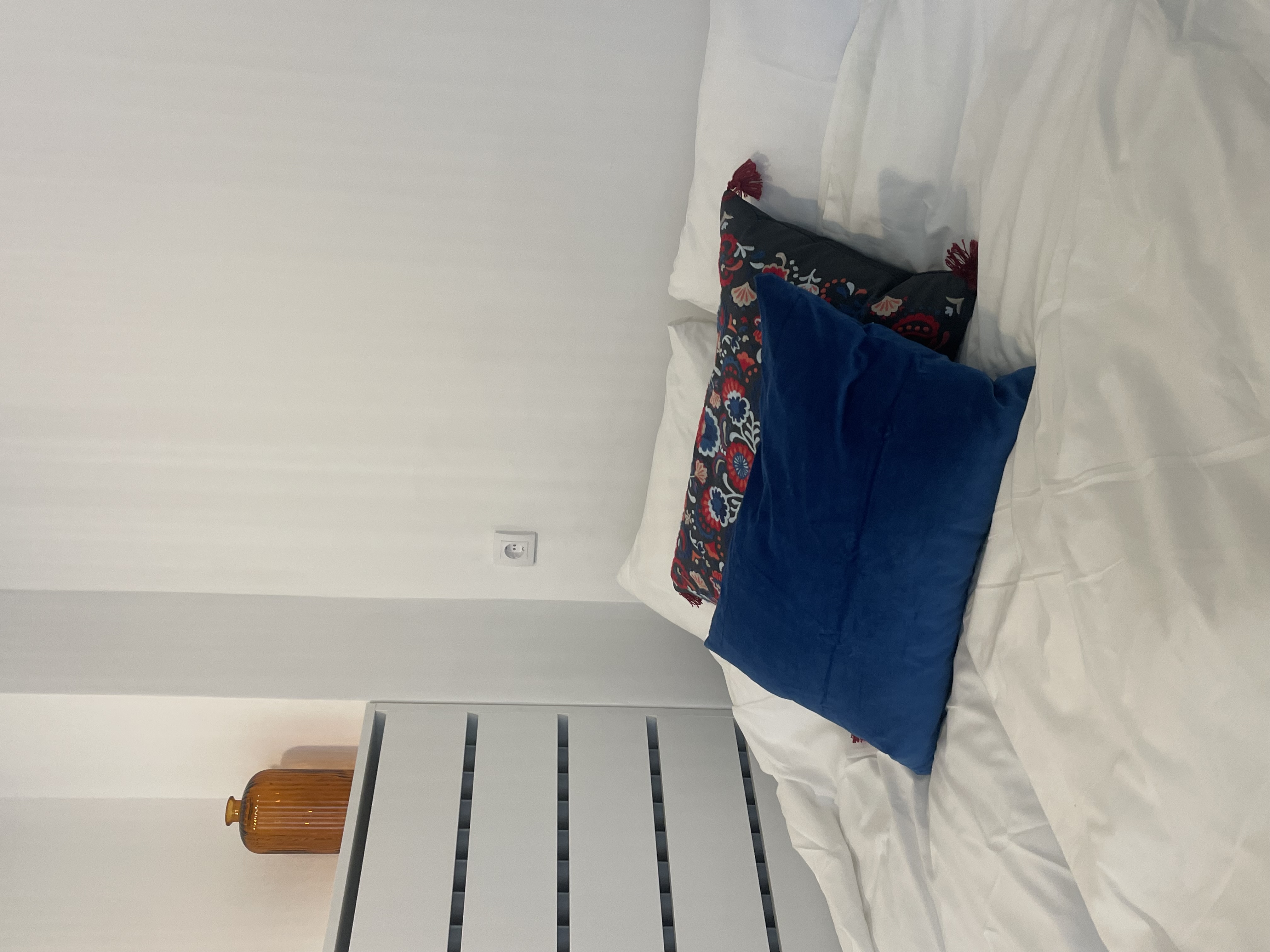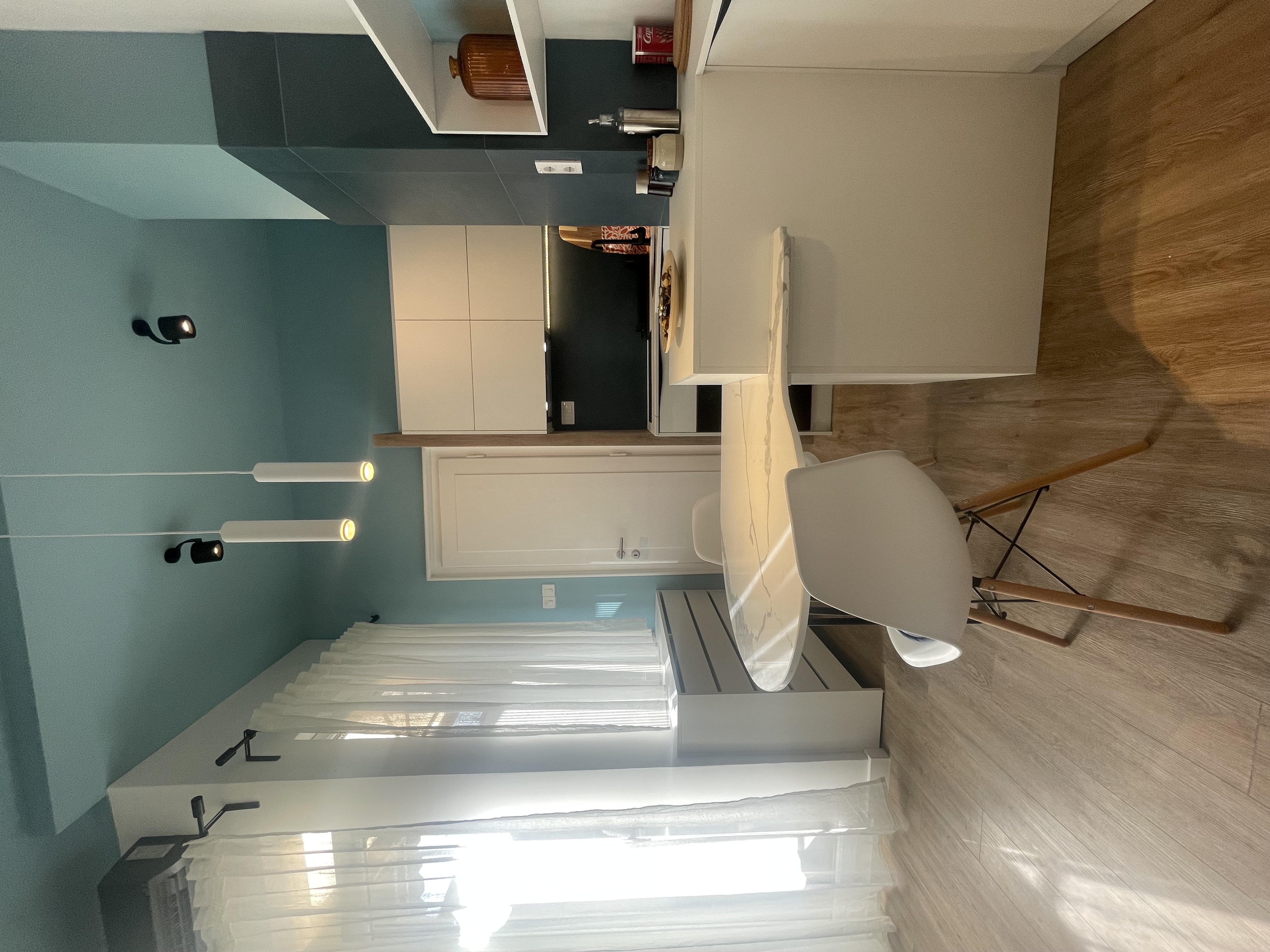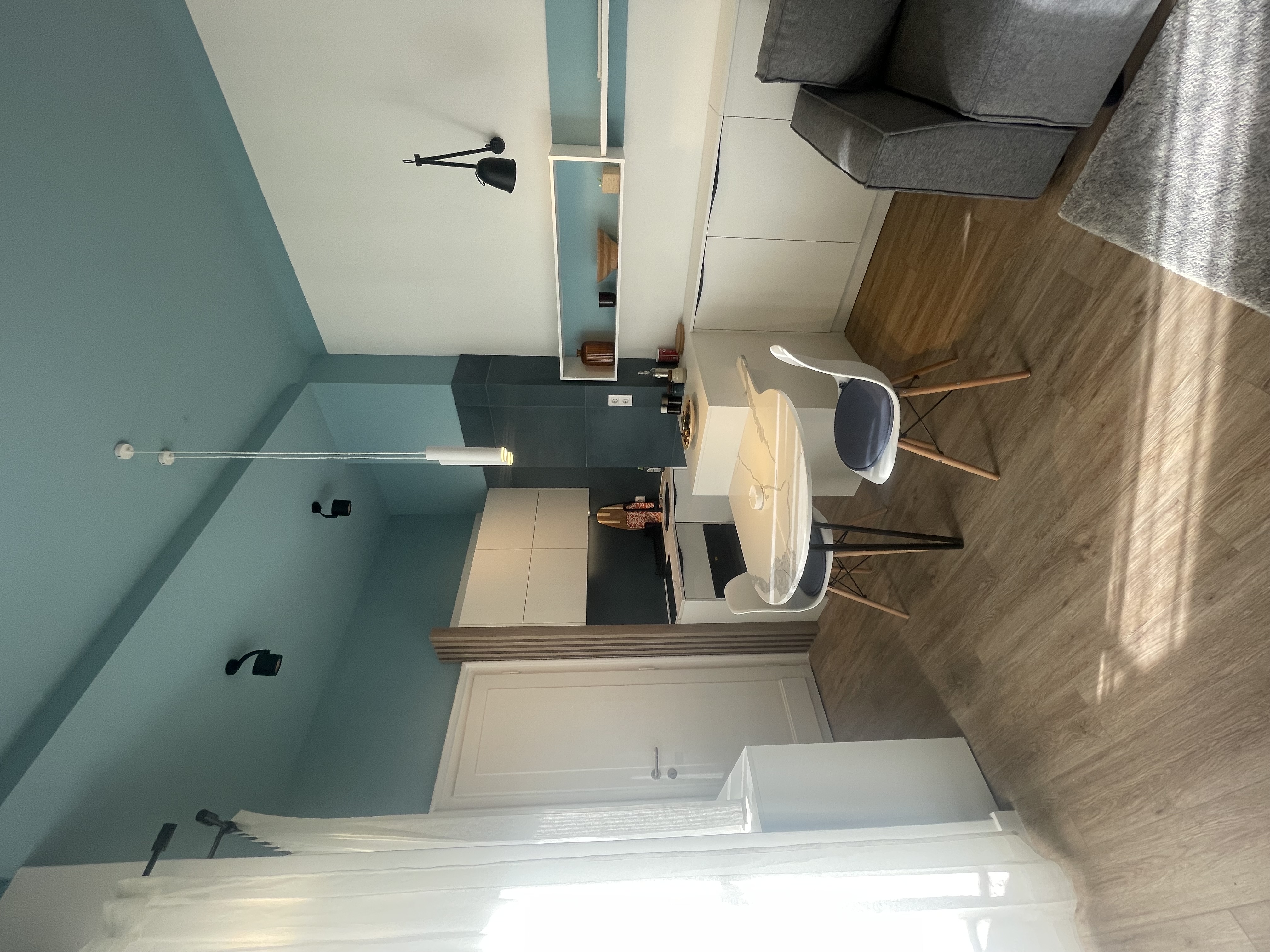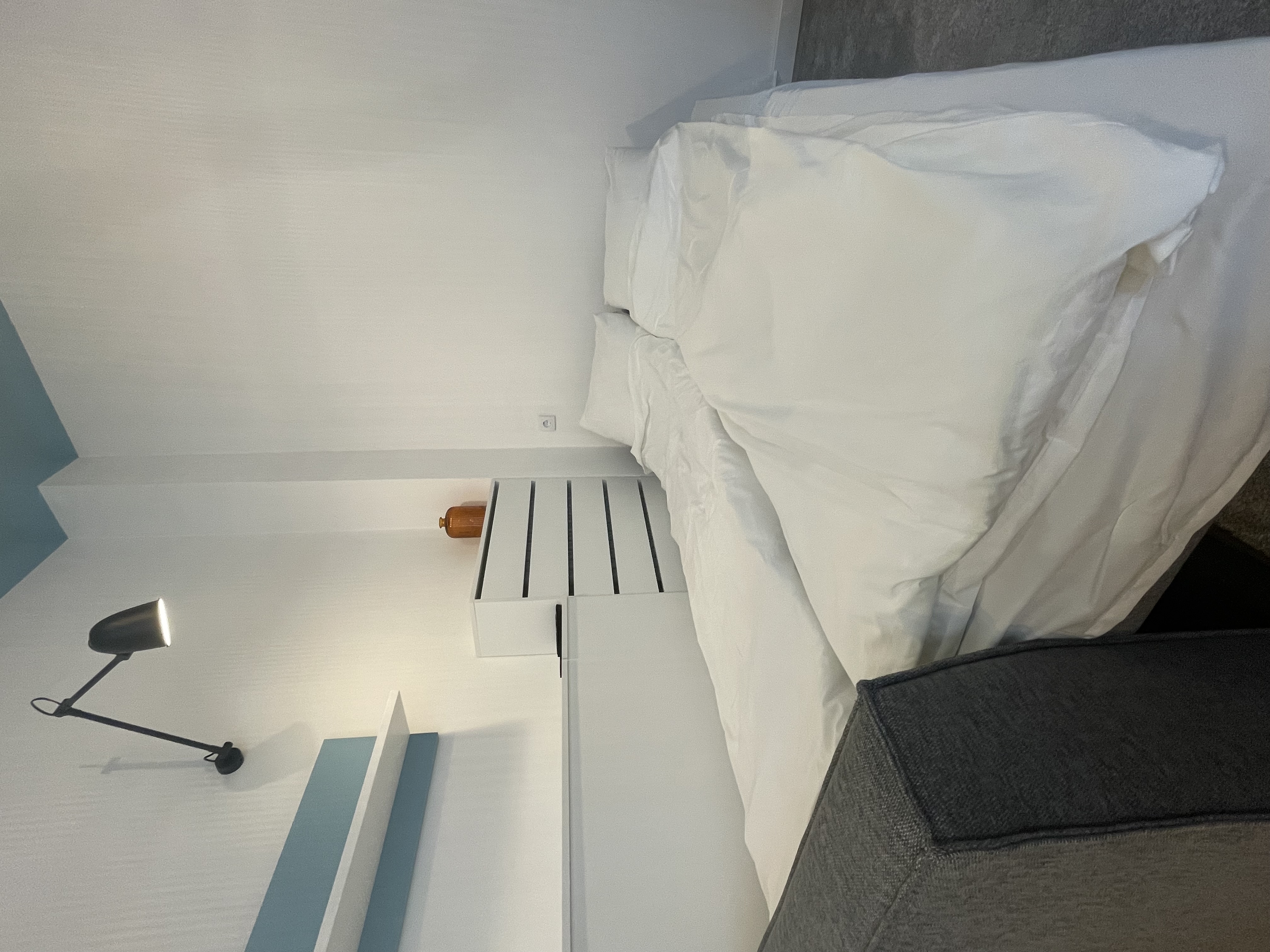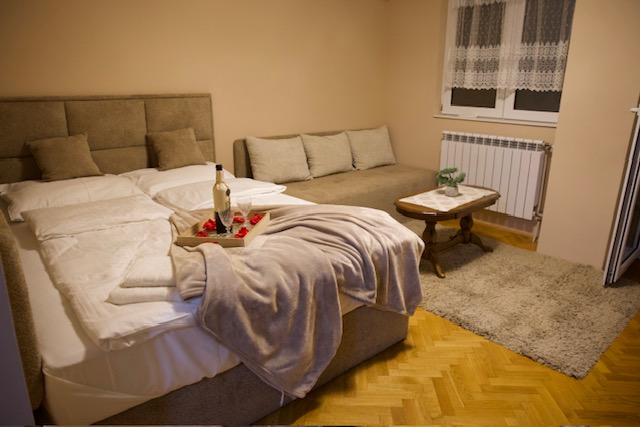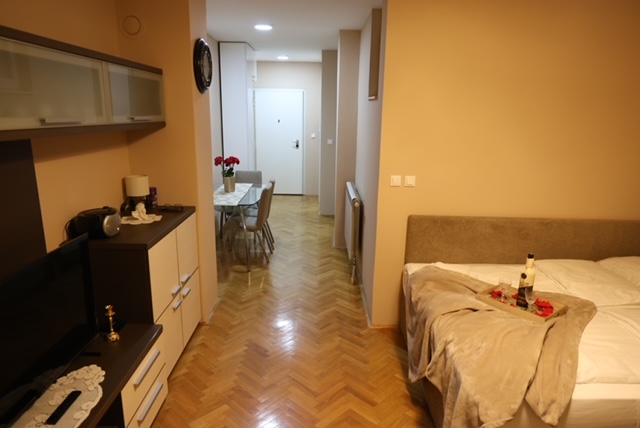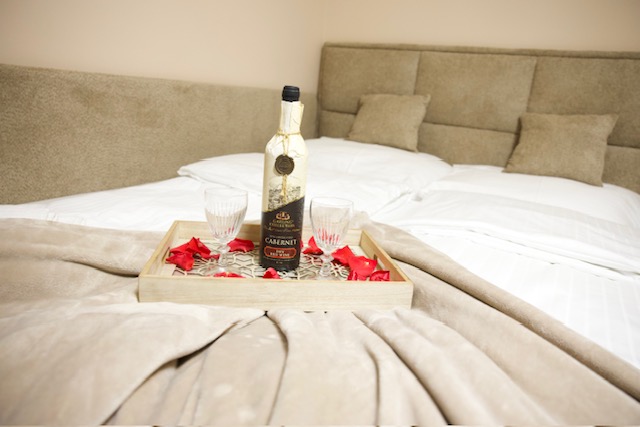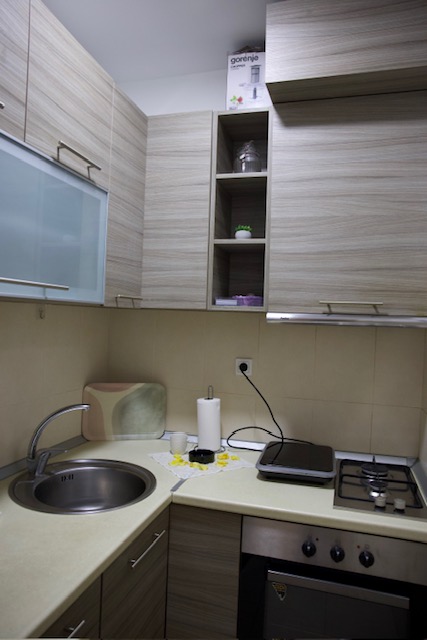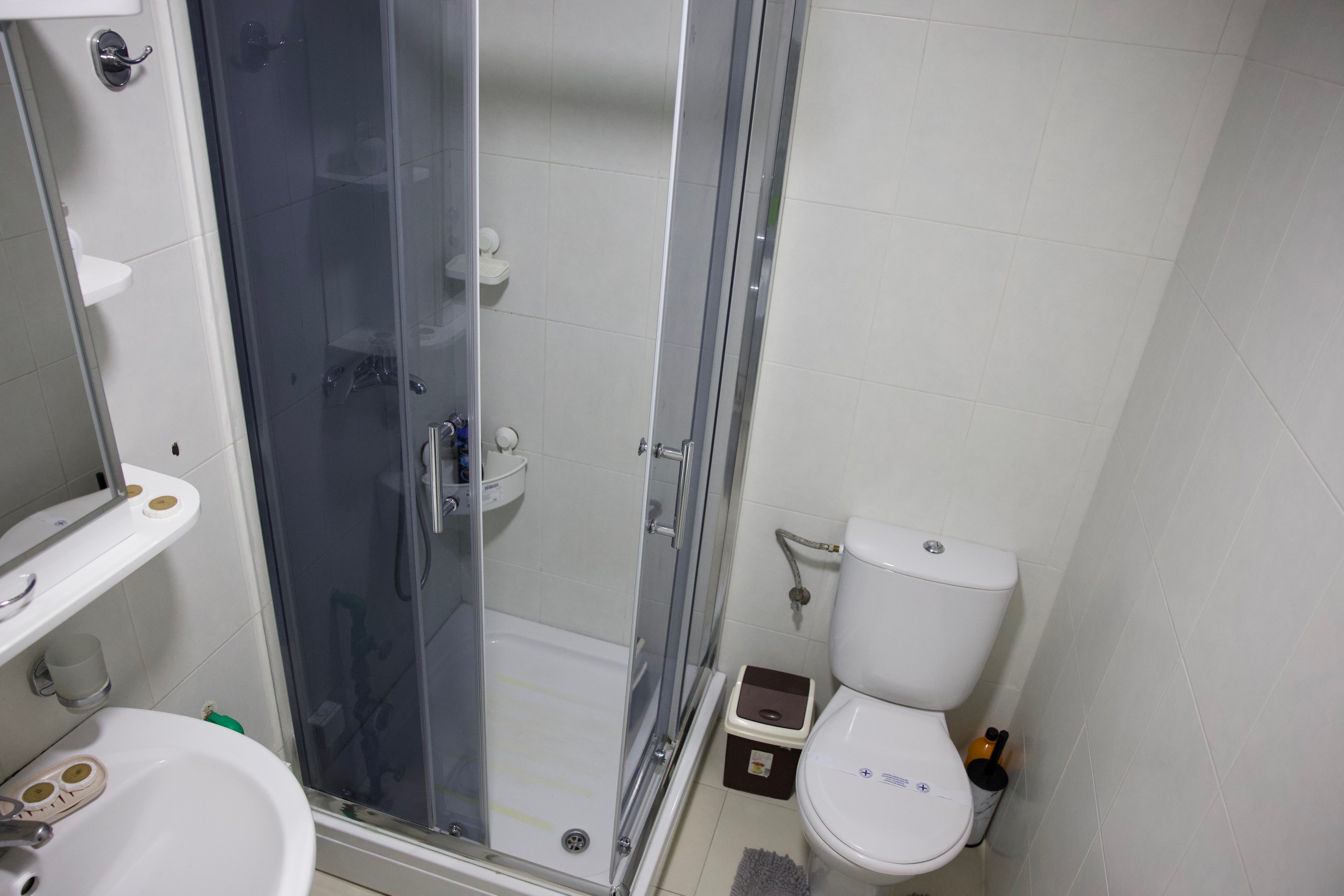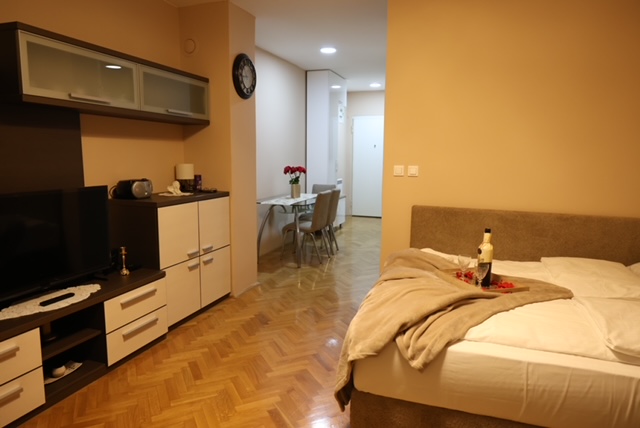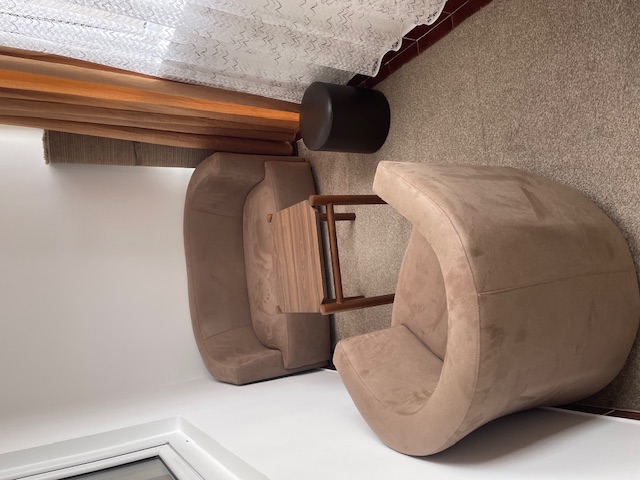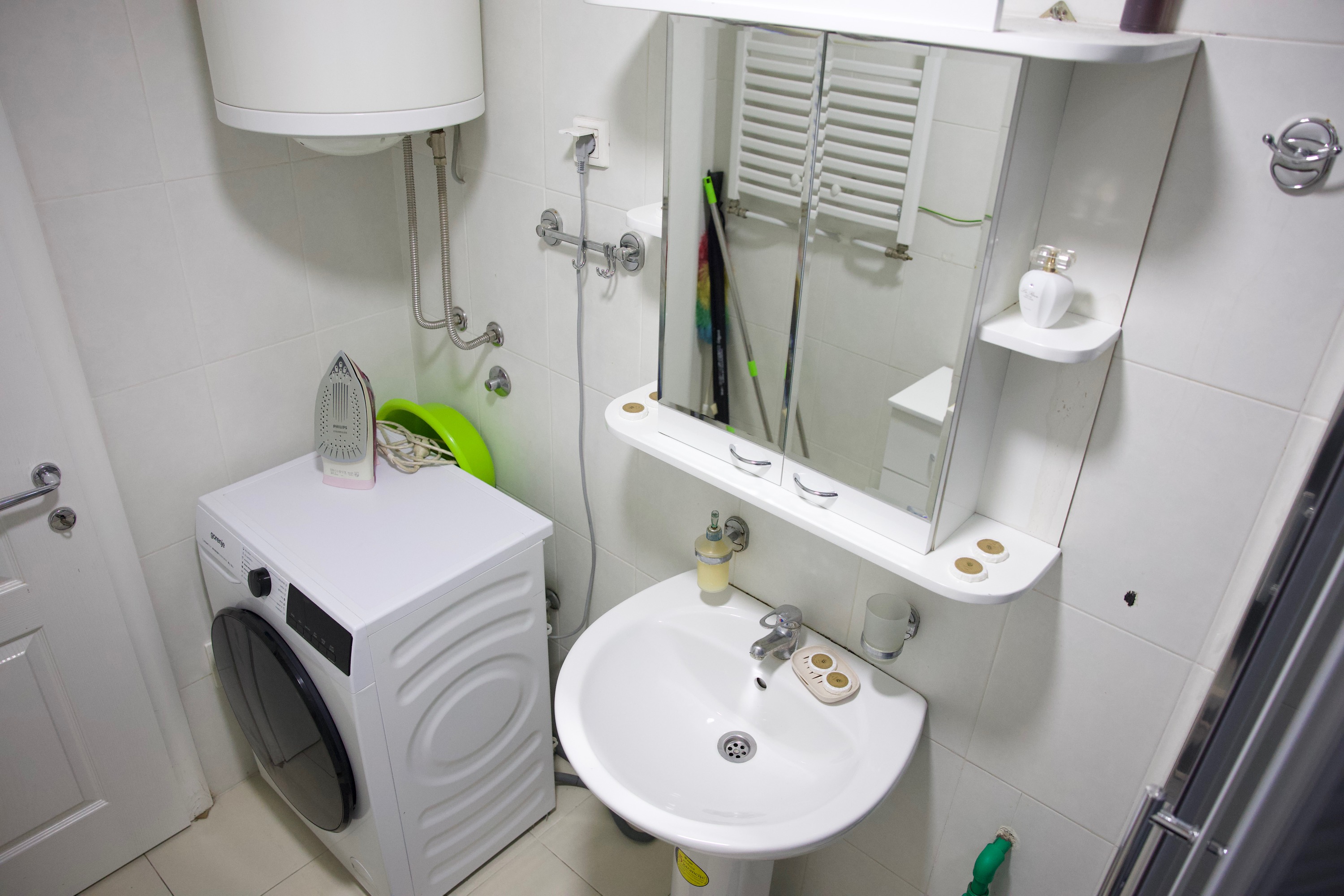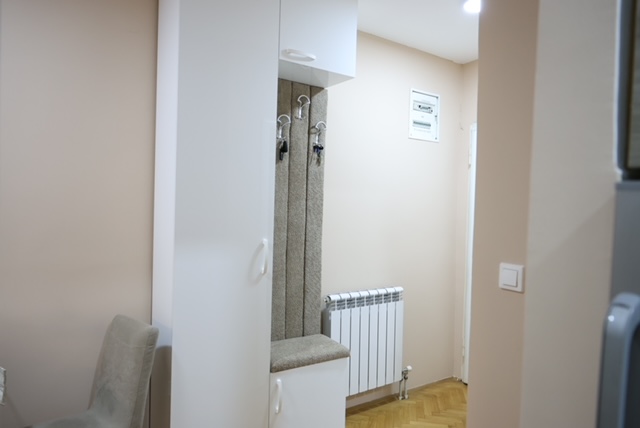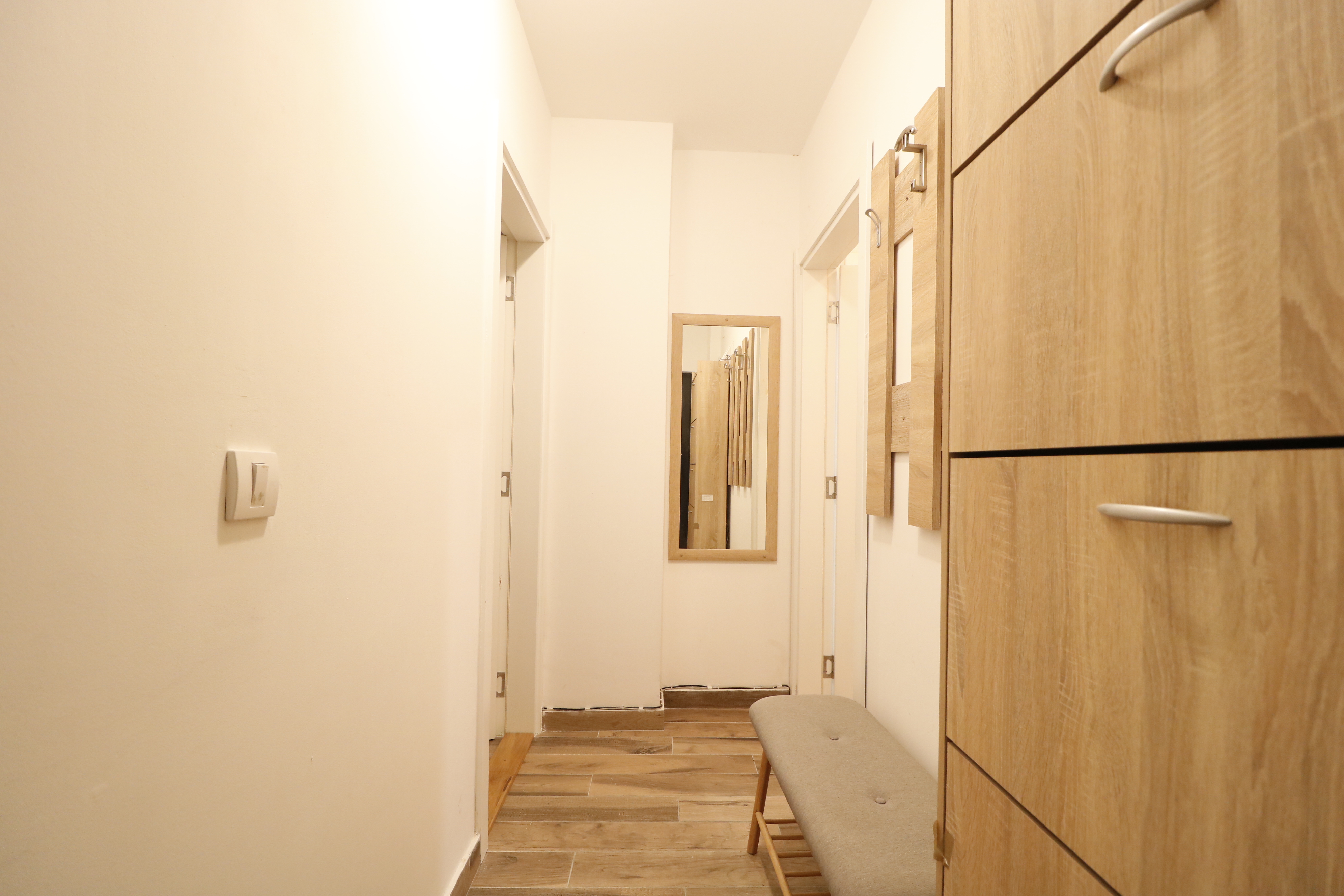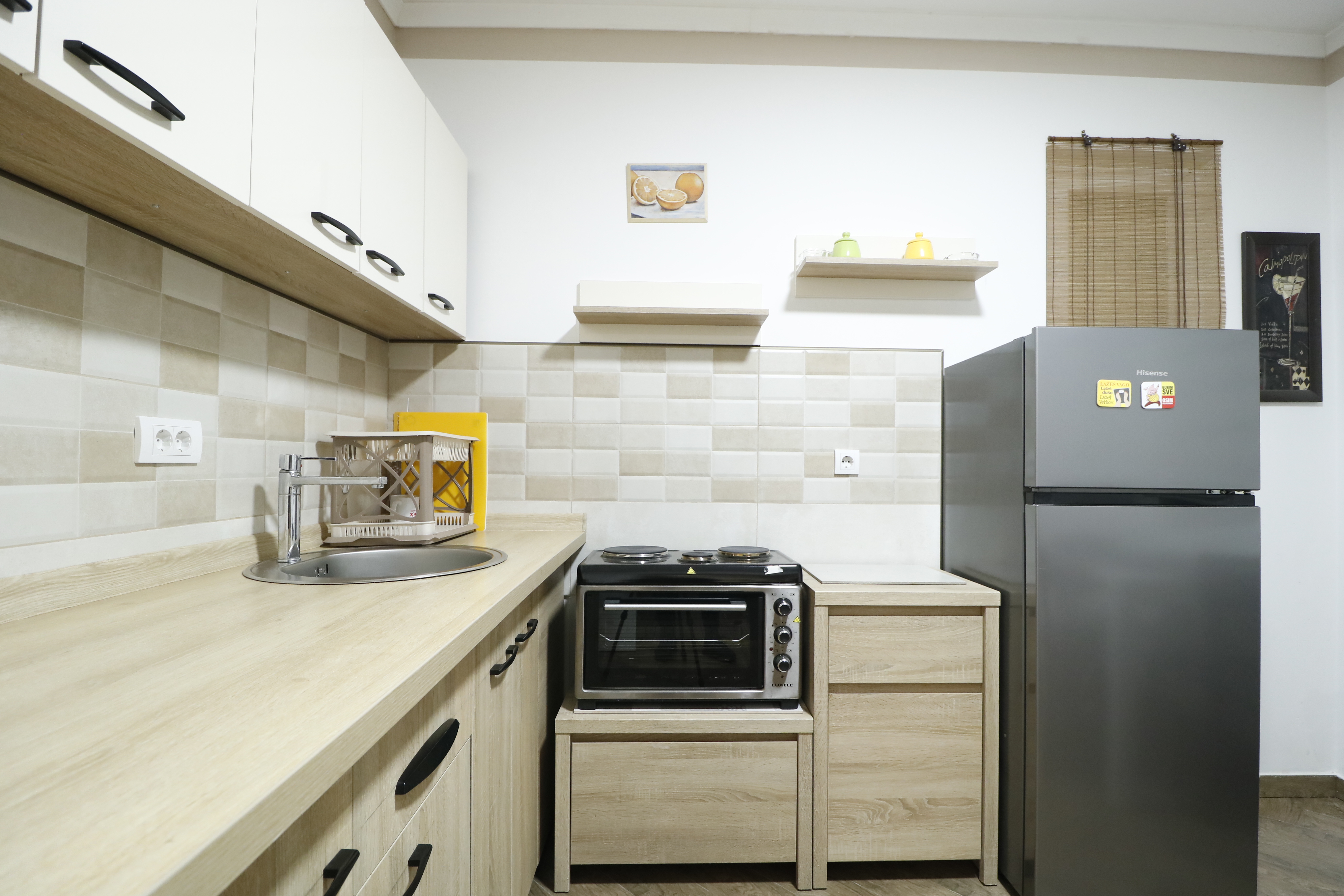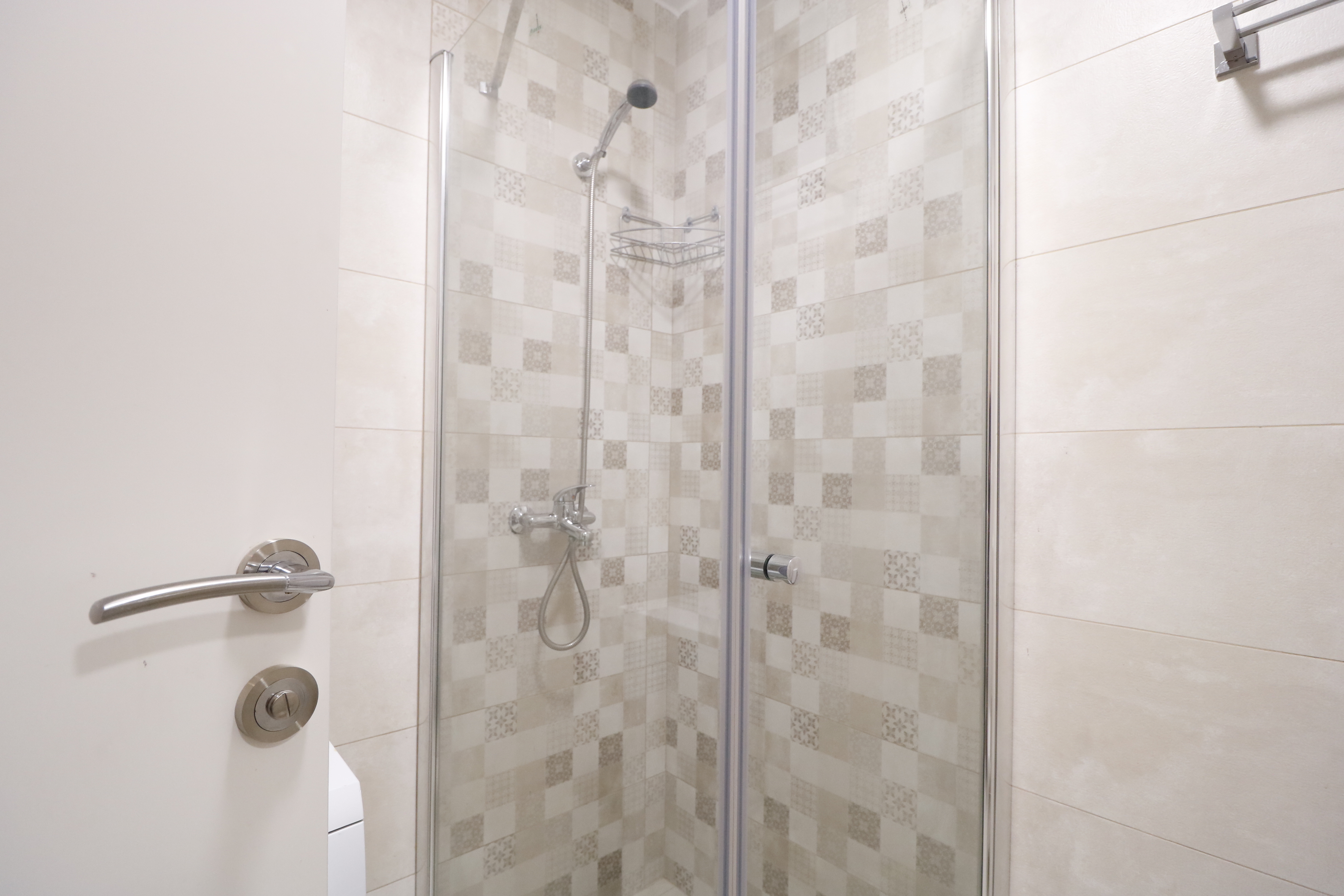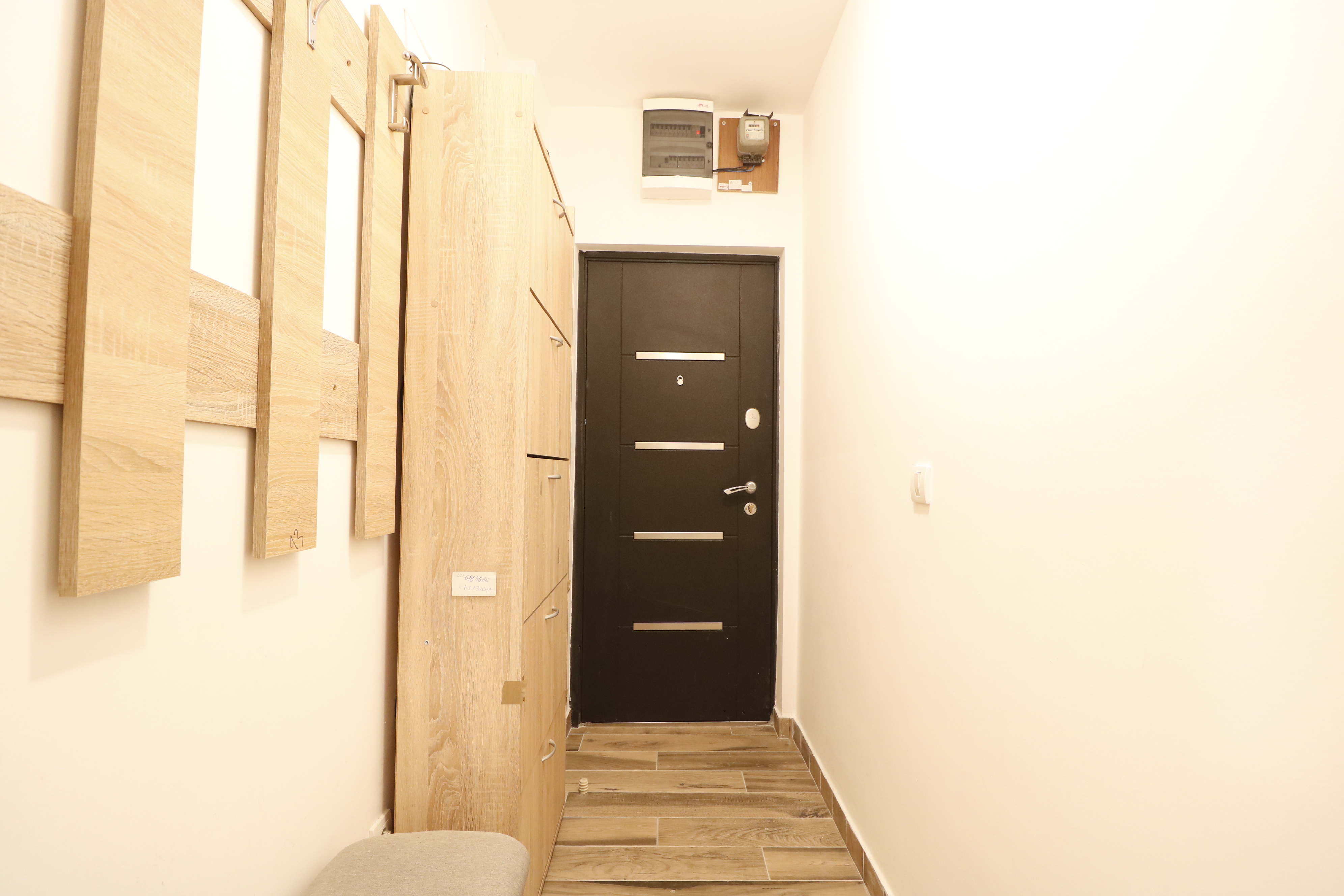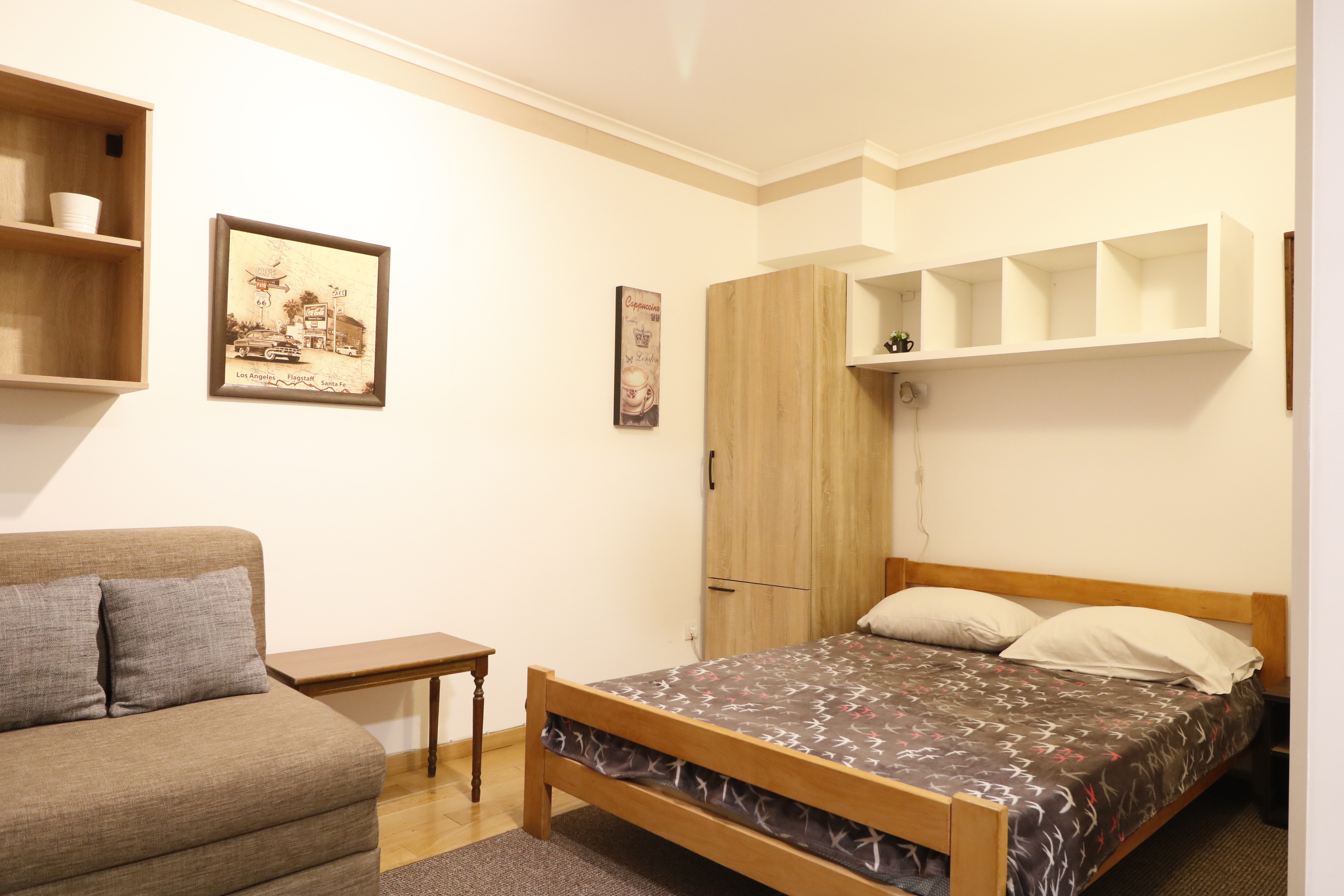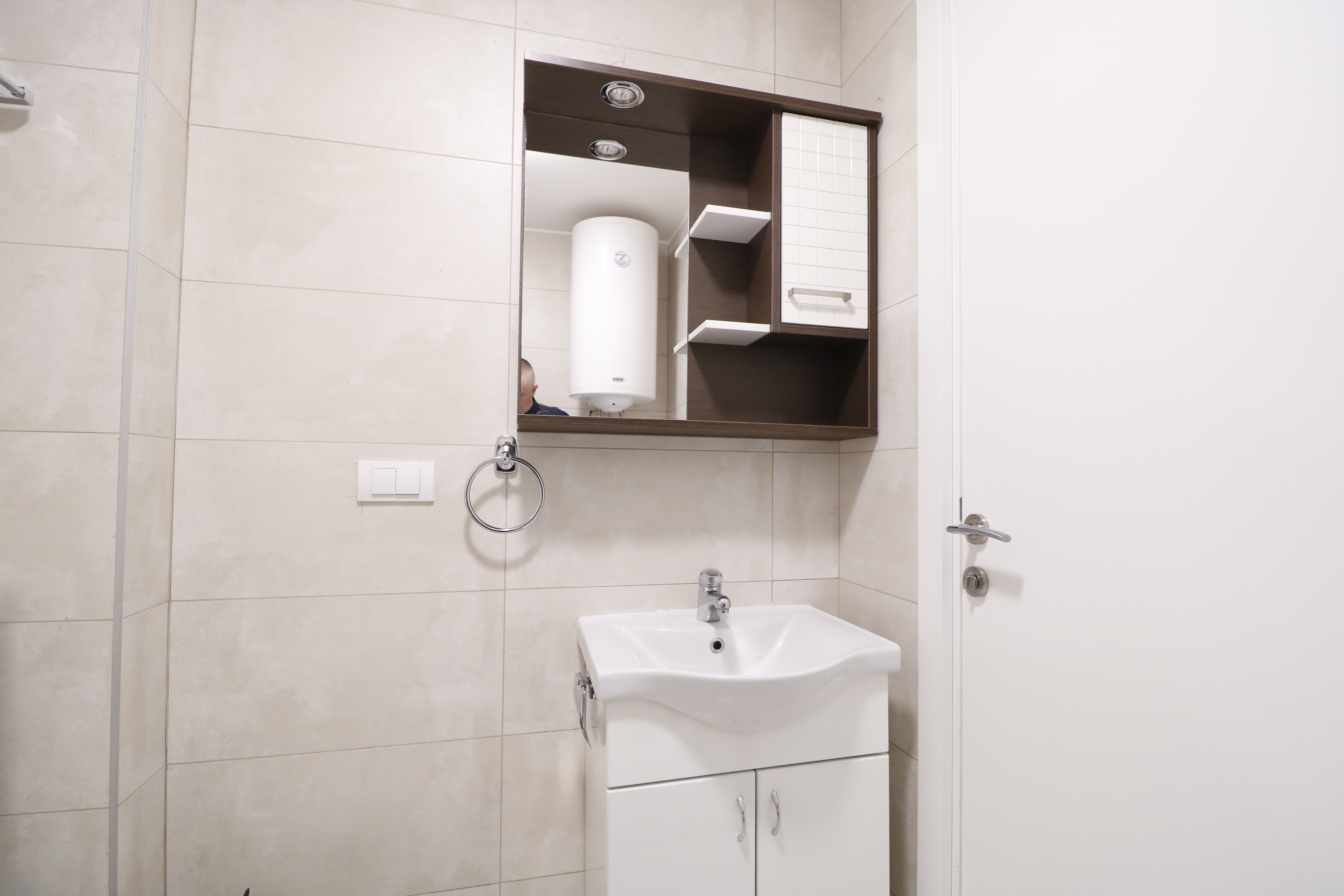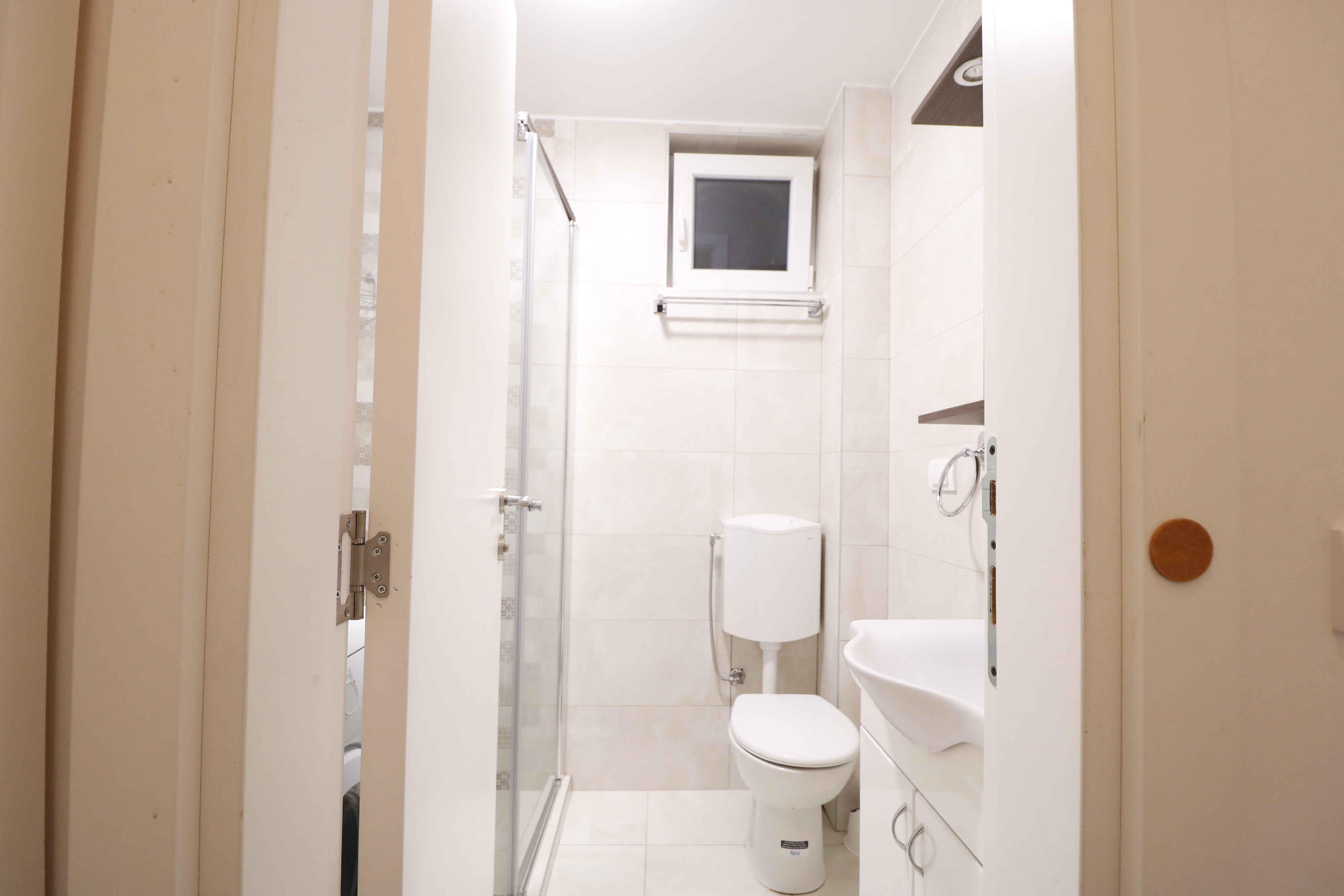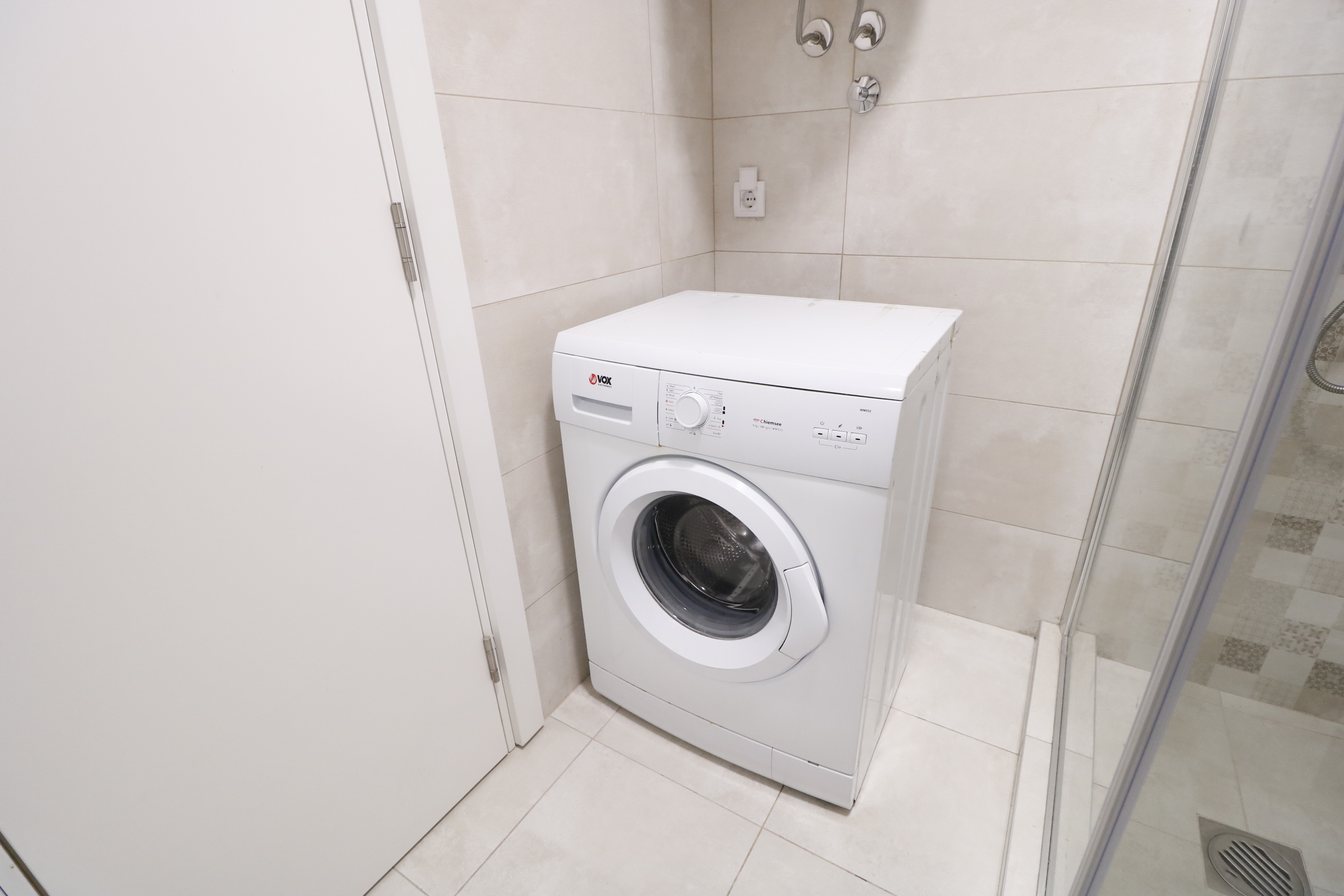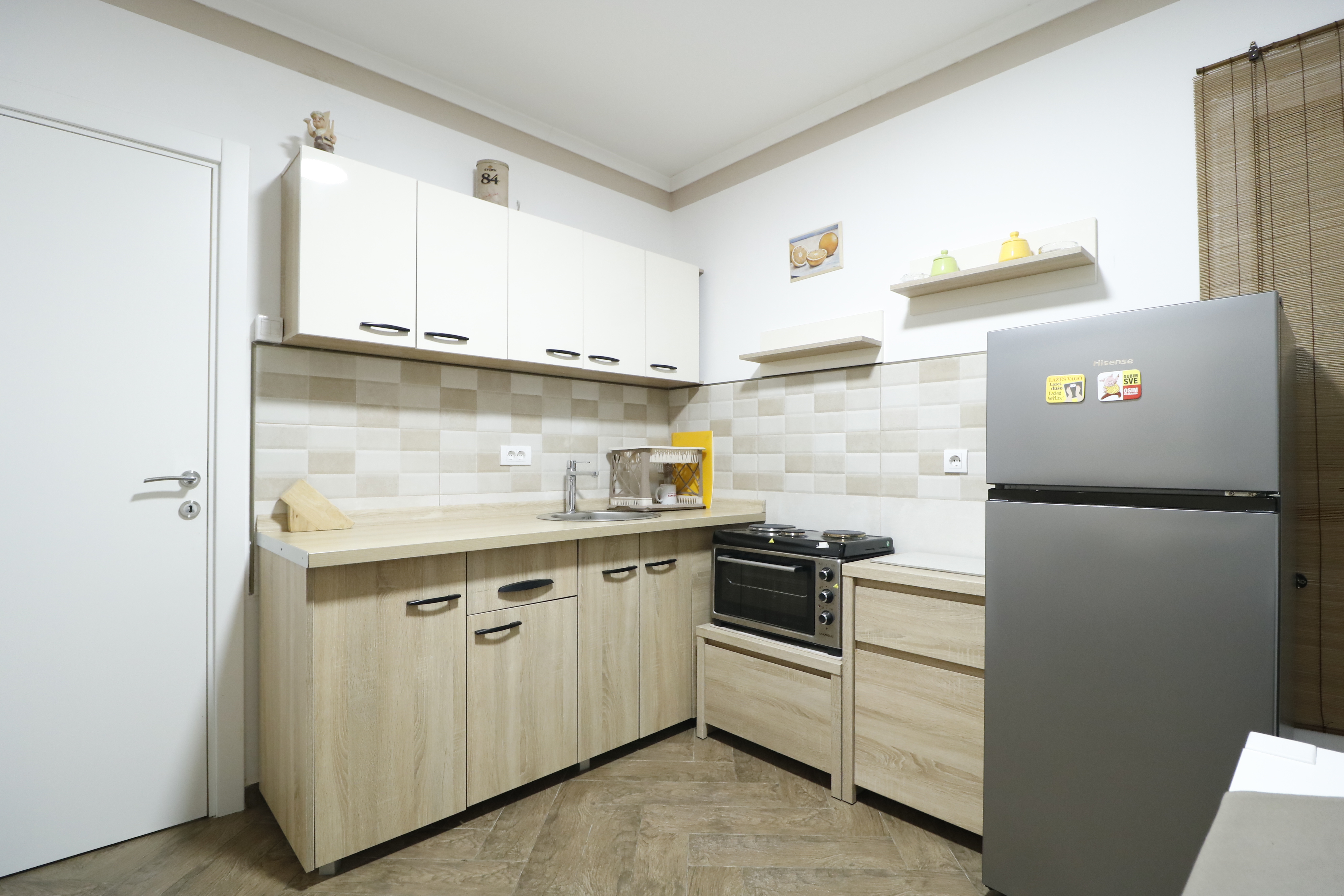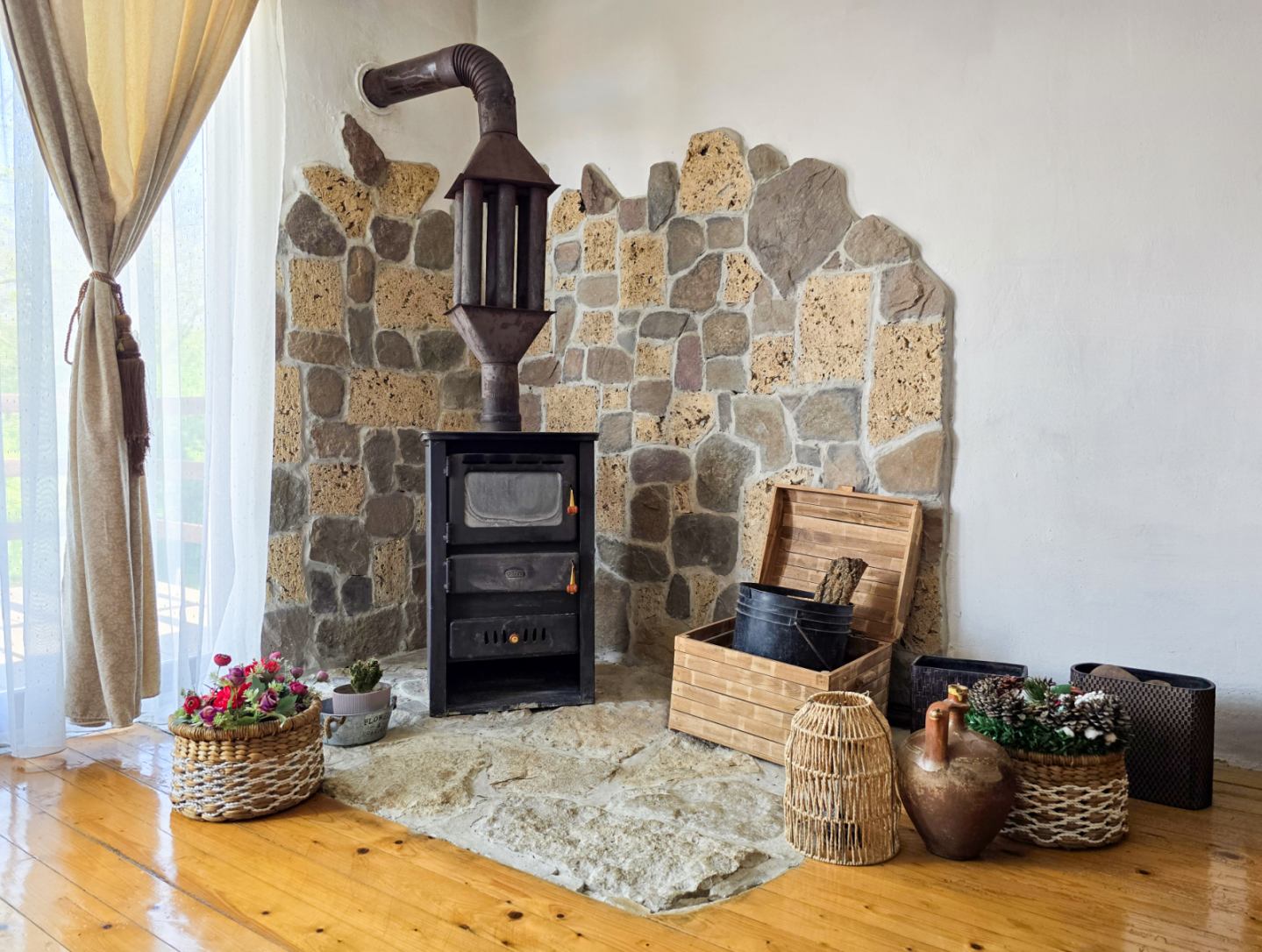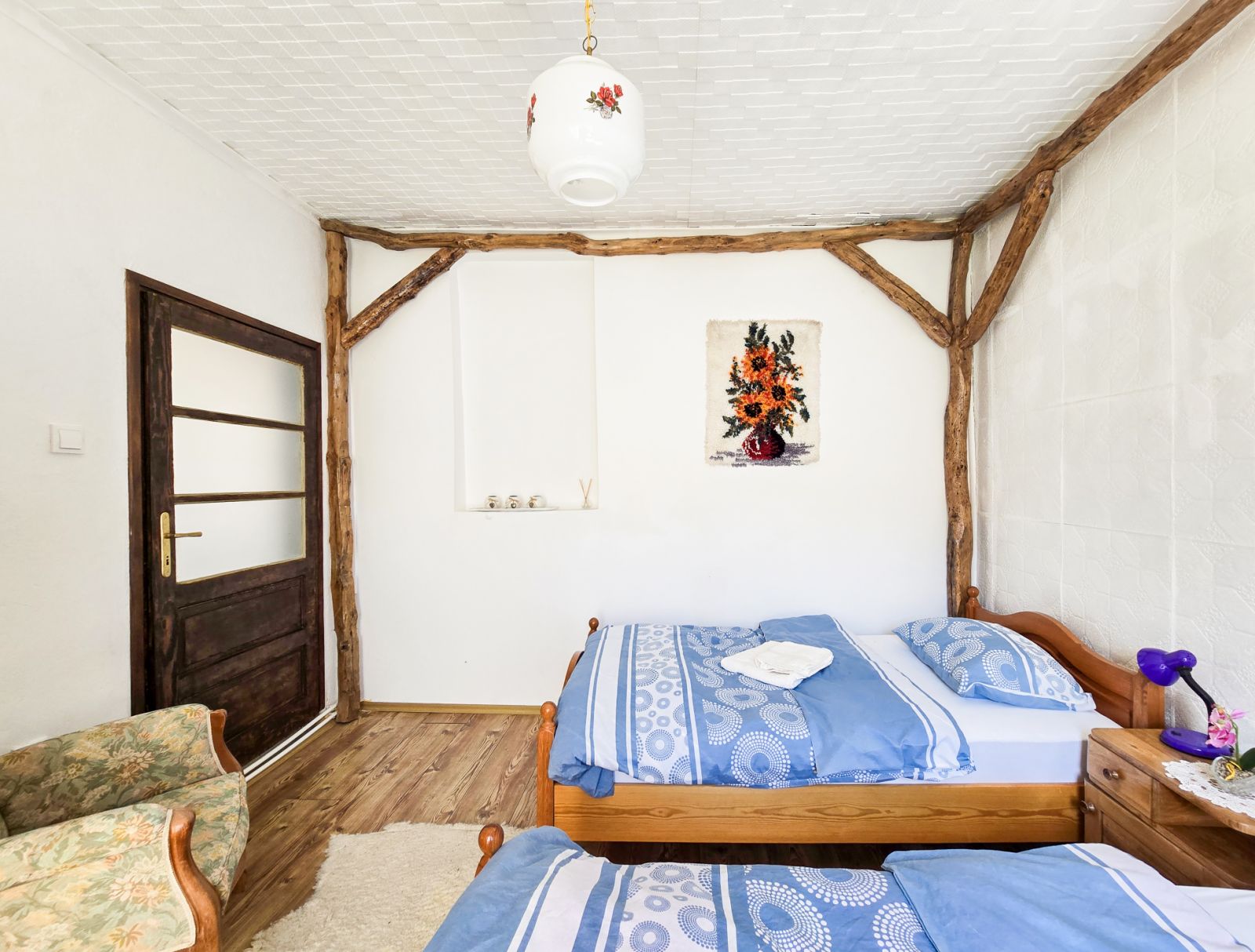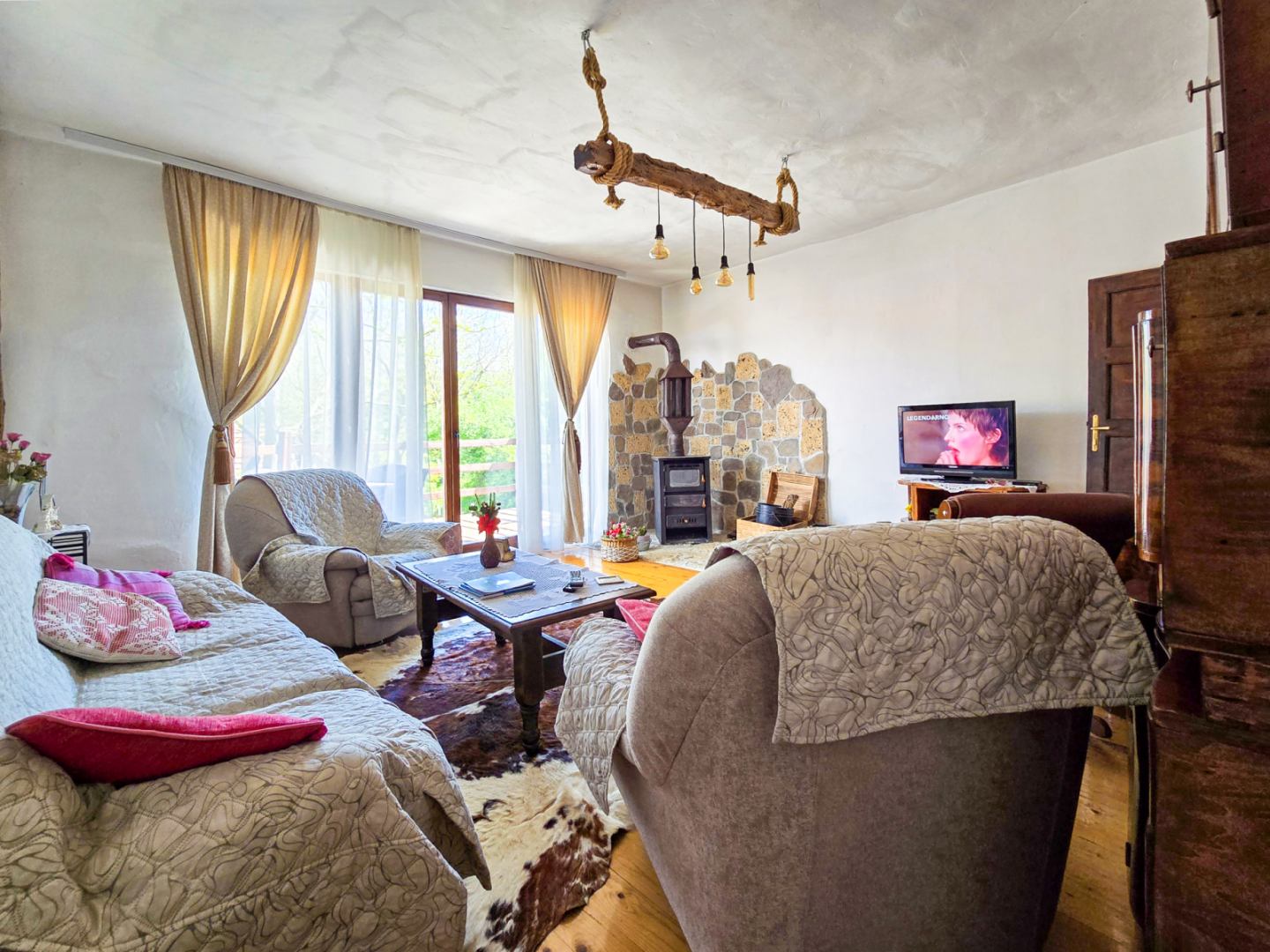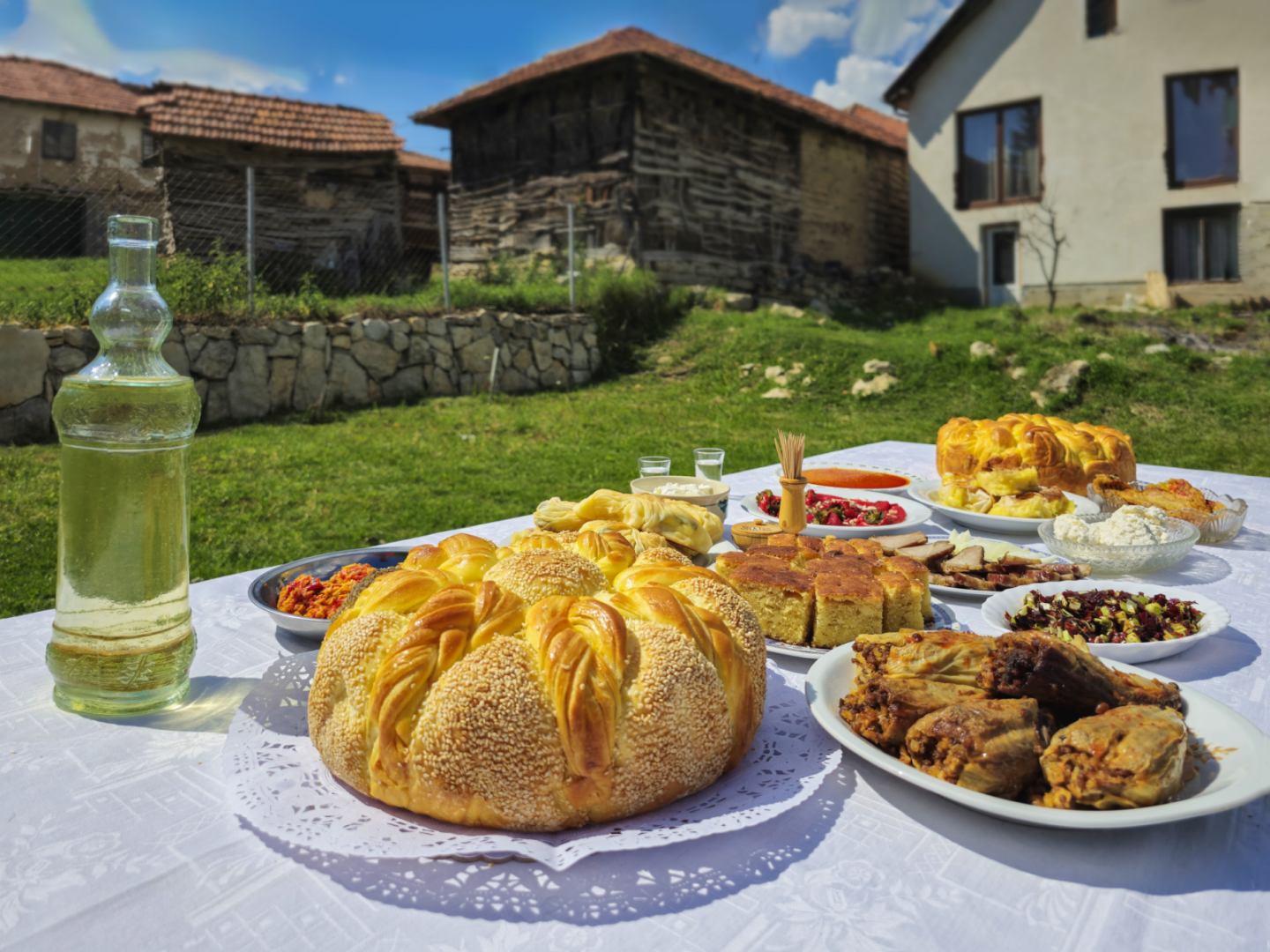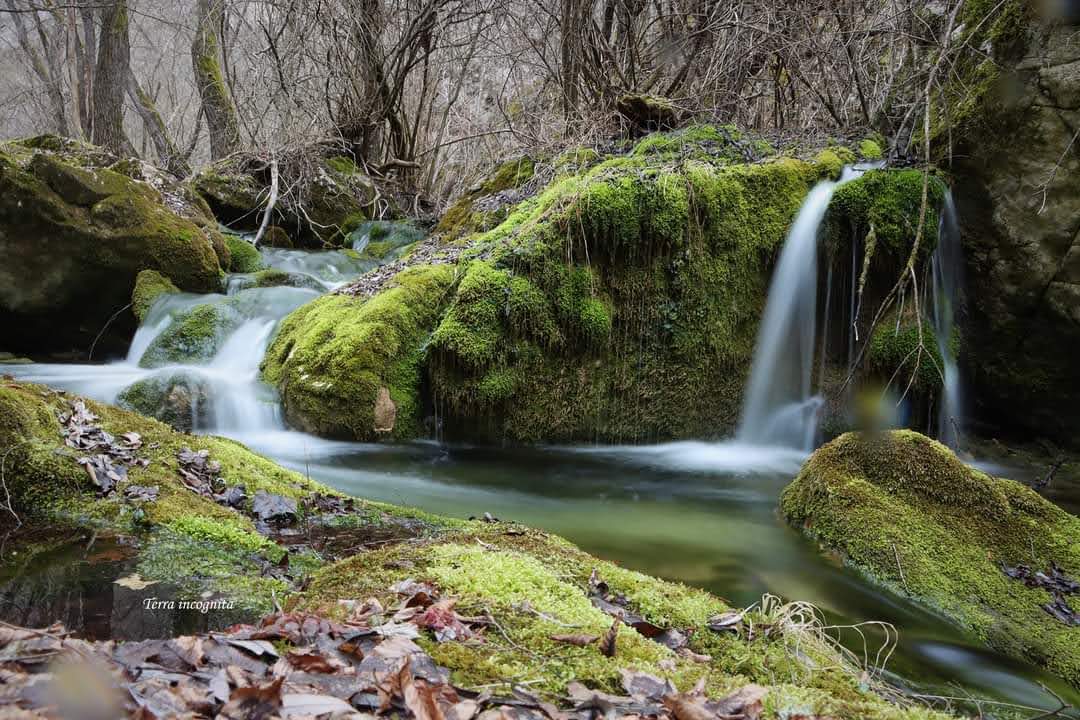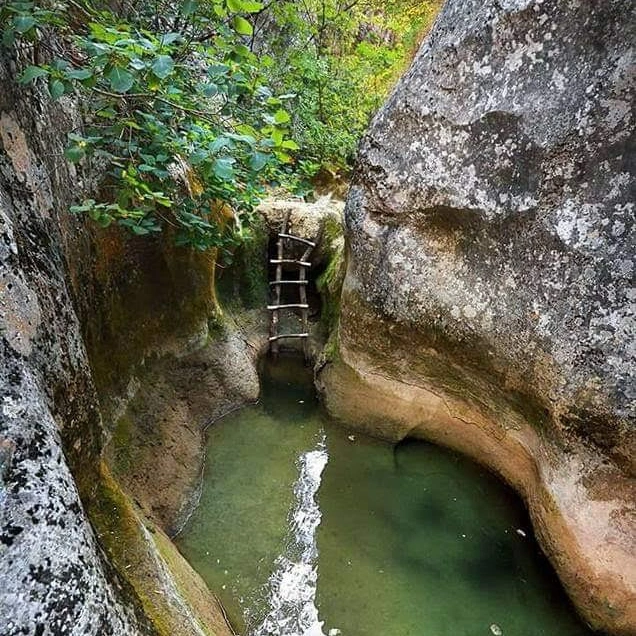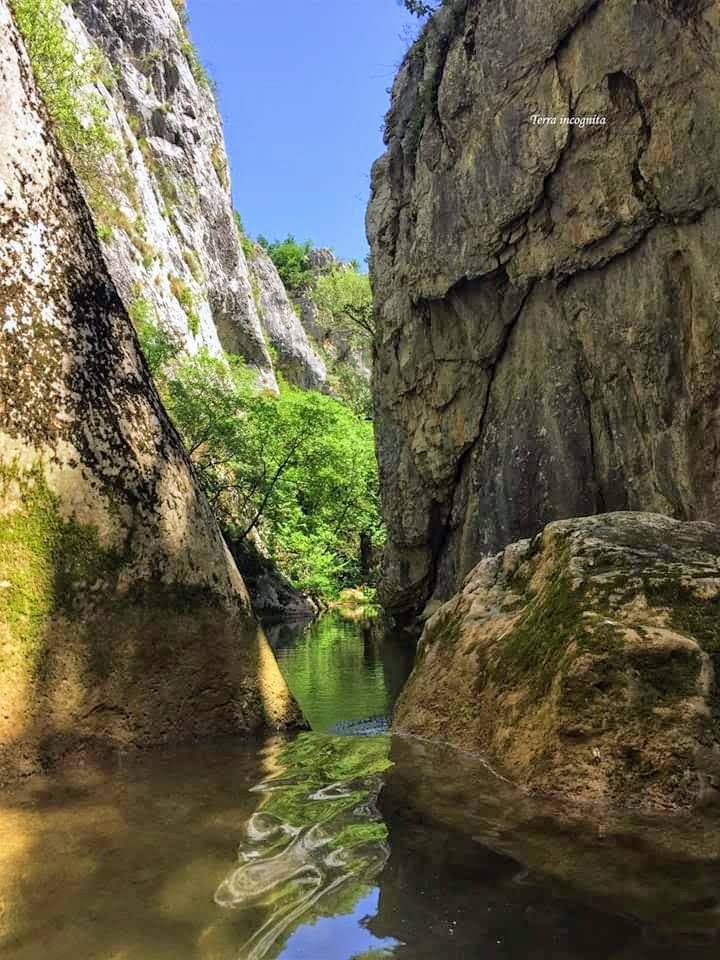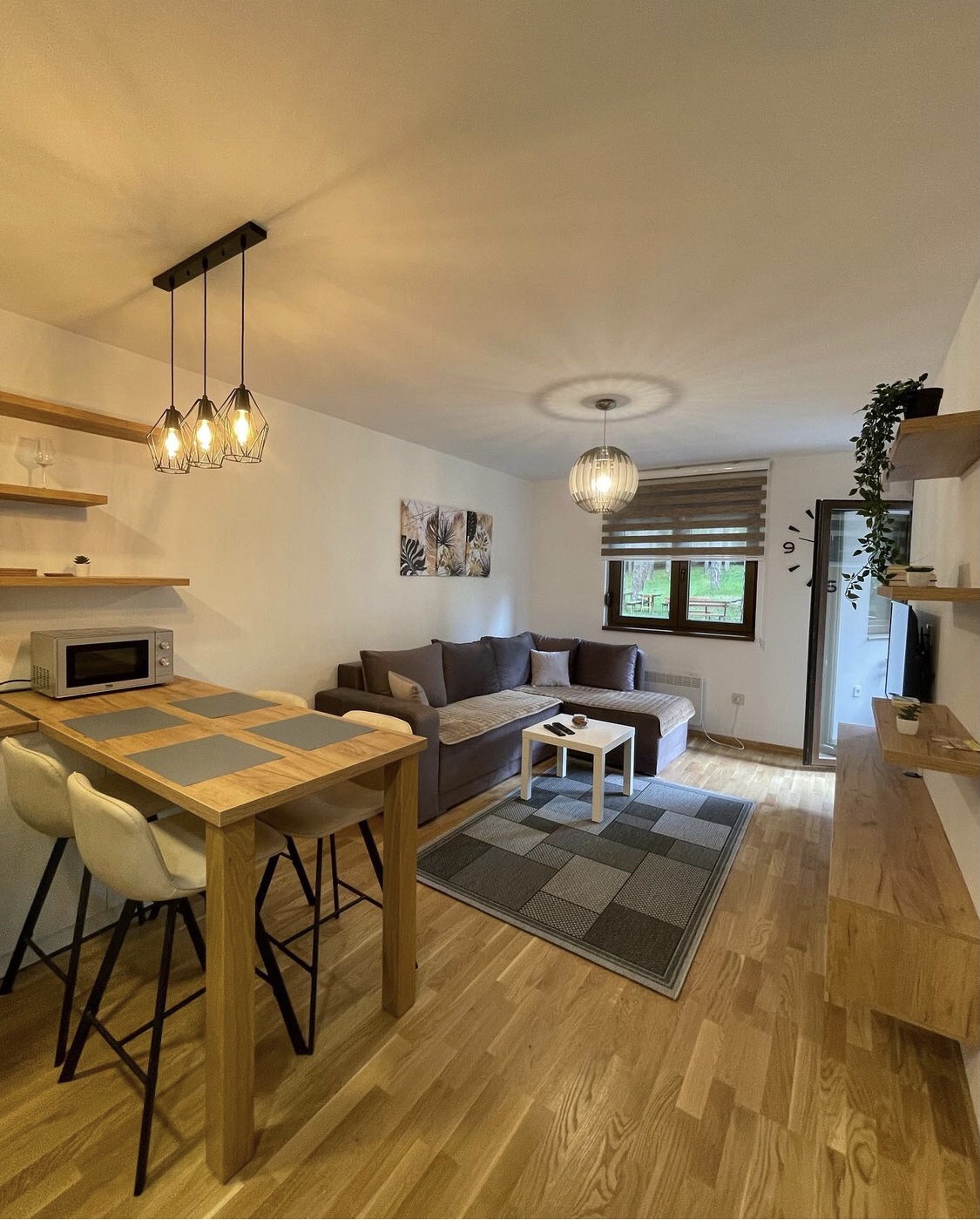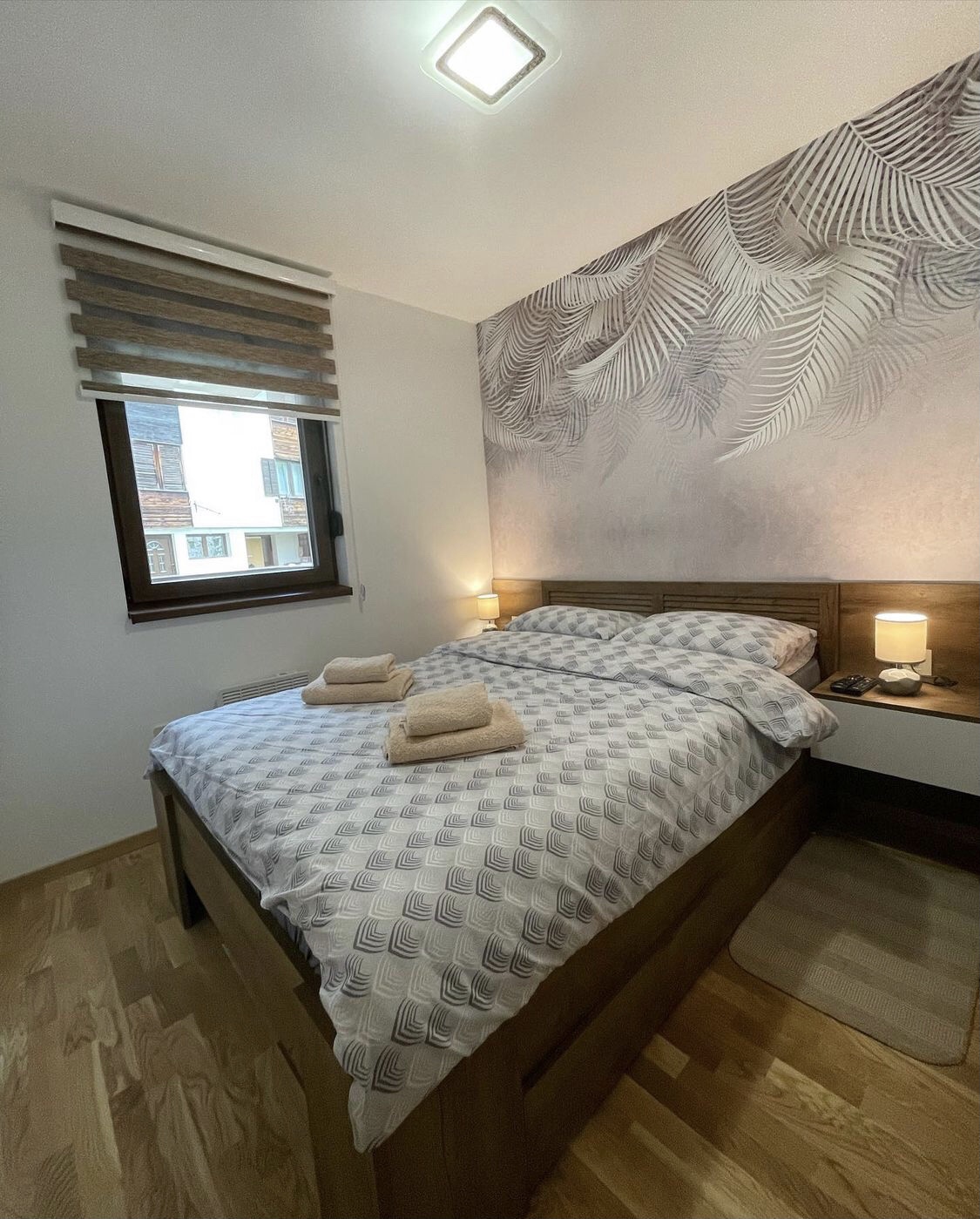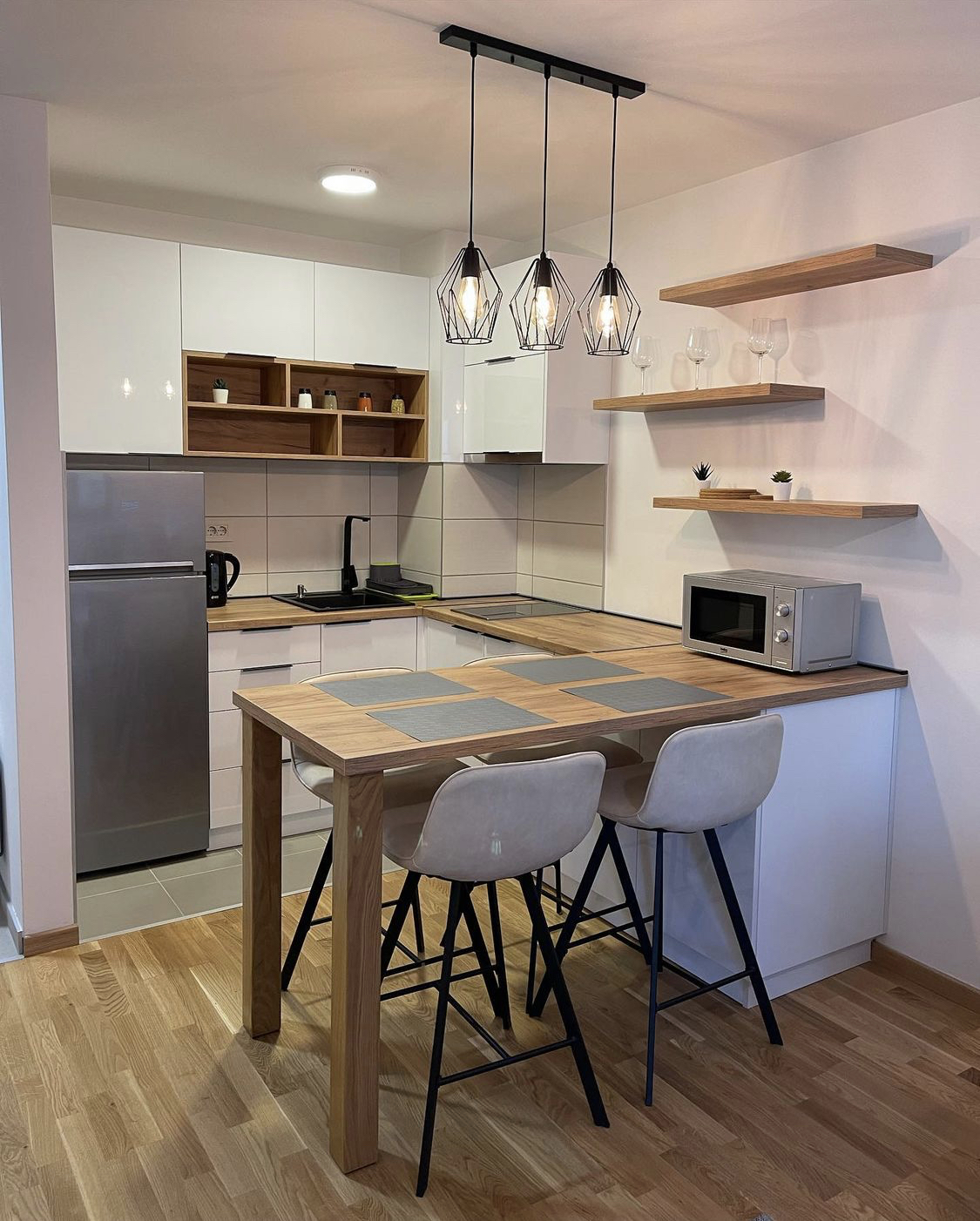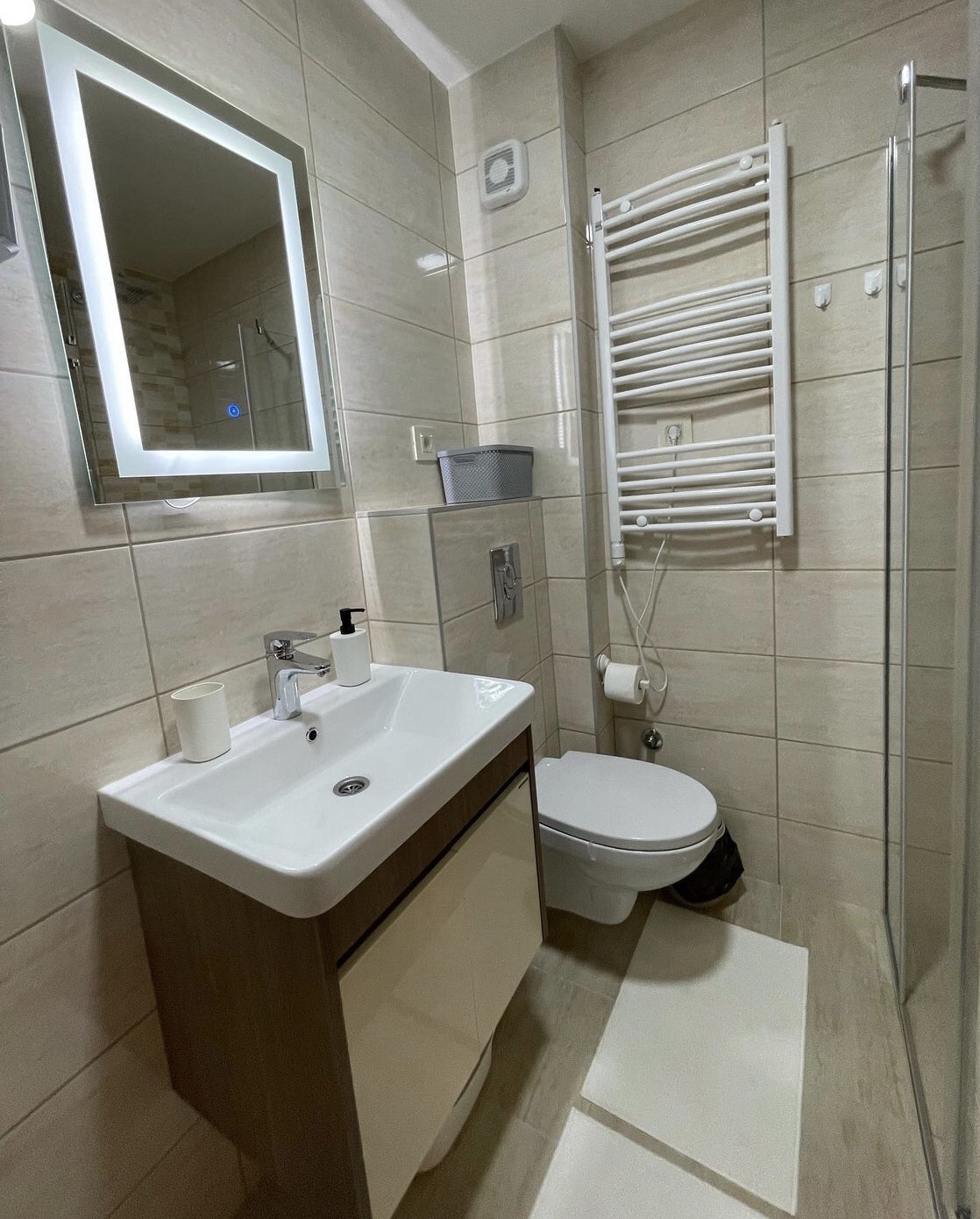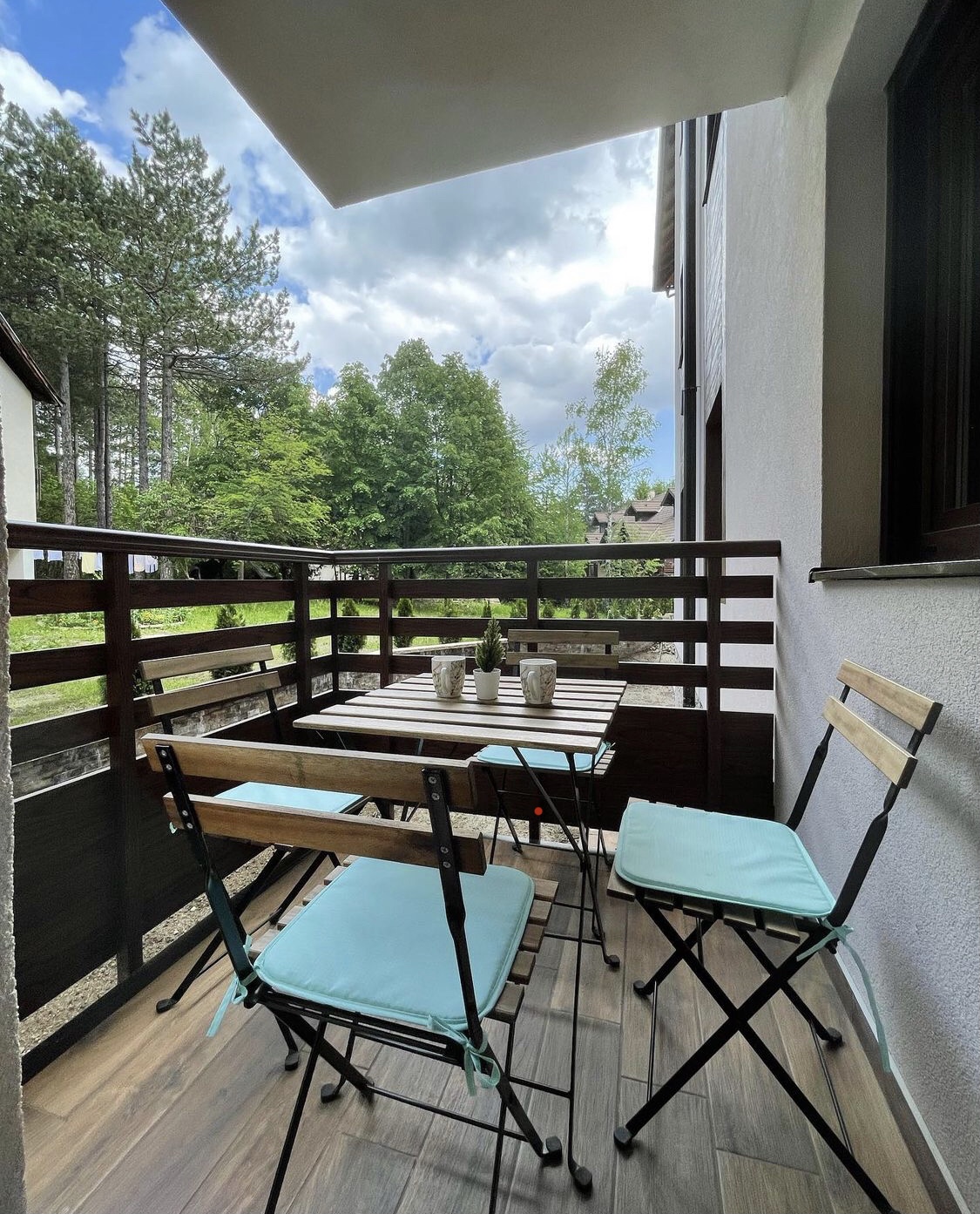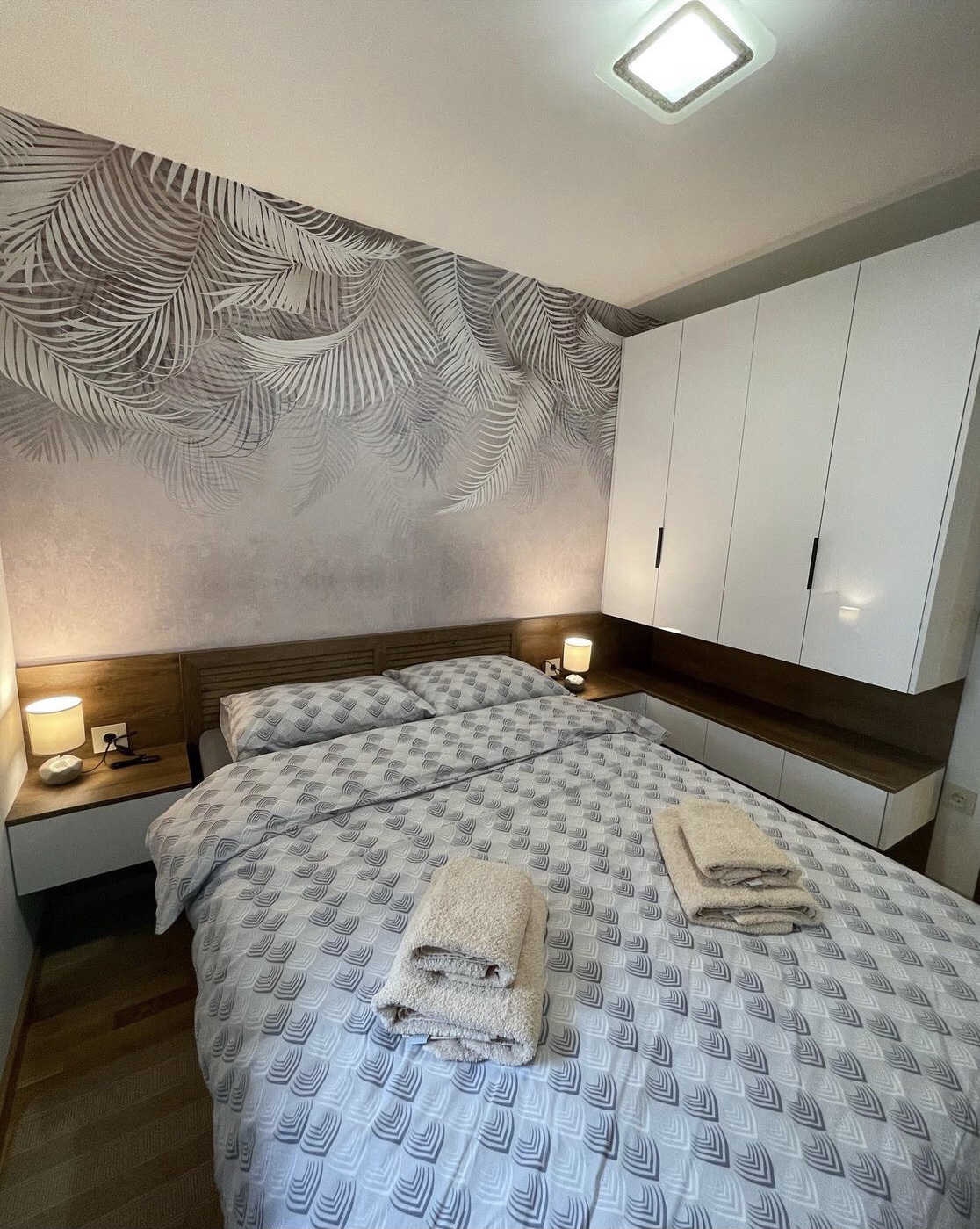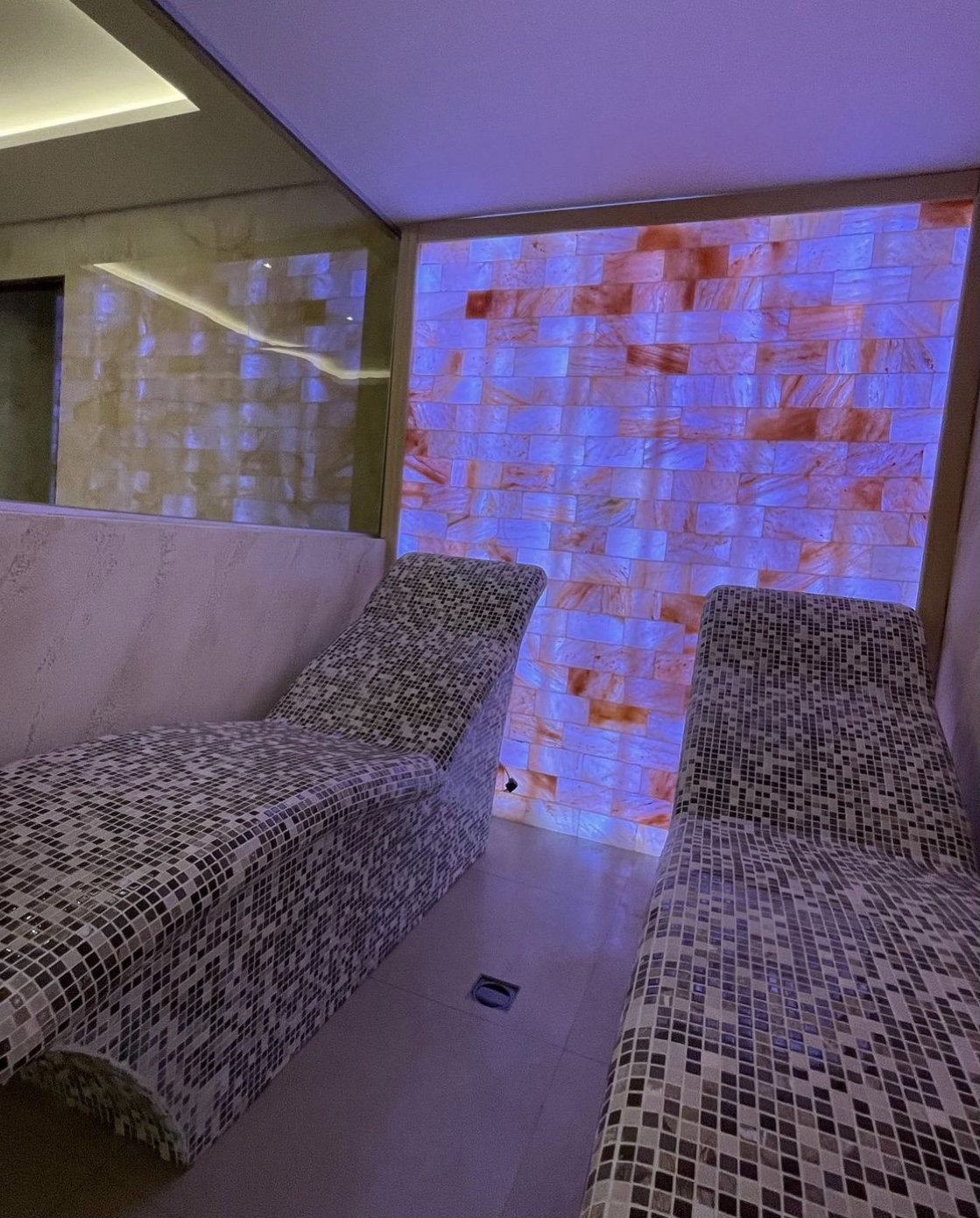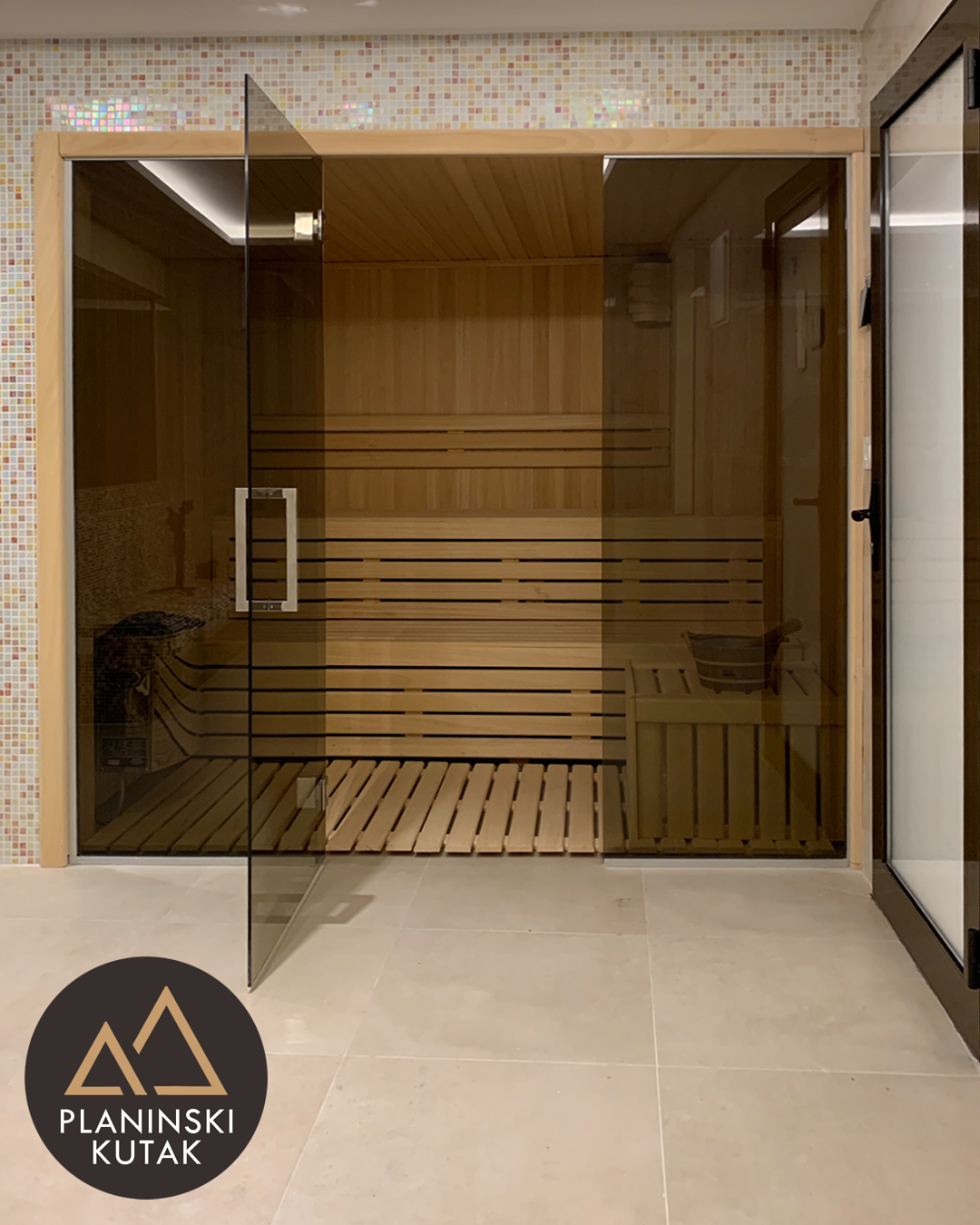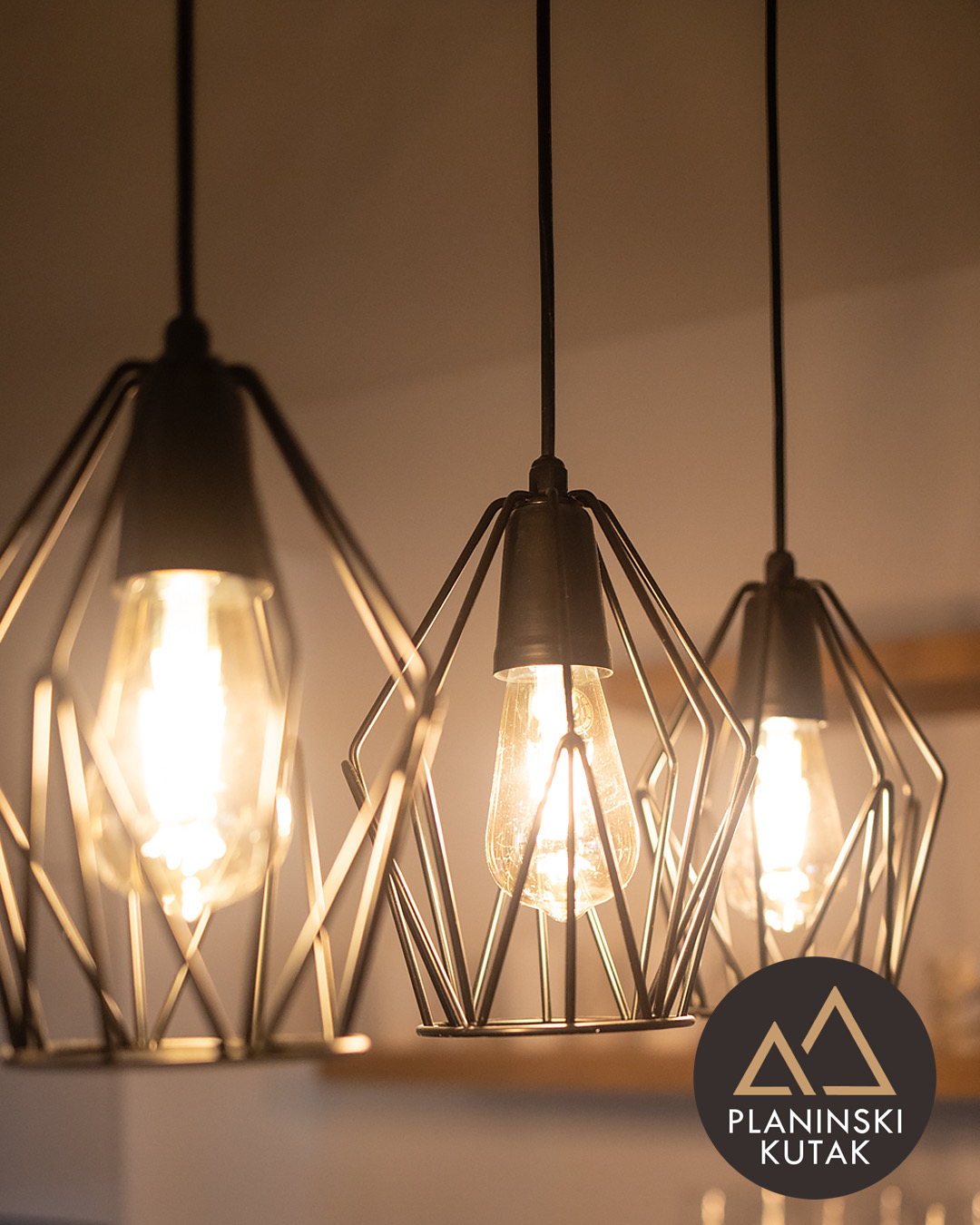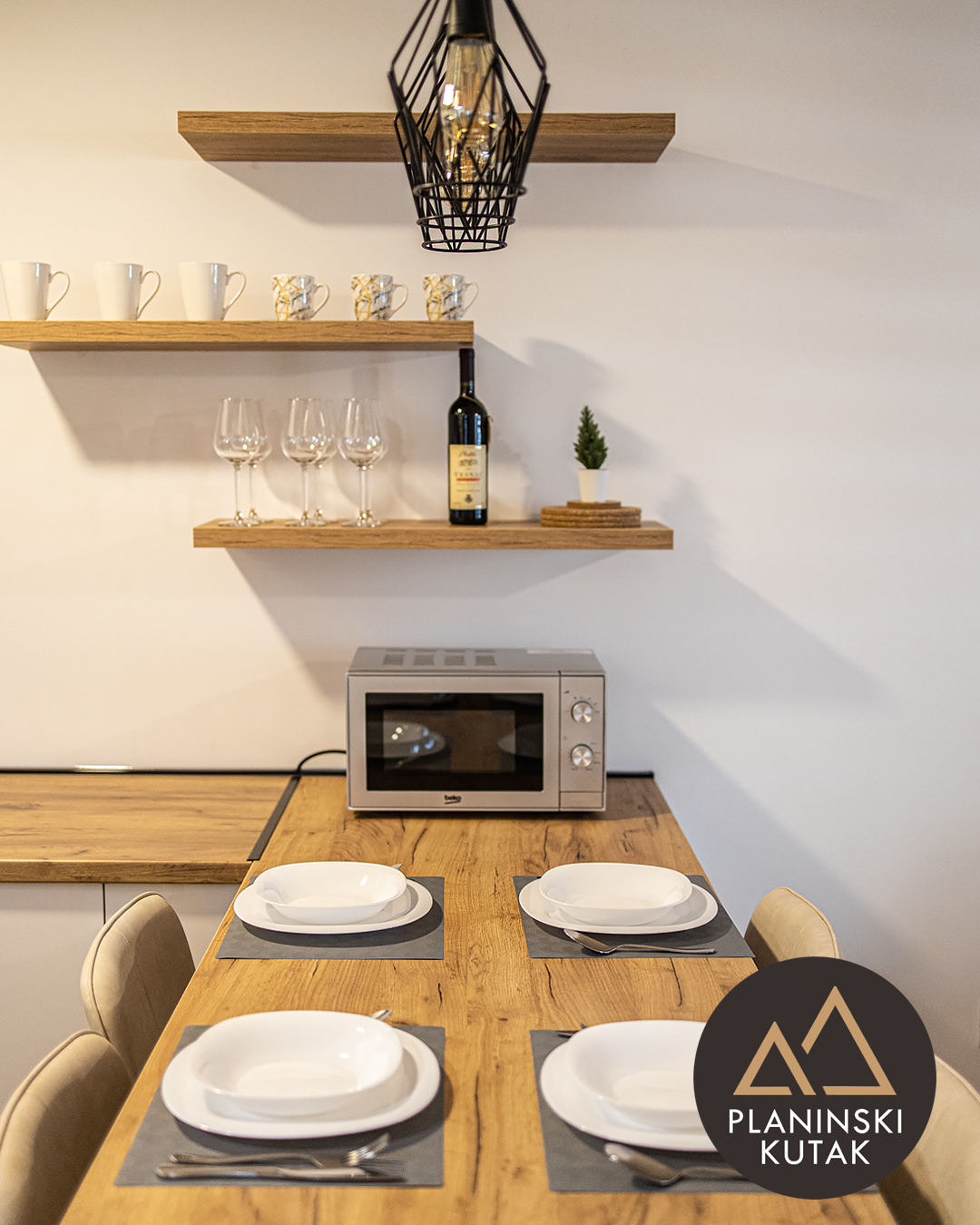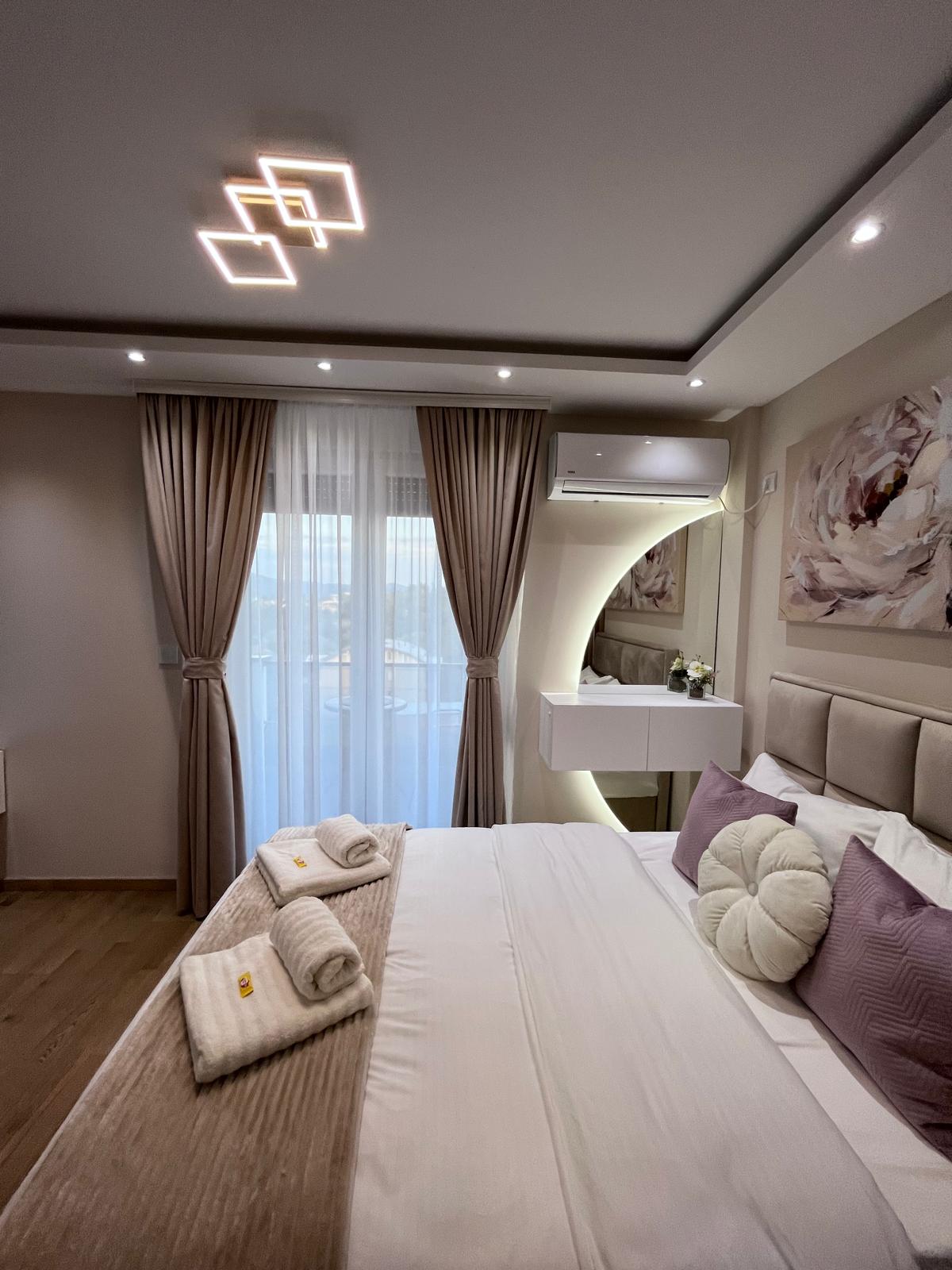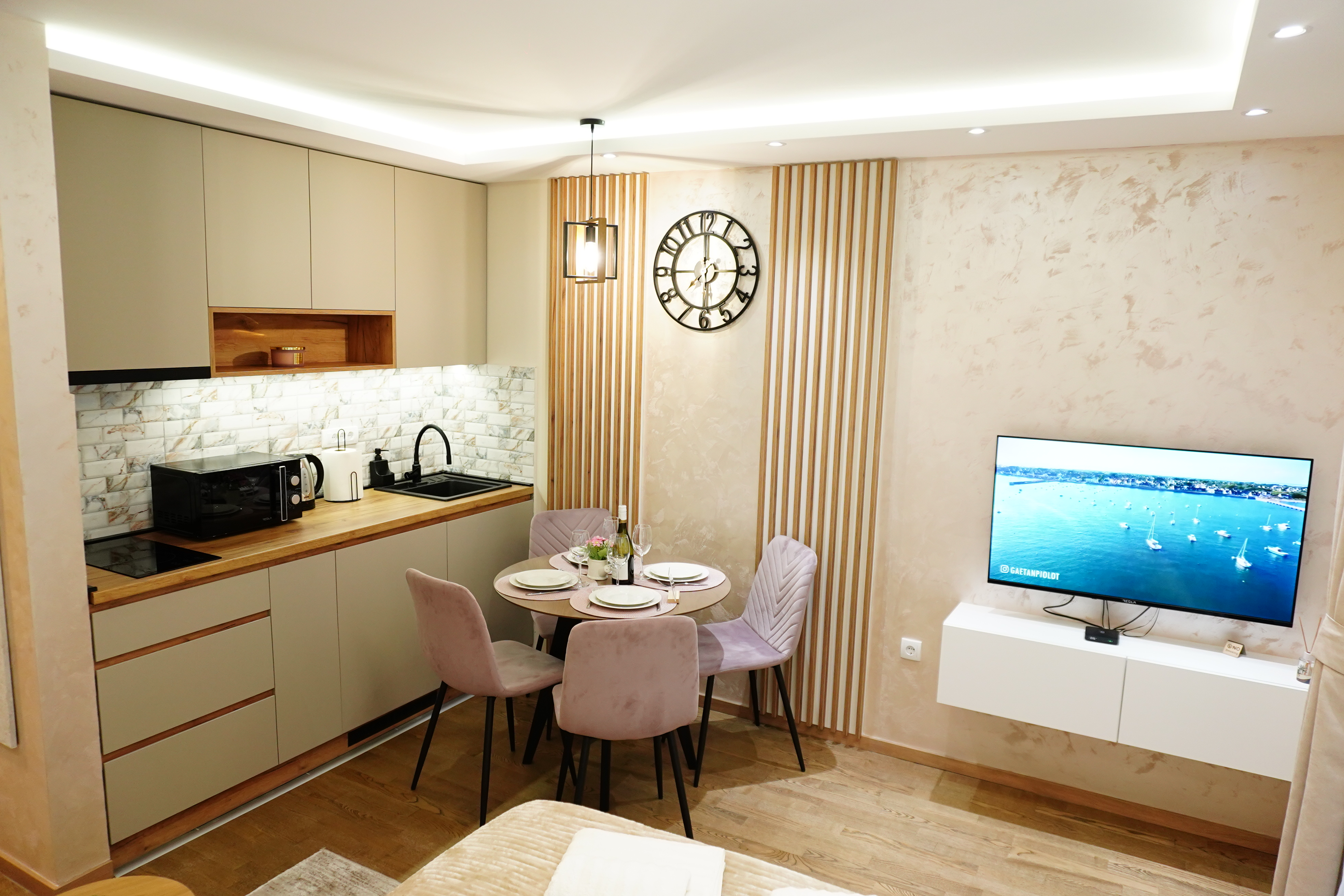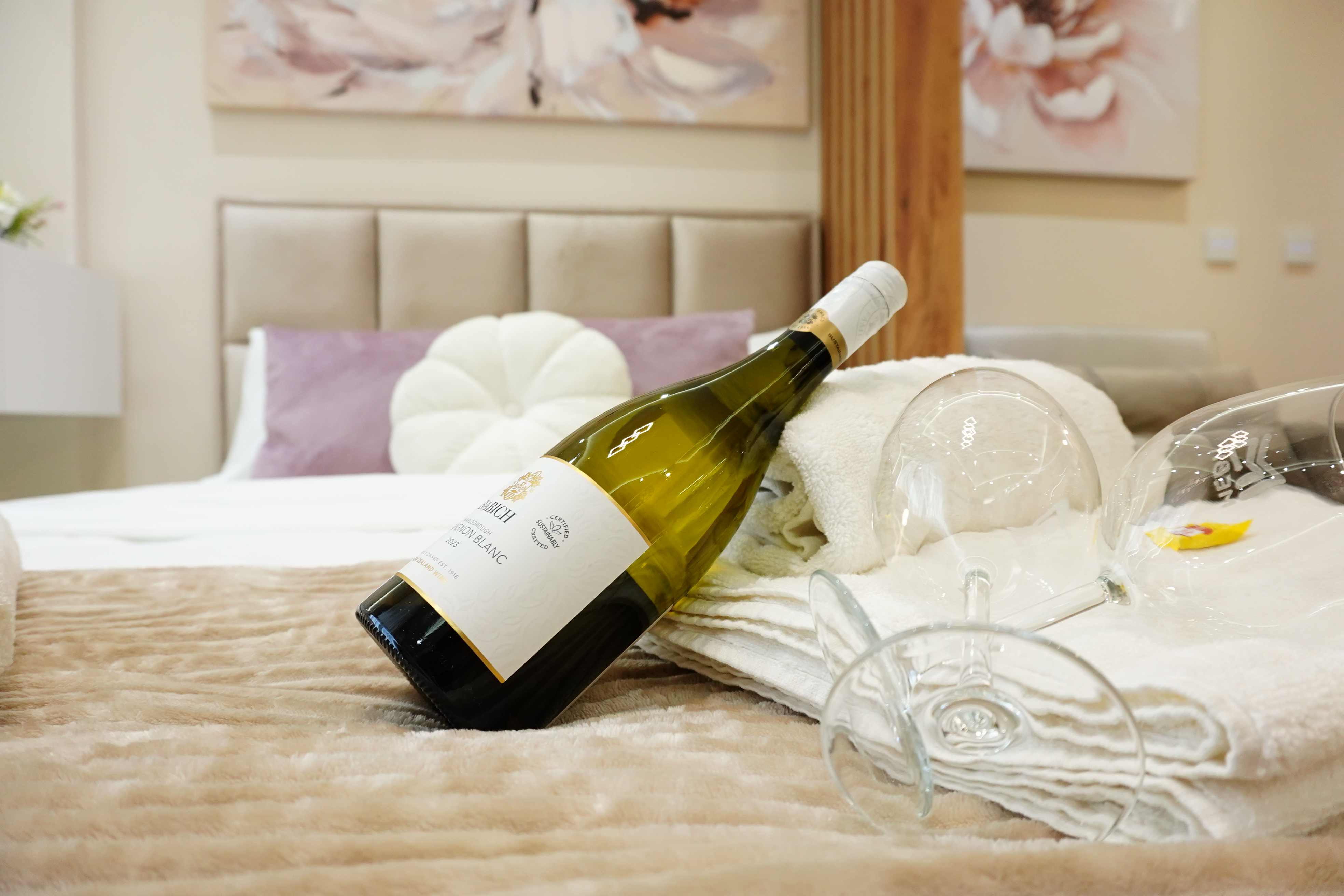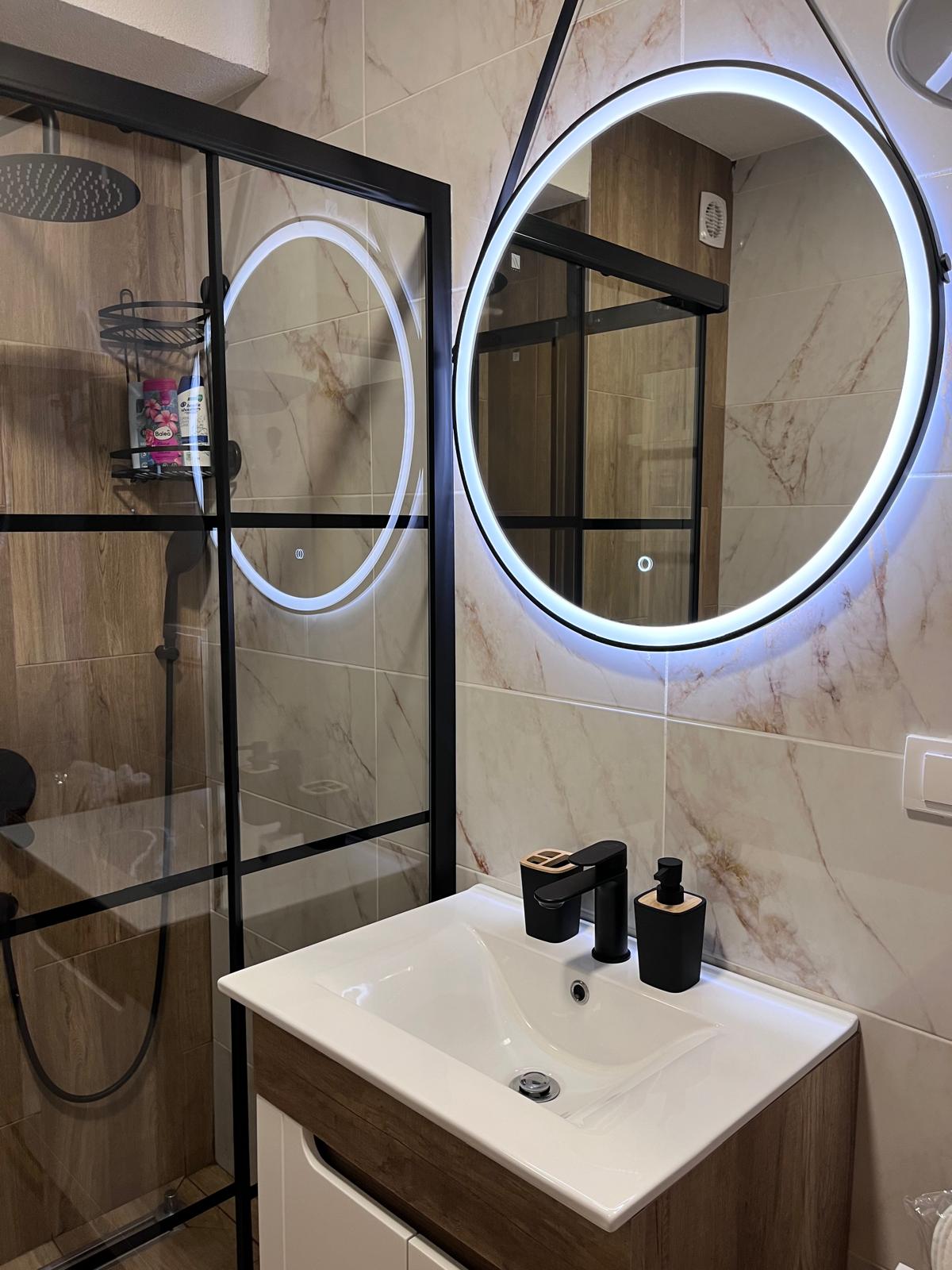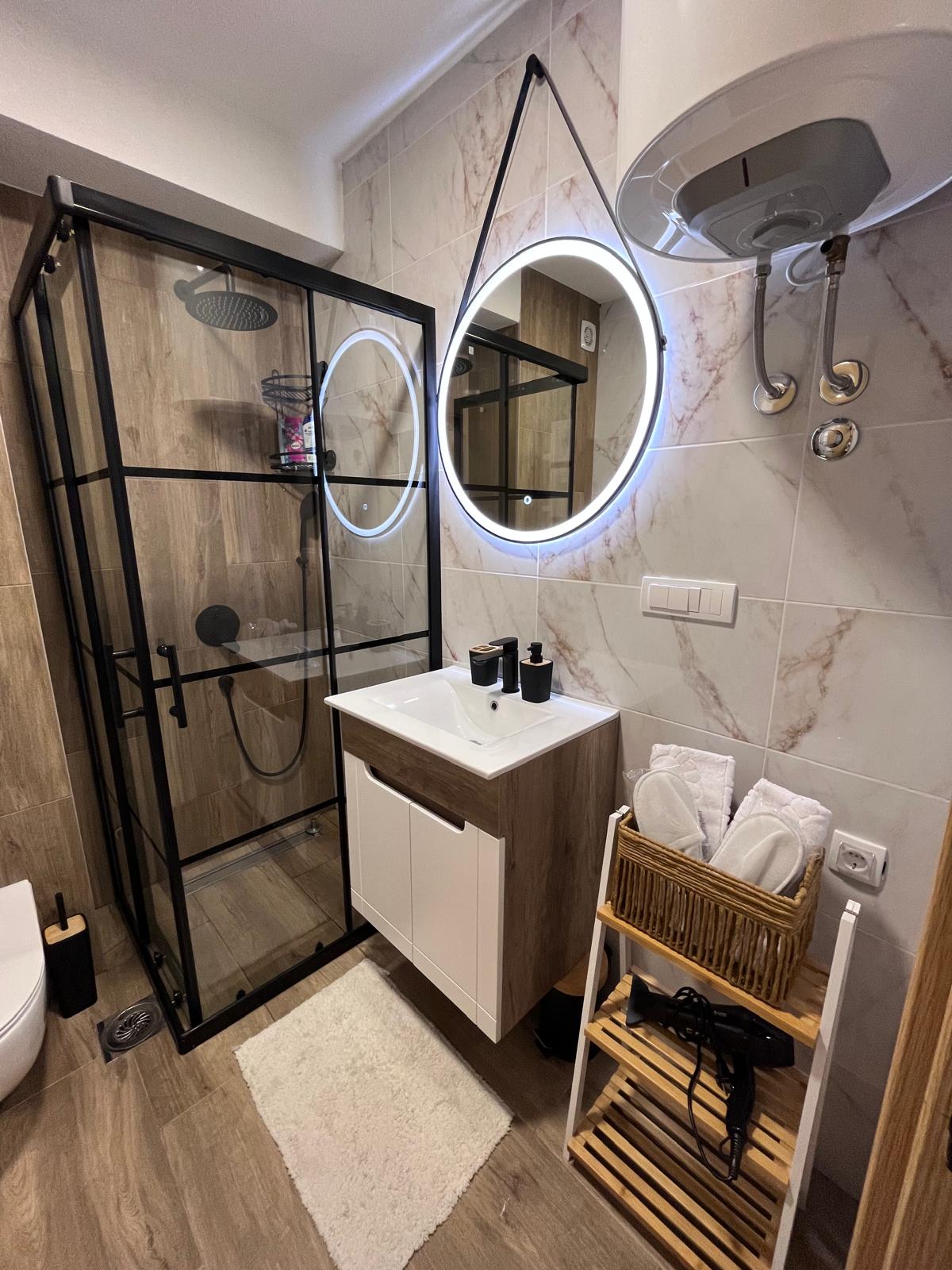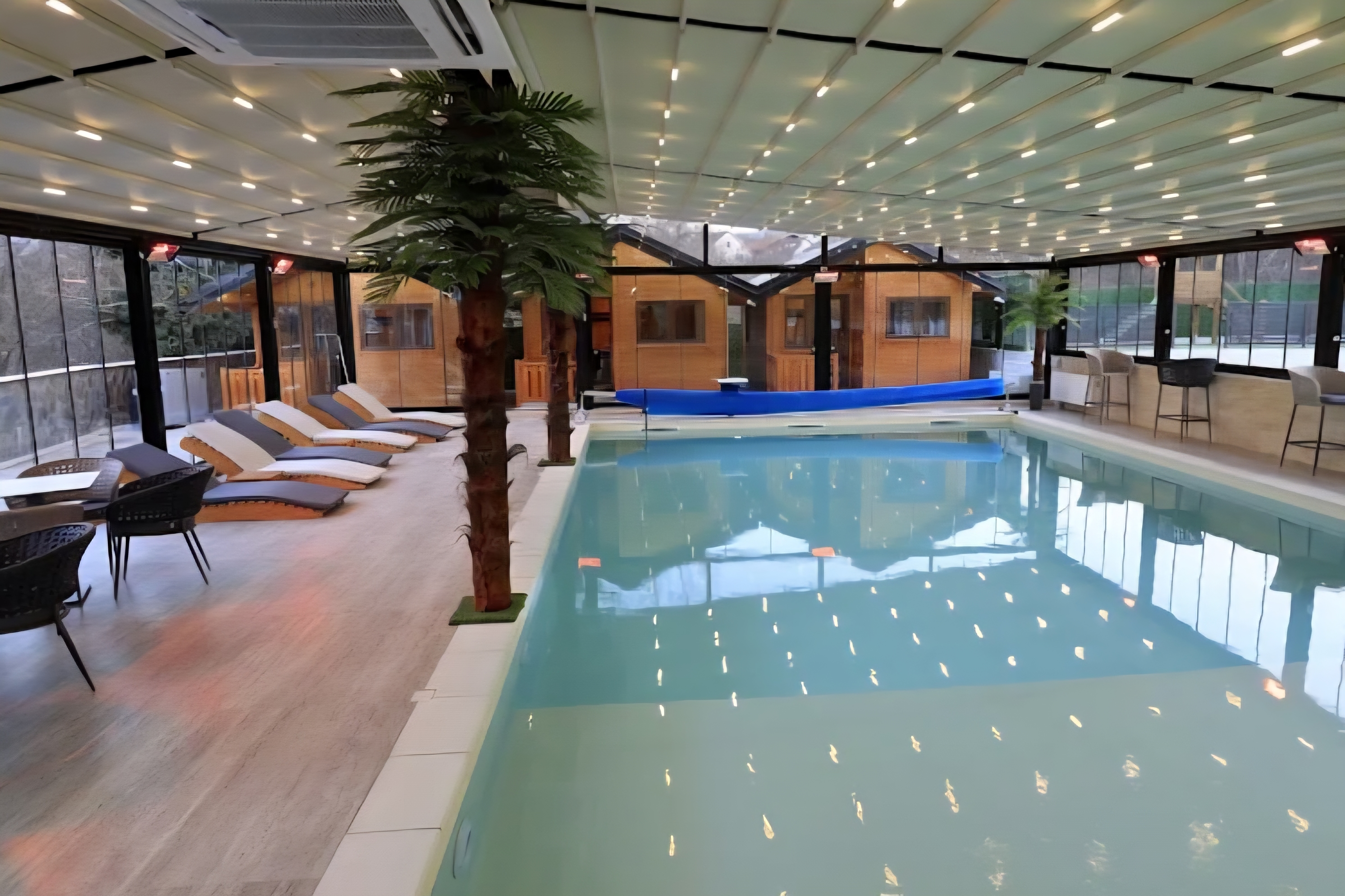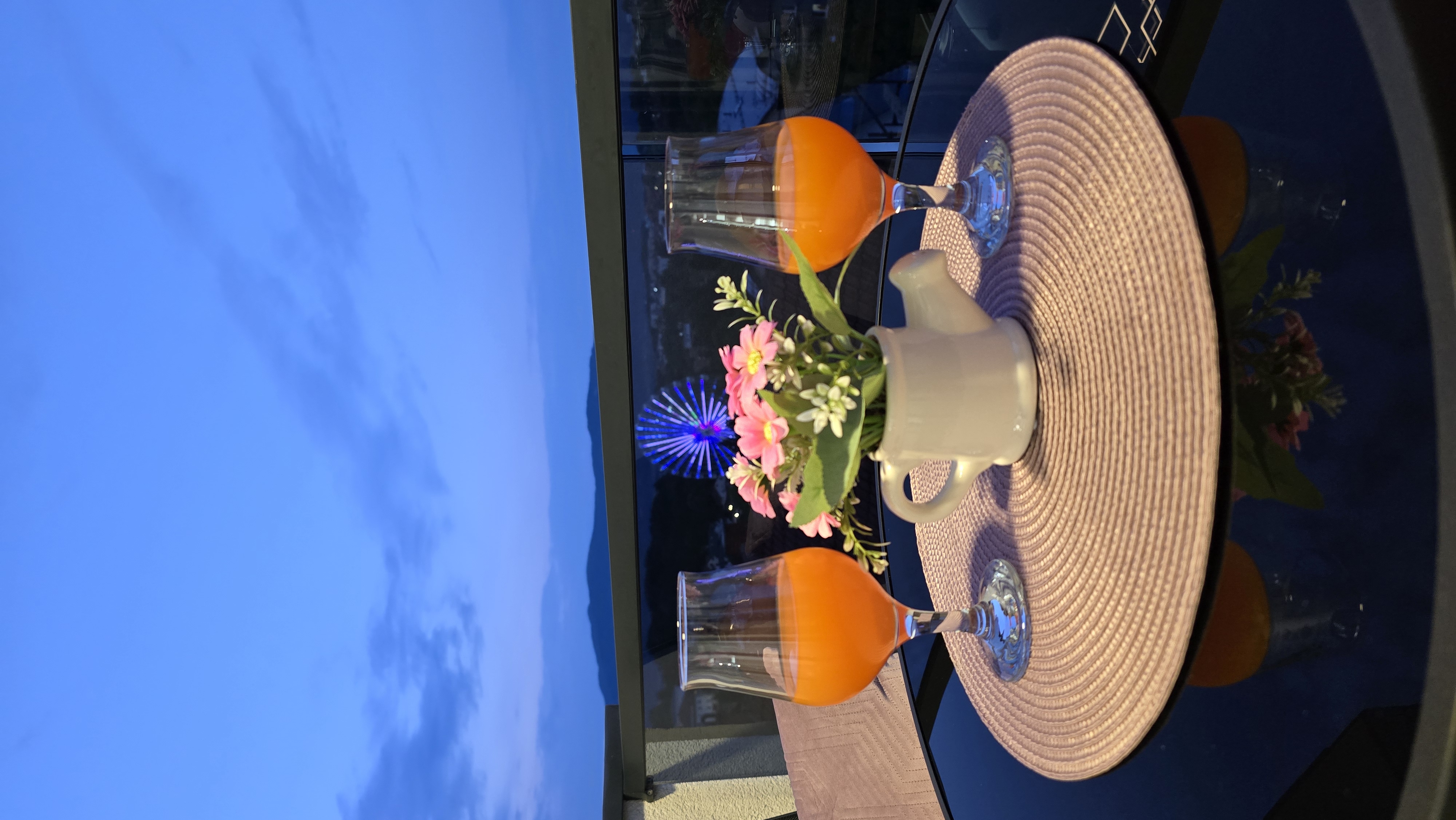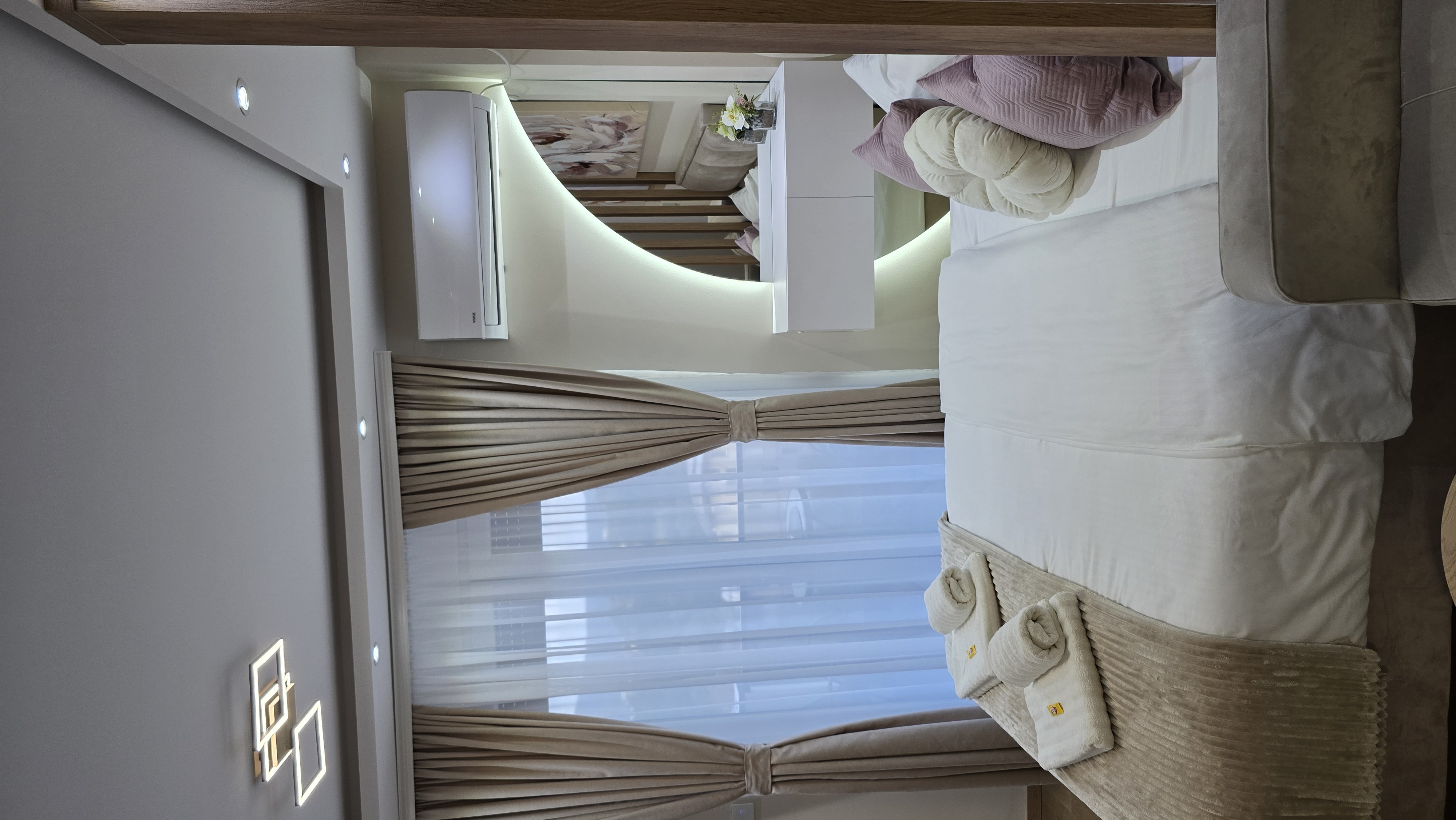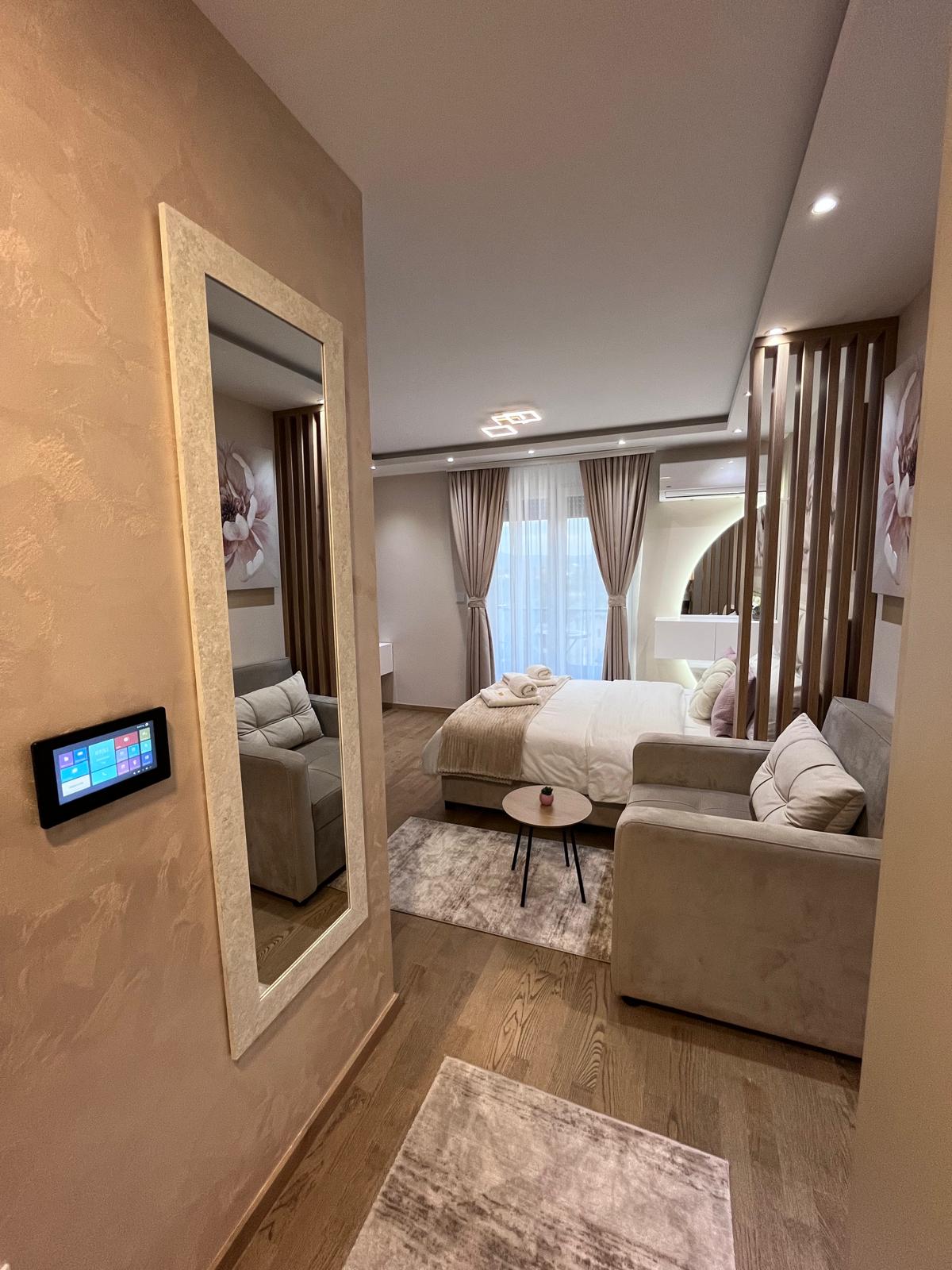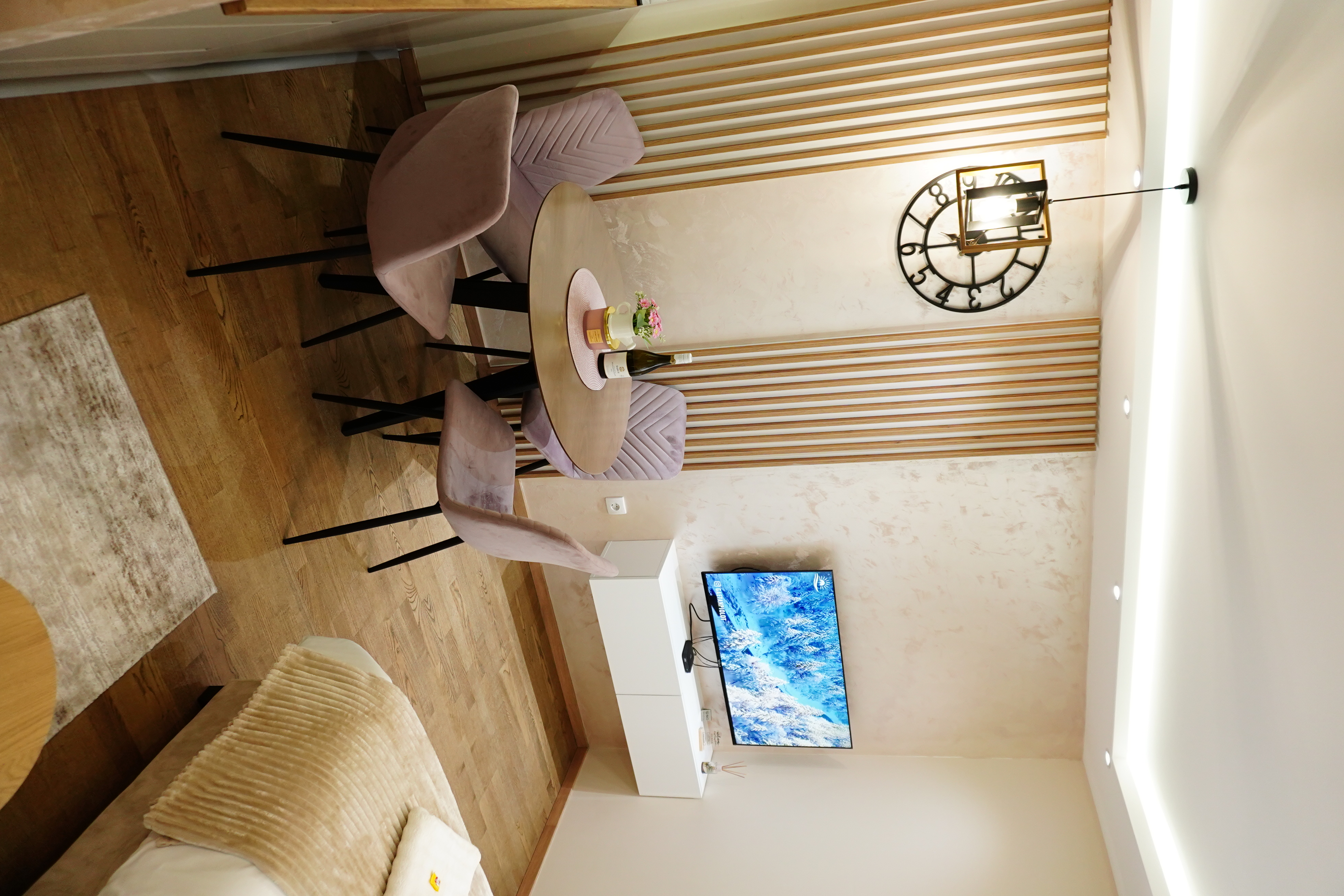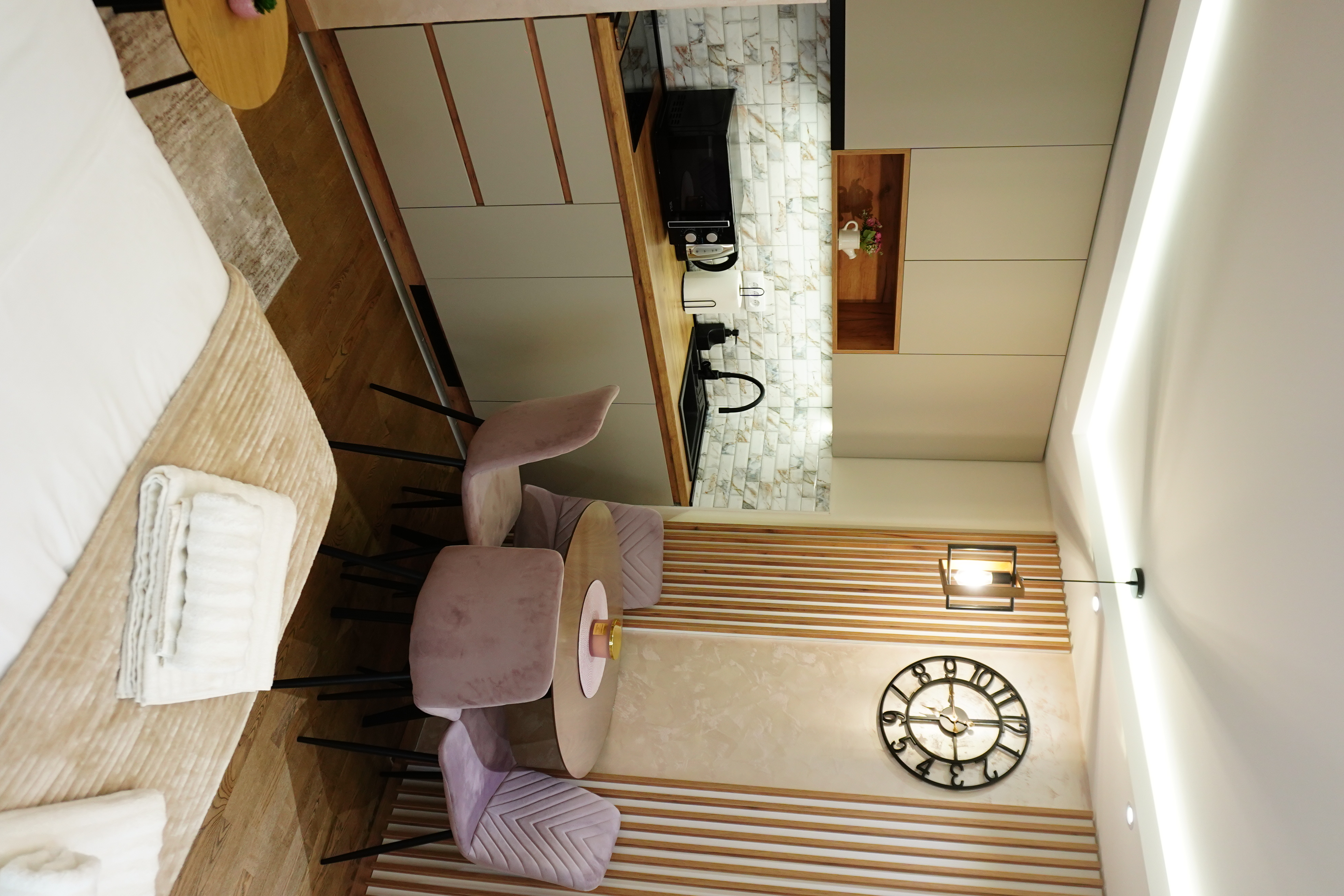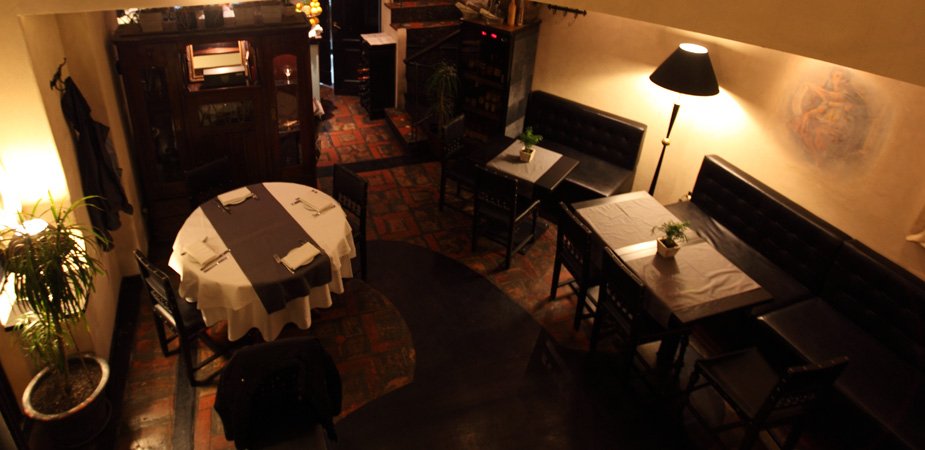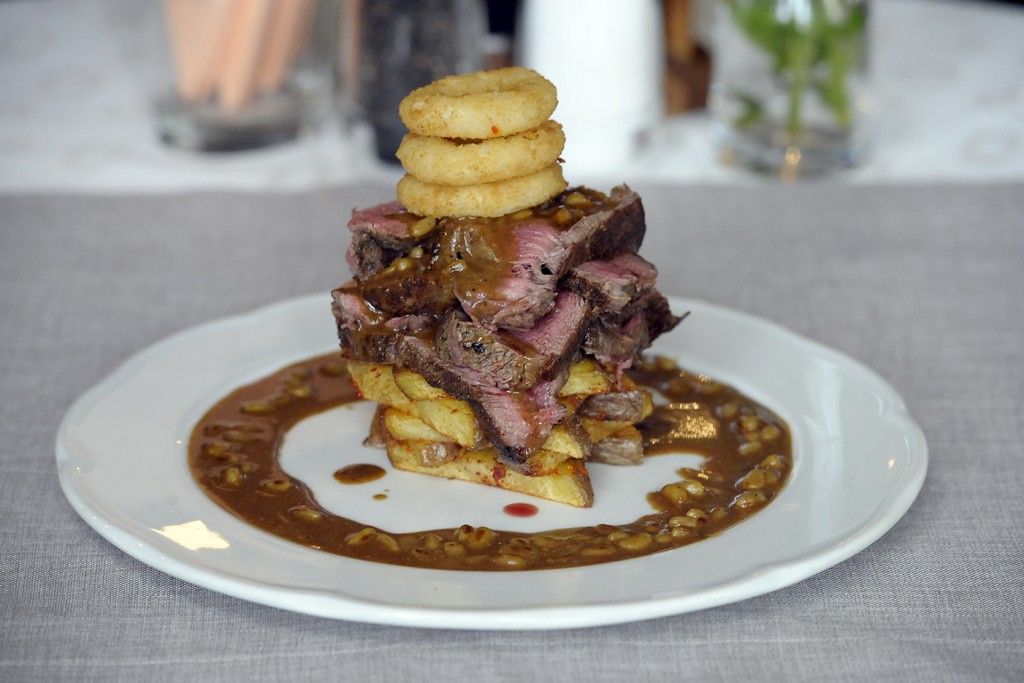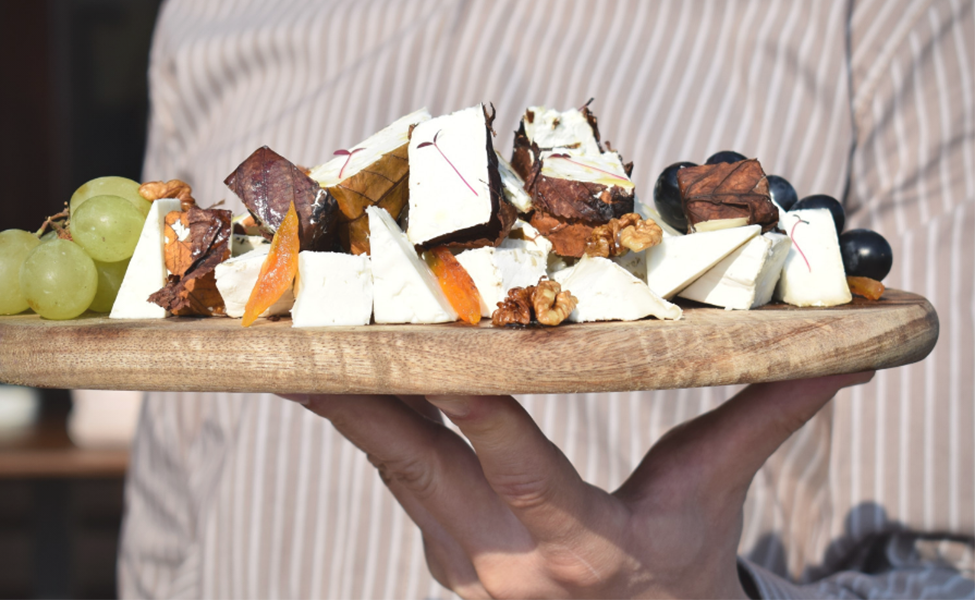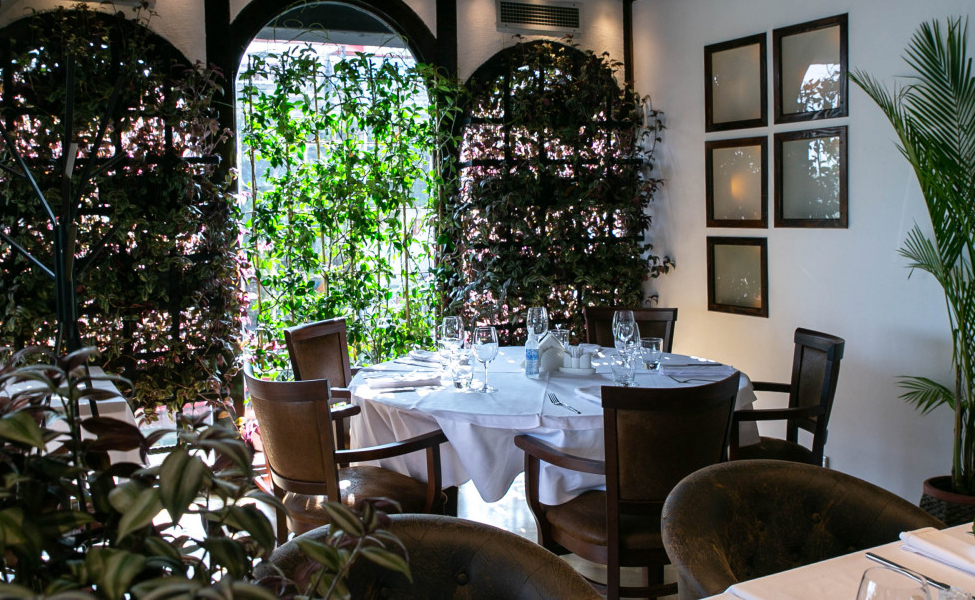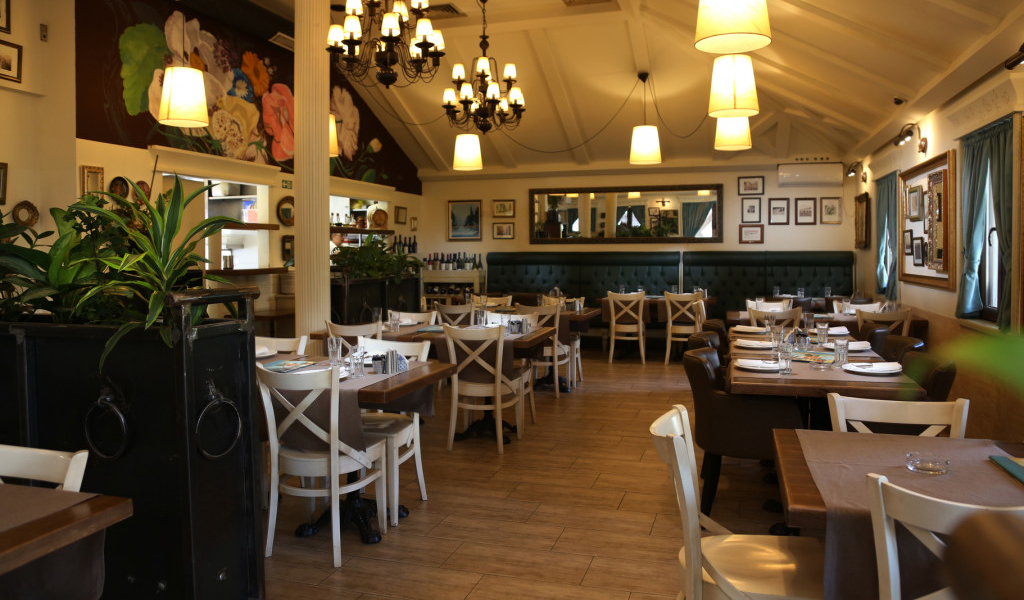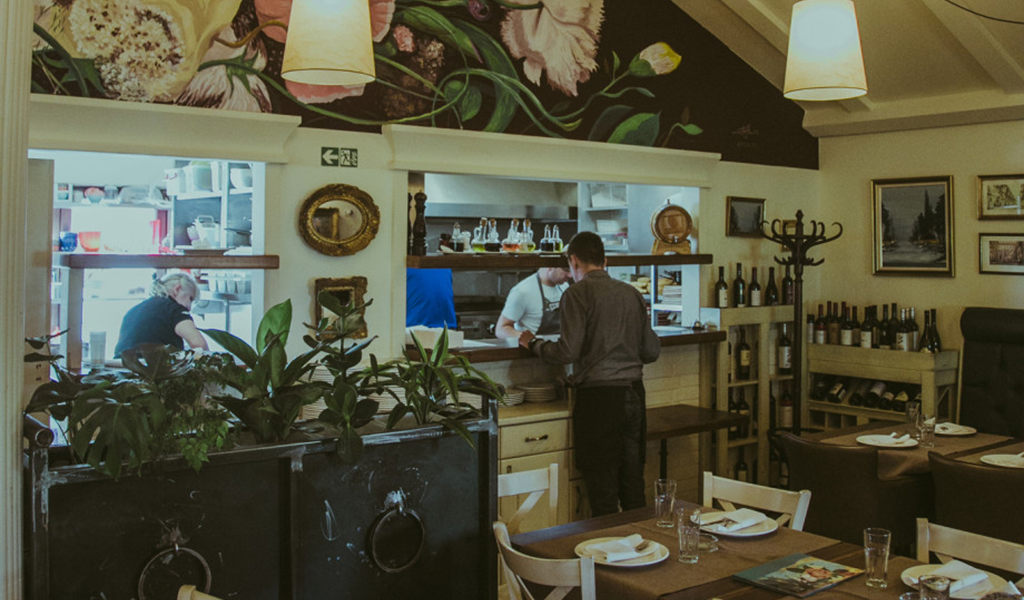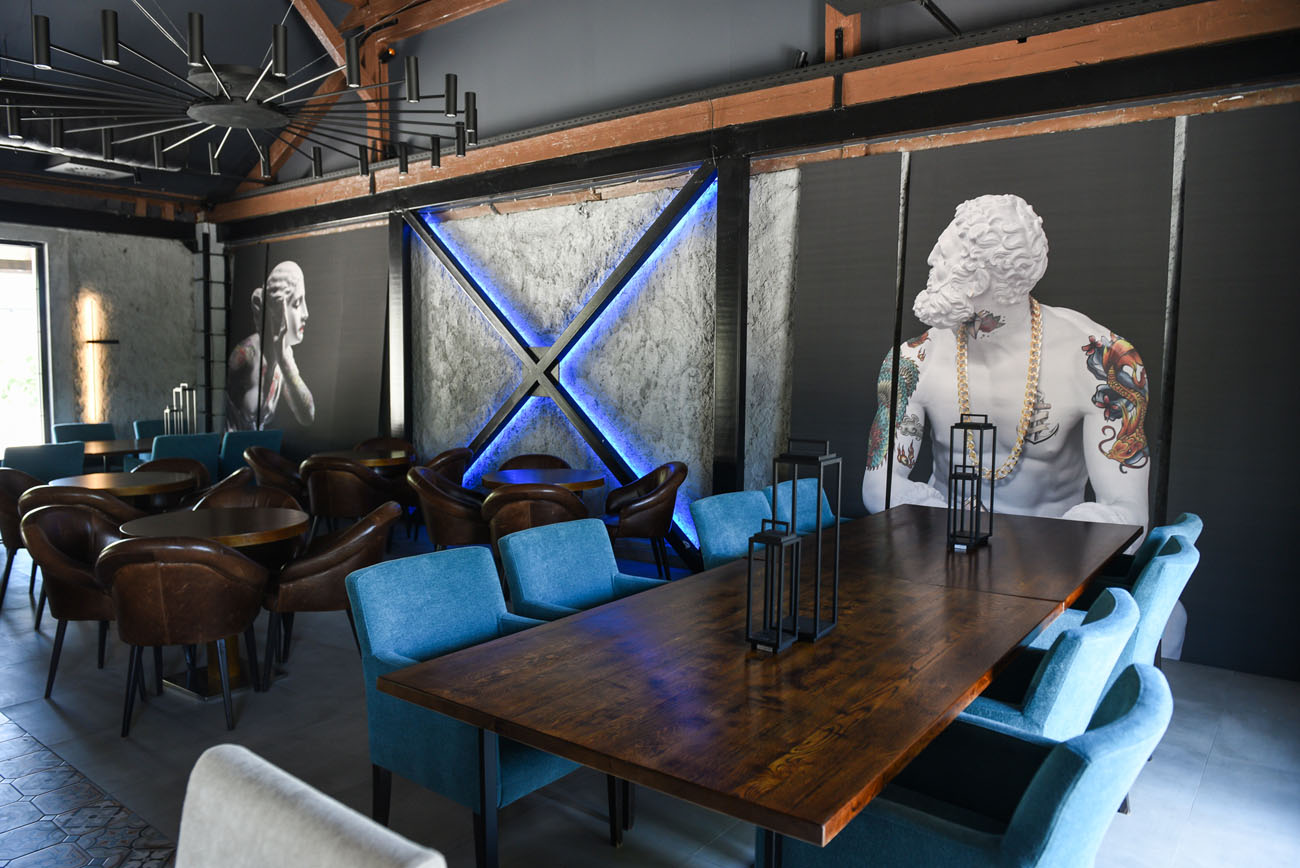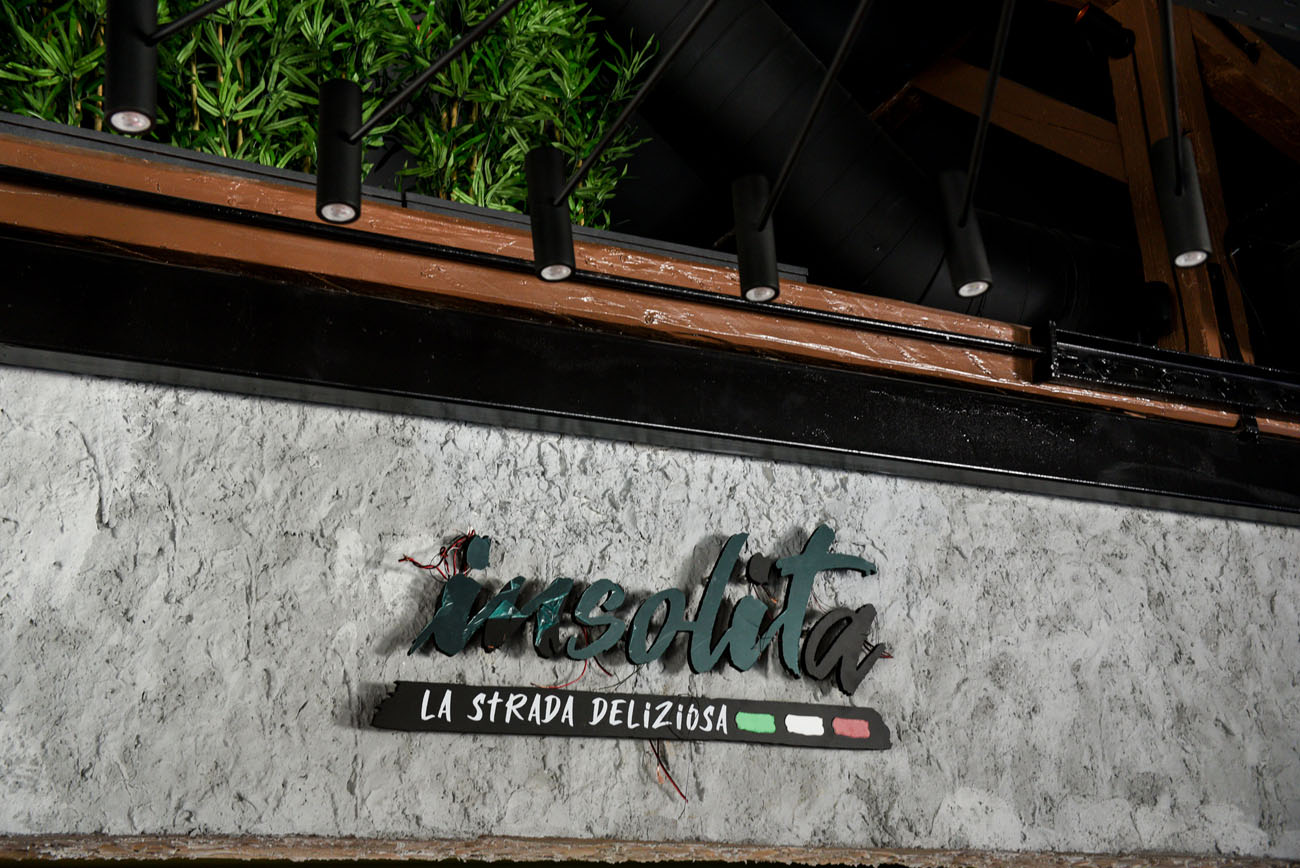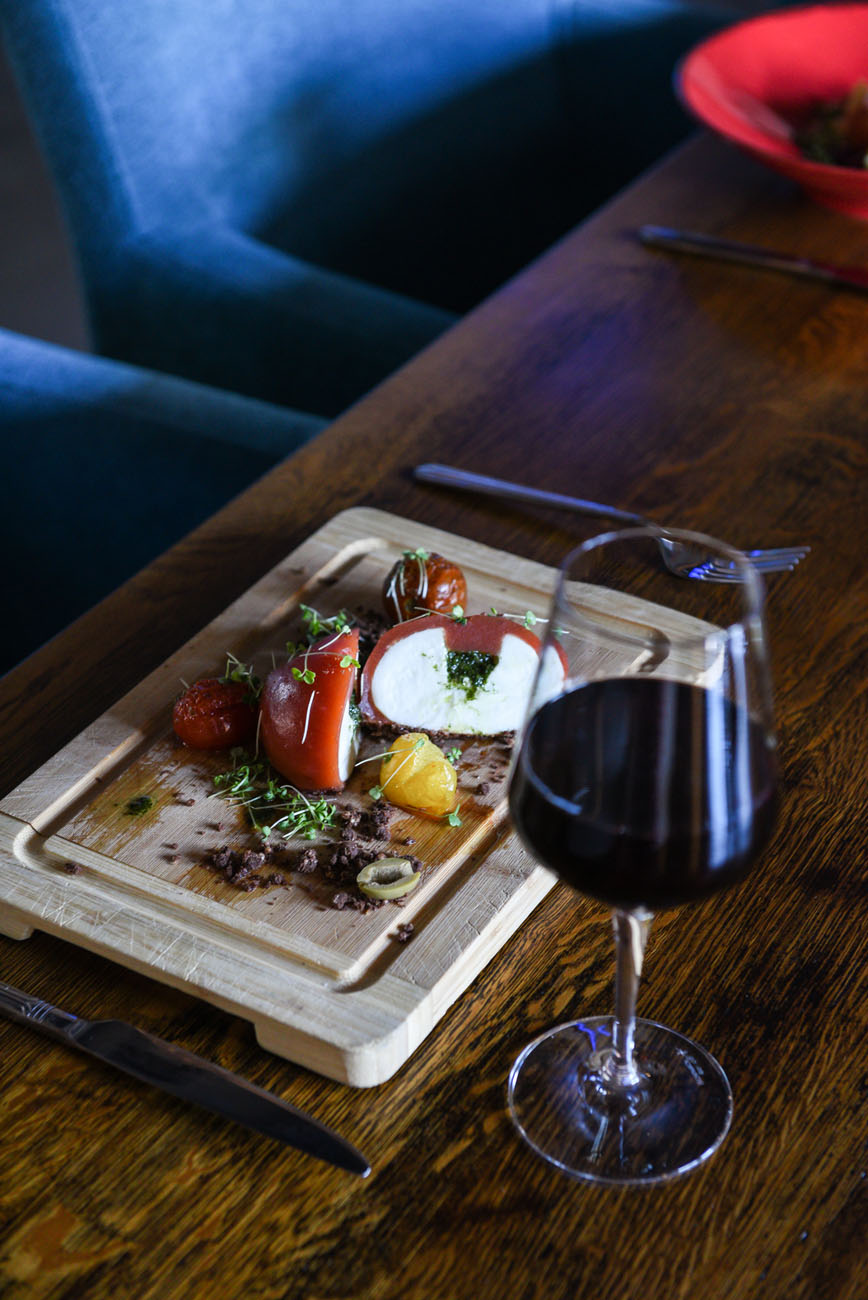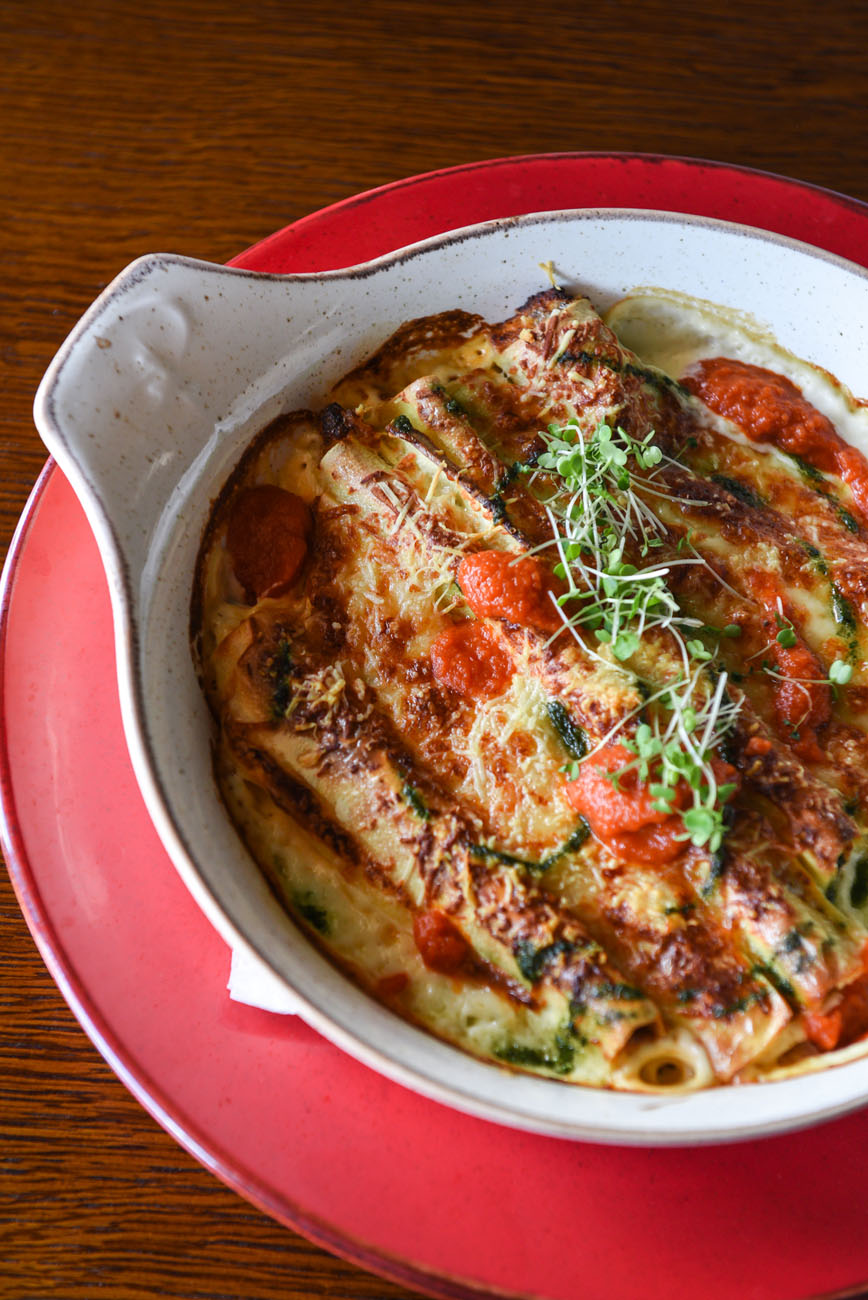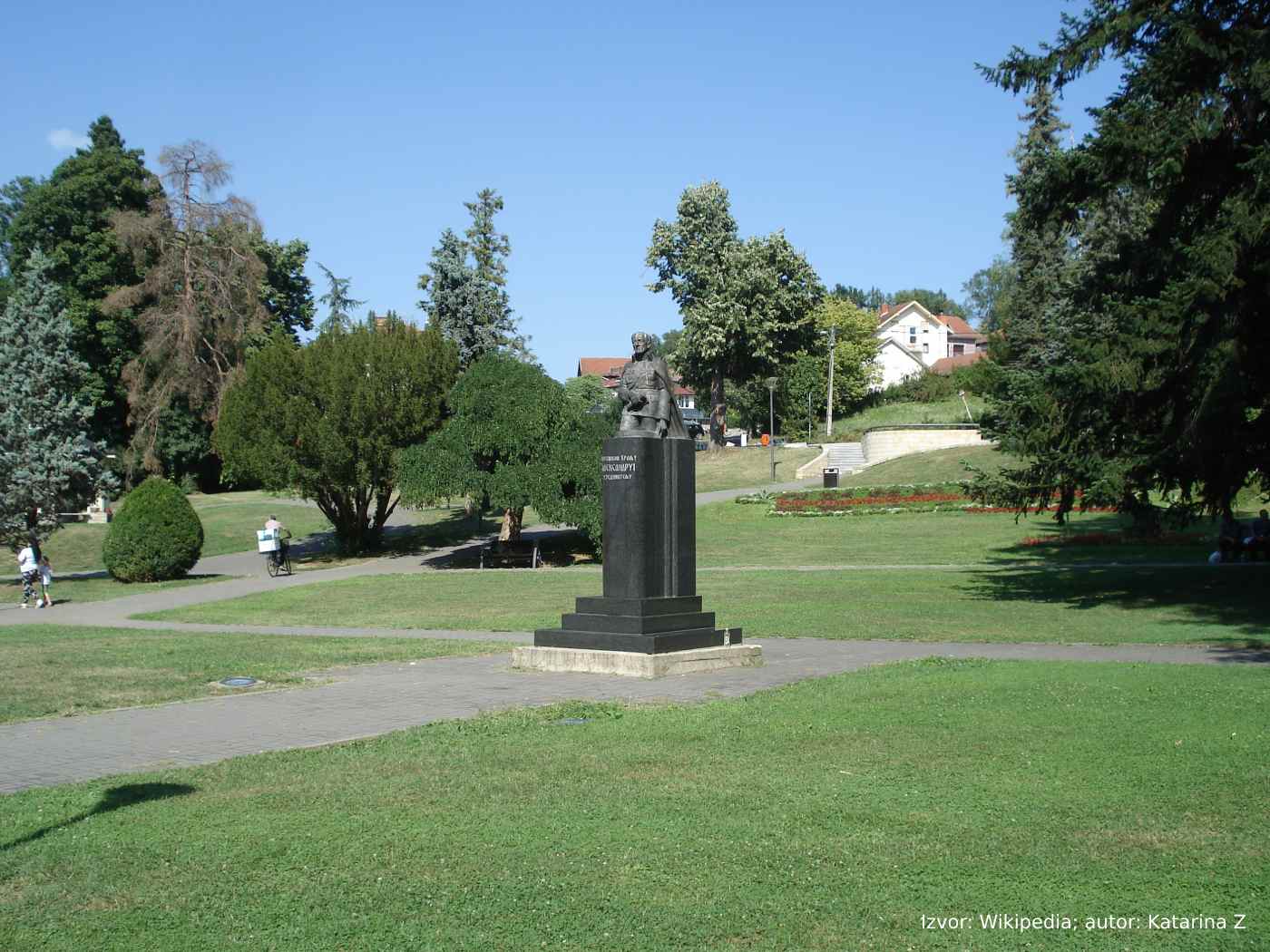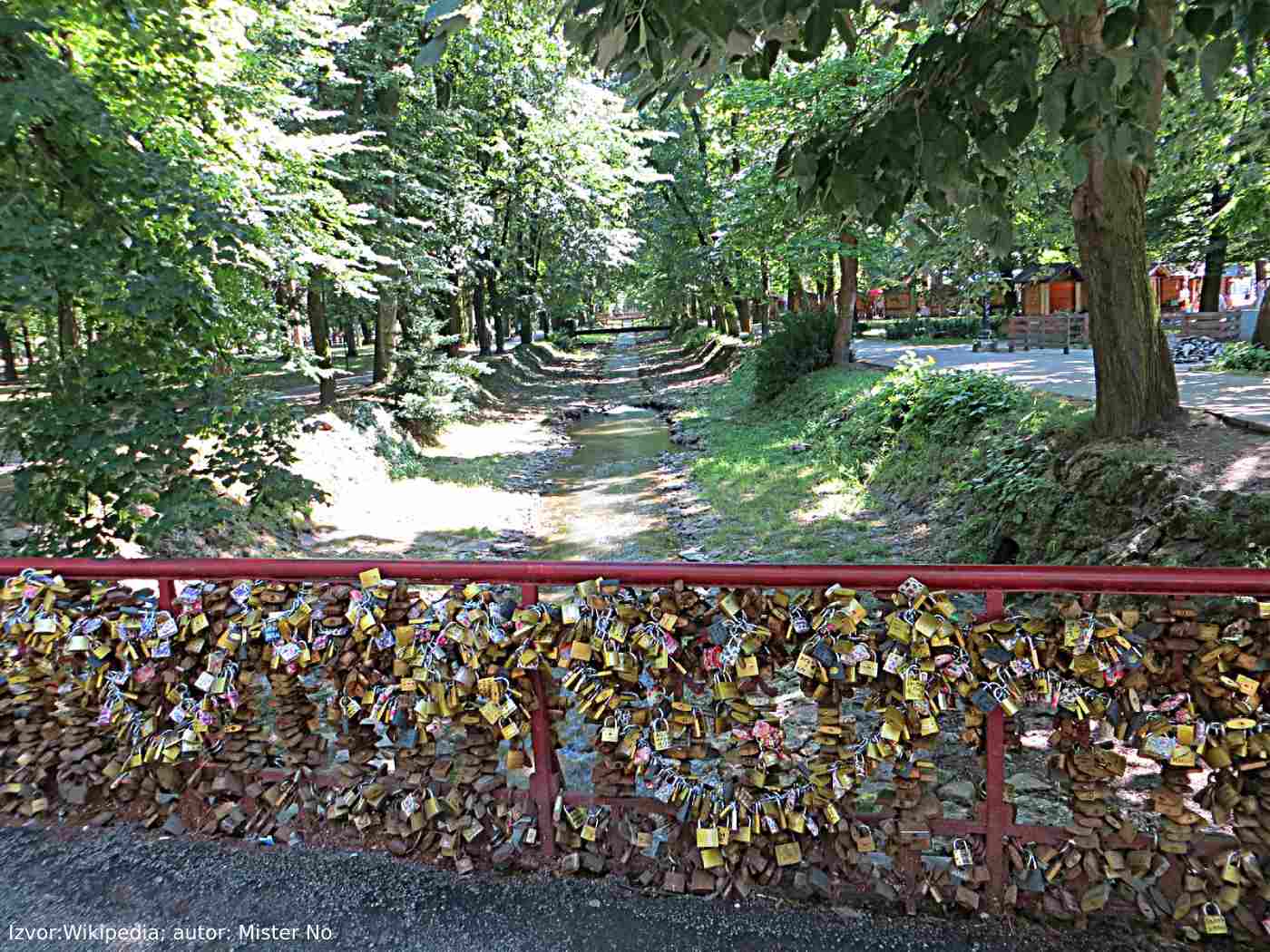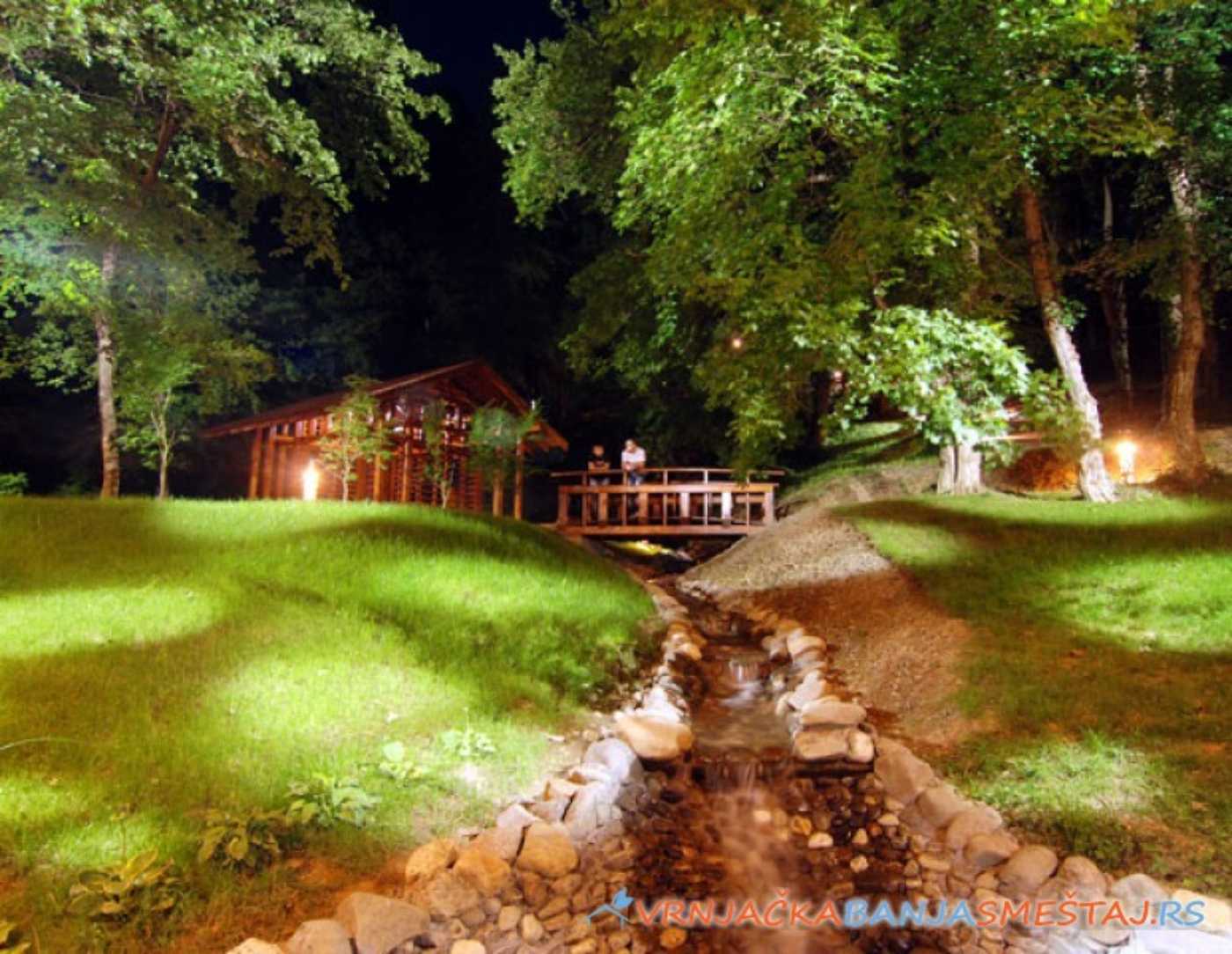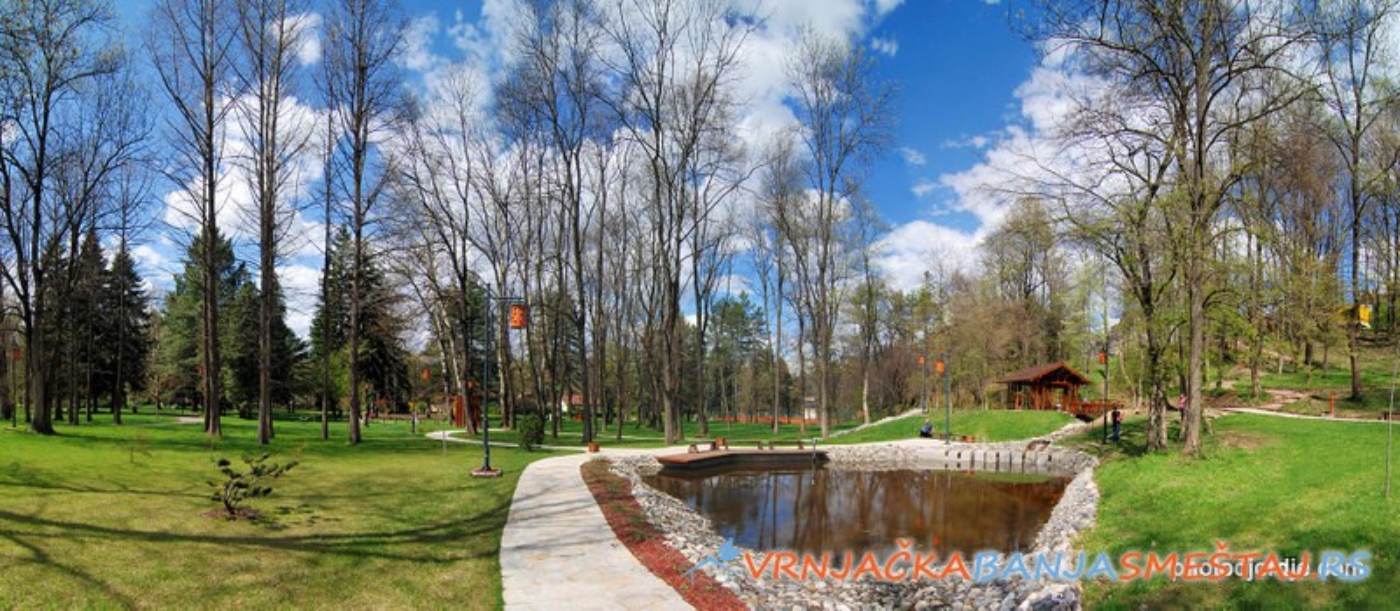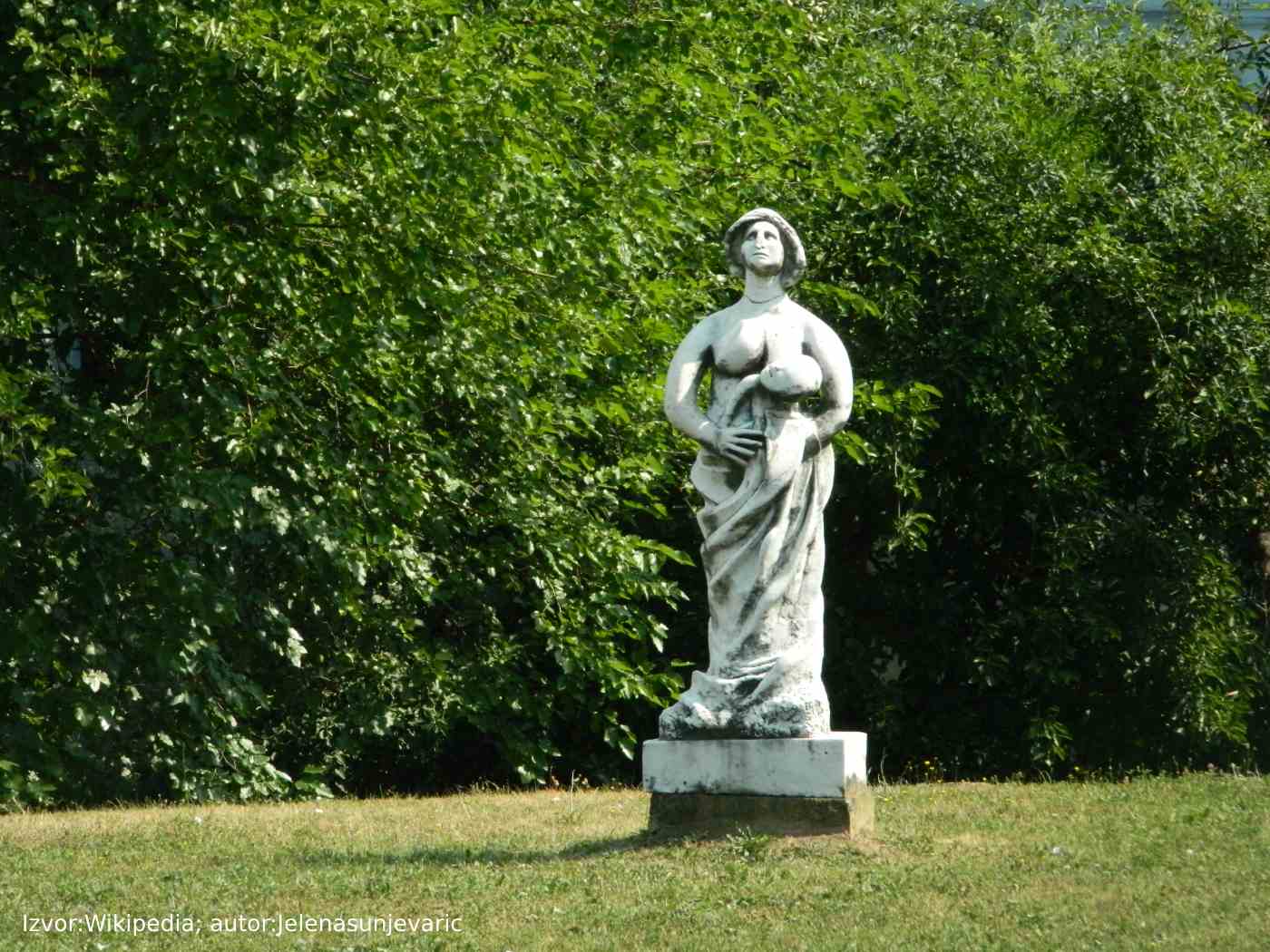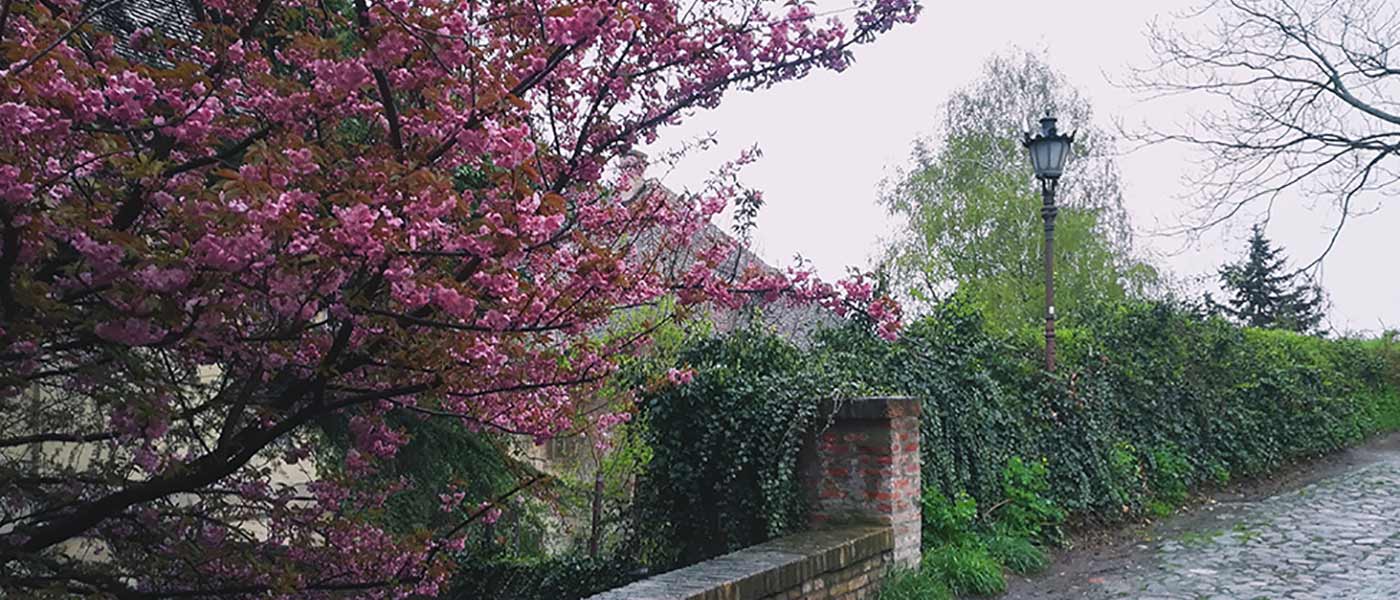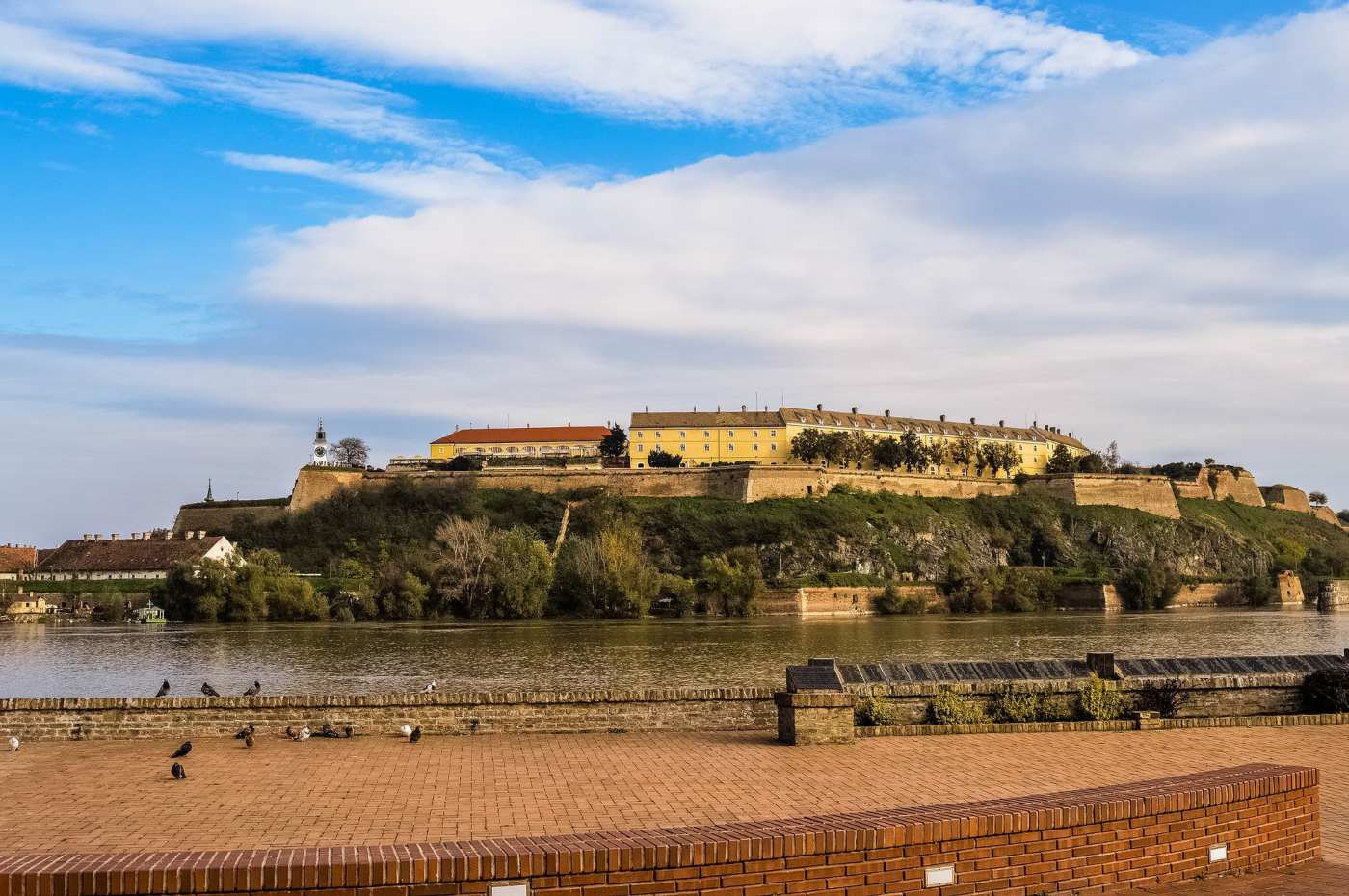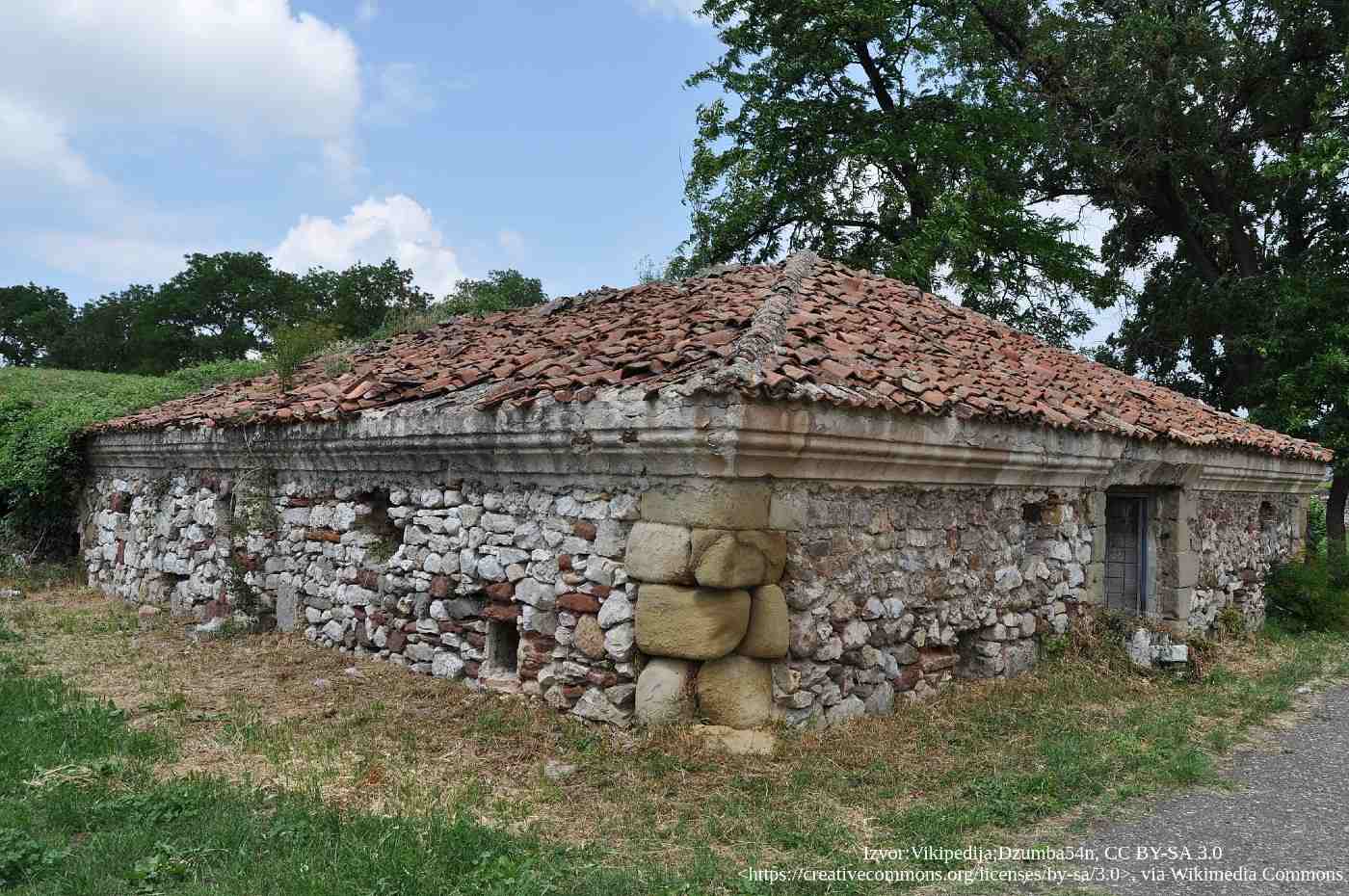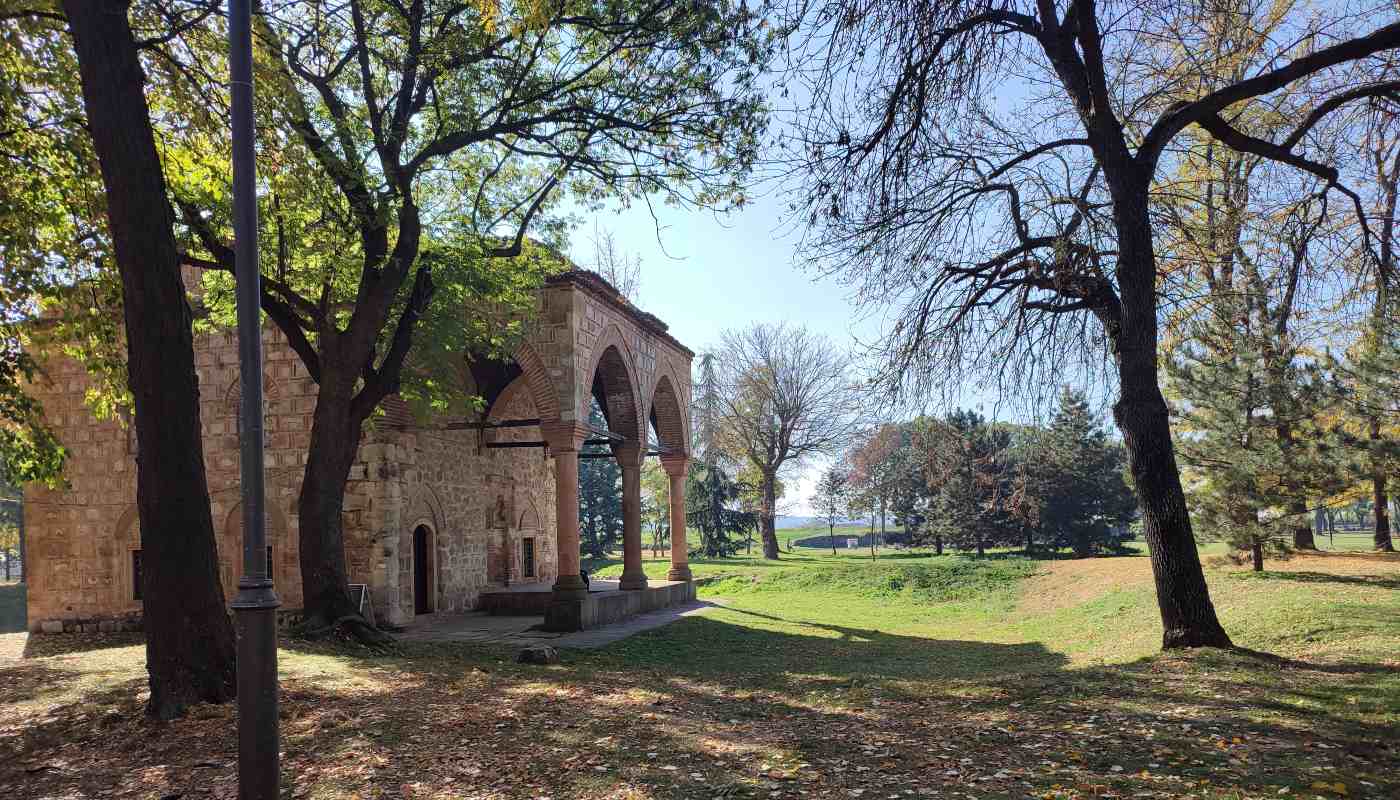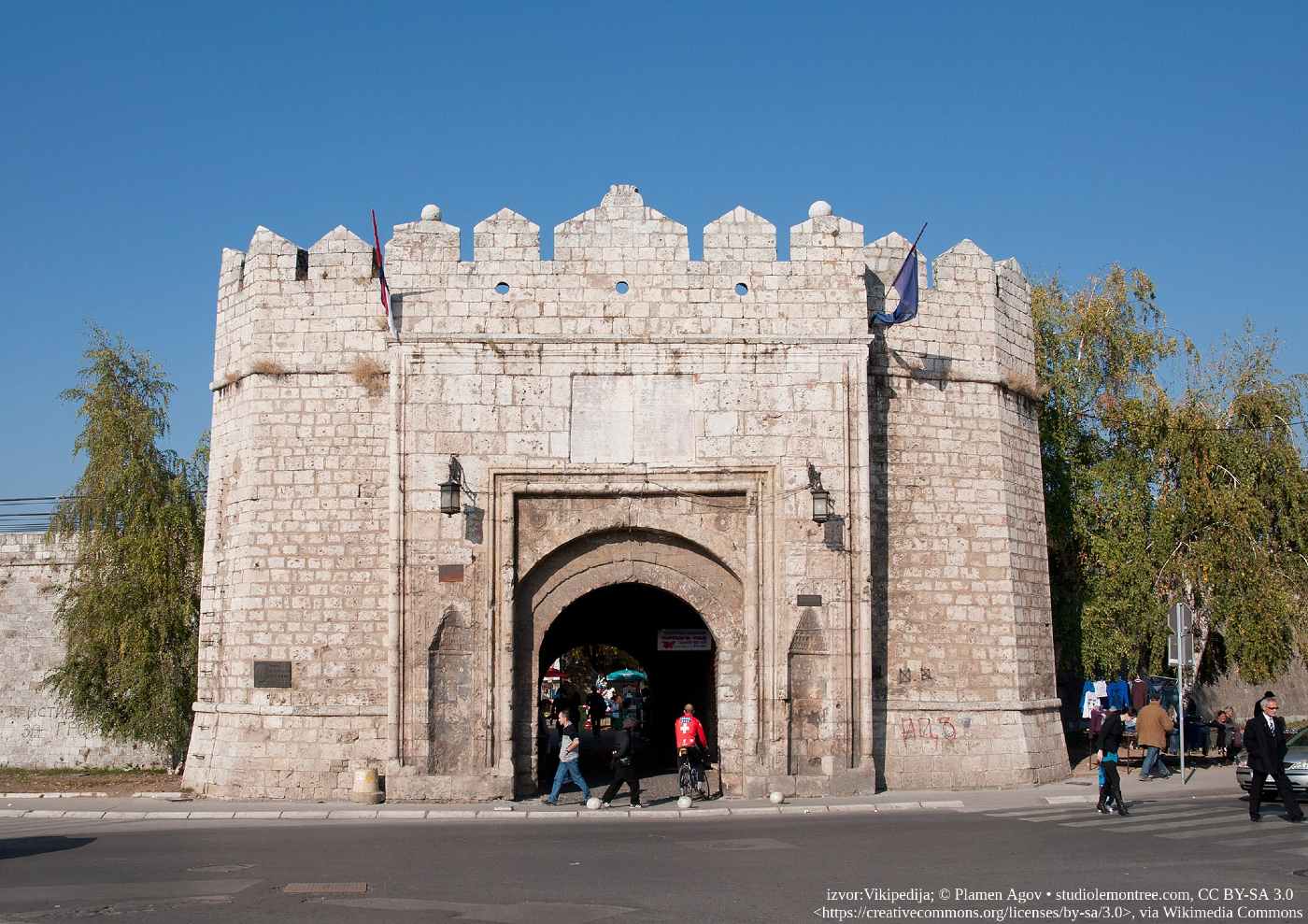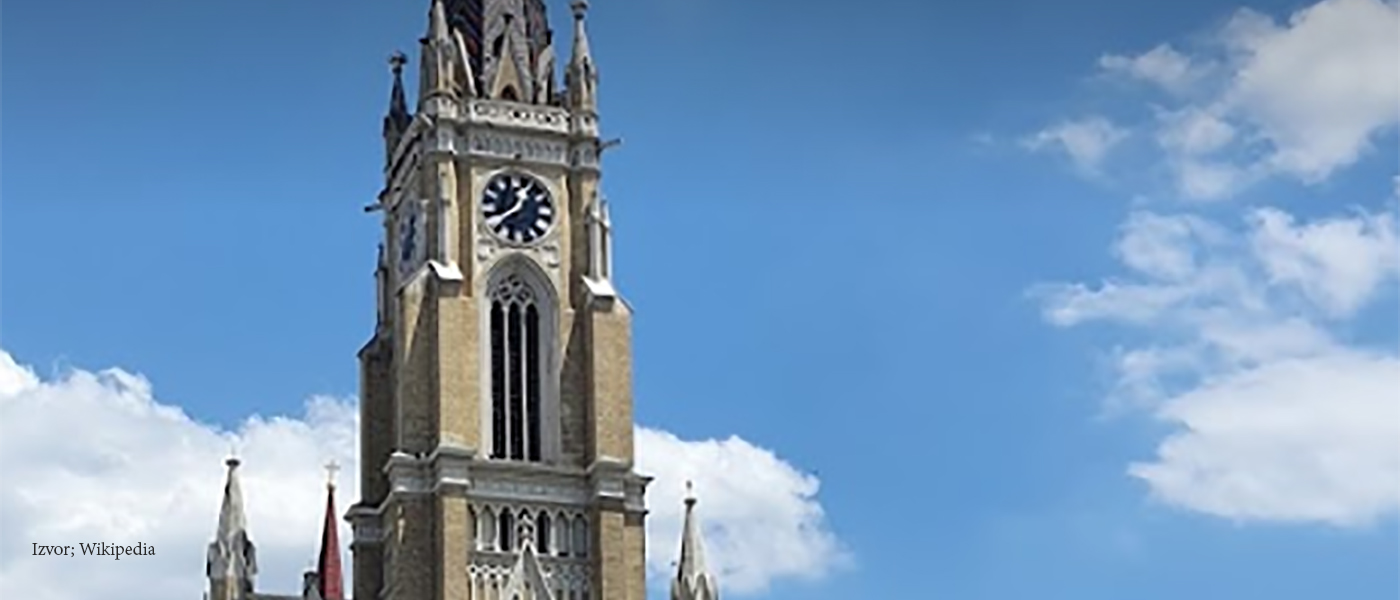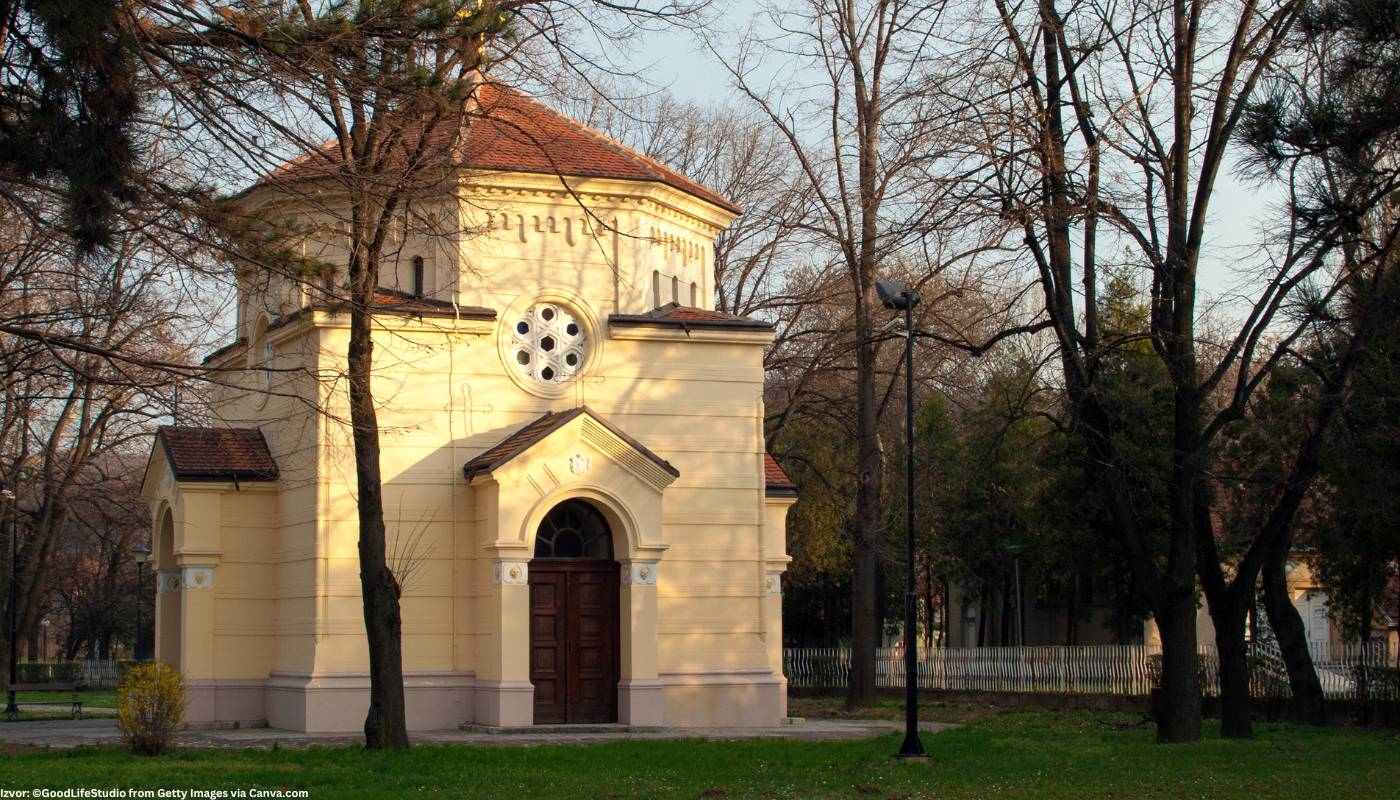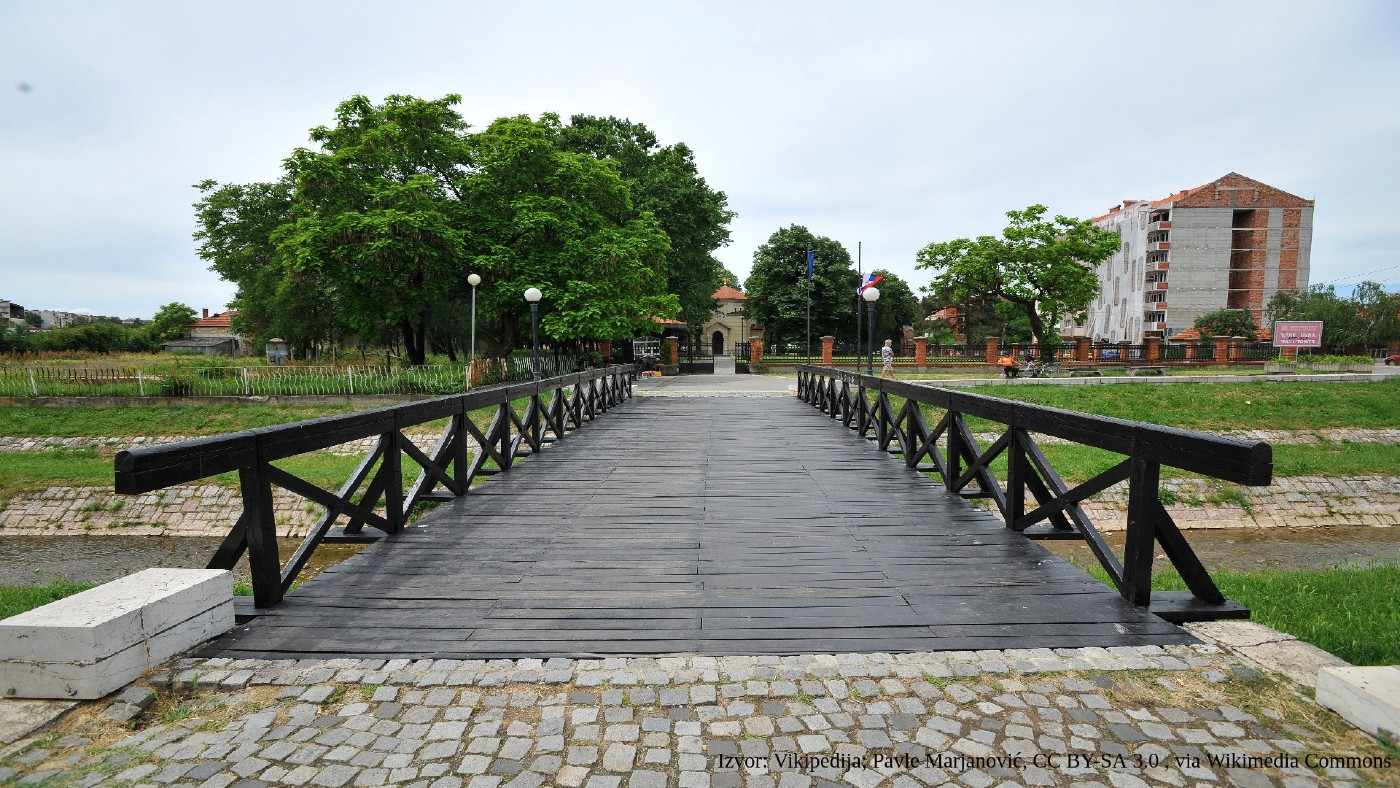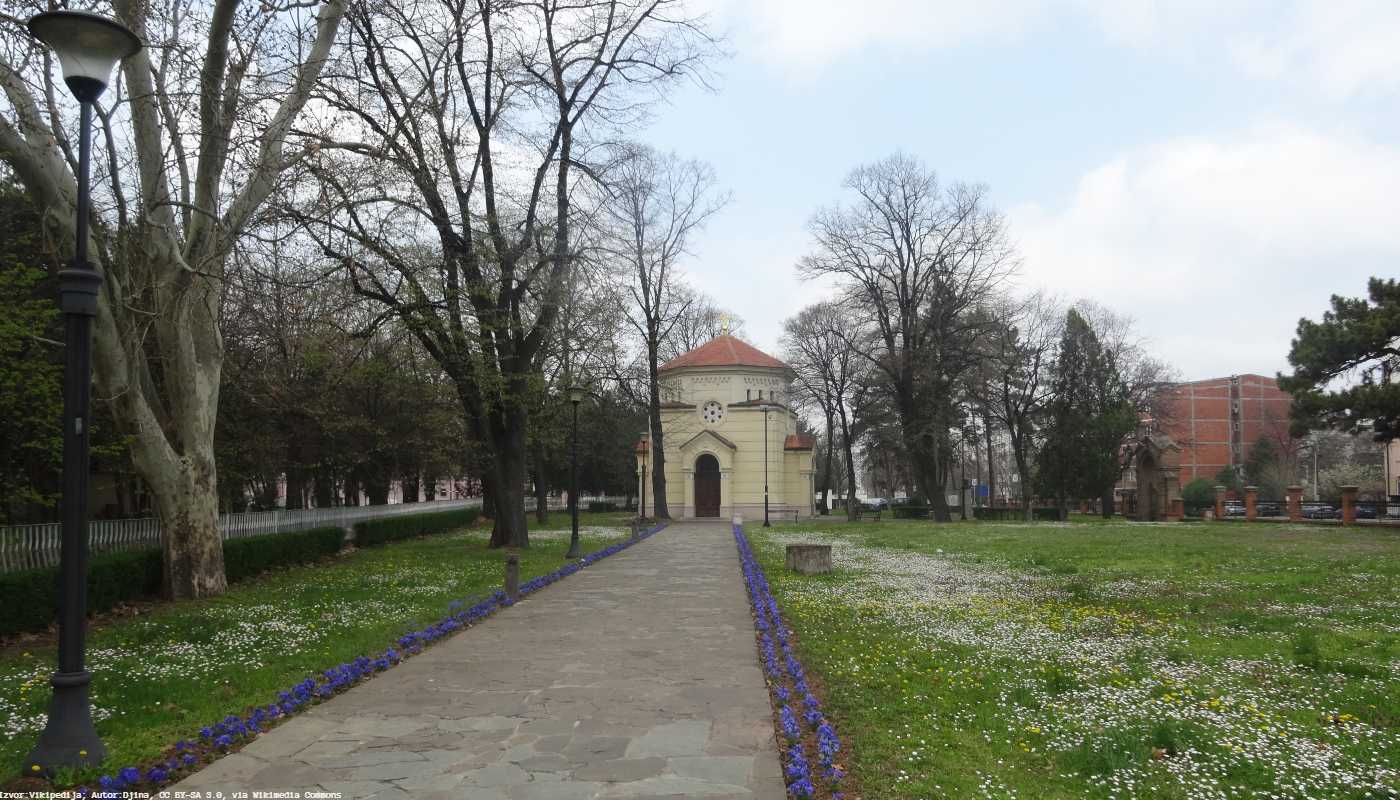When to visit Serbia During the Year?
- Summer – Perfect for fans of festivals, nightlife, and active tourism. Thus, the most visited festivals in the summer period are the Exit festival in Novi Sad, which is also one of the largest music festivals in Europe, the Sabor trubača in Guča, the LOVE fest in Vrnjačka Banja, and the Arsenal fest in Kragujevac. Fans of active tourism usually opt for mountains such as: Zlatibor, Stara planina, Tara and Zlatar. In the summer months, Serbia offers tourists the opportunity to relax by the water. Thus, the most interesting for adrenaline junkies is the Drina, where they can try rafting, while lovers of calmer waters often visit the Danube and Sava. Among the spas, Vrnjačka Banja and Sokobanja attract the most attention of tourists.
- Temperatures during the summer in Serbia – The hottest month is July with an average monthly temperature ranging from 11.0 to 22.℃. Areas with an altitude of up to 300 m above sea level have a mean July temperature in the interval of 20.0 to 22.℃, and some places in southern Serbia whose altitude is from 400 to 500 m. Above 1000 m above sea level, the mean July temperature is ranging from 11.0 to 16.℃.
- Winter – Winter sports enthusiasts usually visit Kopaonik and Zlatibor, known for their excellent ski slopes and developed infrastructure. Tara, Stara planina, Fruška gora, Golija are good when you want to spend the winter in a quieter way. Cities in the winter months are the most visited during the New Year and Christmas holidays, and Belgrade, Novi Sad, Niš, and Kragujevac record the most visits.
- Temperatures in Serbia during the winter – The coldest month is January with an average monthly temperature ranging from -6.0℃ in the mountainous regions to around 0.0℃ in the plain parts of the country.
- Average annual temperatures - When it comes to average annual temperatures, for areas with an altitude of up to 300m, it is 10.9℃, and for areas with an altitude of 300m to 500m, it is around 10.0℃. In mountainous areas above 1000m above sea level, the average annual temperature is around 6.0℃, and at an altitude of over 1500m it is around 3.0oC. Autumn in Serbia is warmer than spring.
- Serbia's tourism in numbers: 4.2 million tourists visited Serbia in 2023, and 12.4 million overnight stays were made, while 6.6 million were recorded in 2013. The most overnight stays were recorded in the region of Šumadija and Western Serbia, where 38.1% of overnight stays were recorded in 2023, followed by 27.8% in Belgrade, and 18.4% of tourists stayed overnight in the region of Southern and Eastern Serbia in 2013, while the fewest overnight stays were achieved in the region of Vojvodina - 15.7% of tourists.
How to Get to Serbia?
Arriving by plane
Nikola Tesla Airport - Belgrade, as the capital of Serbia, has a modern Nikola Tesla International Airport and is connected by flights to almost all major cities and capitals of Europe. In addition, the airport is well connected to many destinations throughout the Middle East, Asia, North America and other parts of the world. Air Serbia is a national airline and it often offers the most favorable flights. The most frequent flights to Belgrade are from the following destinations:
- Vienna (Austria) – 1 hour and 30 minutes
- Budapest (Hungary) – 1 hour
- London (Great Britain) – 2 to 2 and a half hours
- Milan (Italy) – 1 hour and 30 minutes
- Paris (France) – 2 hours
- New York (USA) – 10 hours
- Dubai (UAE) – 6 hours
- Tel Aviv (Israel) – 2 and a half hours
- Tunis (Tunisia) – 2 and a half hours
- Barcelona (Spain) – 2 hours
Arriving by bus
Belgrade Bus Station is the main departure point for international buses. The city is connected by direct lines with almost all major European cities: Budapest, Zagreb, Vienna, Berlin, Skopje, Sarajevo, Podgorica, Tirana and many others. The main bus station is now located in Block 42, near the Novi Beograd railway station. This is a station that serves both intercity and international traffic.
Niš is also well connected to many European and regional destinations. So you can reach Niš from all major neighboring cities: Zagreb (Croatia), Skopje (North Macedonia), Tirana (Albania), Sarajevo (Bosnia and Herzegovina), Podgorica (Montenegro), Ljubljana (Slovenia), Vienna (Austria), Budapest (Hungary) and Berlin (Germany).
Arriving by train
If you plan to come to Serbia by train, it is easiest to get to Belgrade, considering that this station is best connected to the surrounding capitals and countries. You can get to Belgrade by train from:
- Belgrade - Budapest (Hungary) journey takes about 8 hours.
- Belgrade - Zagreb (Croatia) journey takes about 6 to 7 hours.
- Belgrade - Vienna (Austria) journey takes about 8 hours.
- Belgrade - Skopje (North Macedonia) journey takes approximately 8-9 hours.
- Belgrade - Sarajevo (Bosnia and Herzegovina) journey takes about 8-9 hours.
- Belgrade - Podgorica (Montenegro) journey takes about 10 hours.
- Belgrade - Bucharest (Romania) journey takes about 7-8 hours.
- Niš - Sofia (Bulgaria) journey takes about 5-6 hours, and trains depart several times a week.
- Niš - Skopje (Northern Macedonia) journey takes about 7-8 hours. This line is suitable for trips to Macedonia and further to Greece.
- Niš - Podgorica (Montenegro) trains between Niš and Podgorica are occasional, and the journey takes approximately 8 hours.
Serbia has a developed highway system that connects Belgrade and Niš with the capital cities and surrounding countries. The most important highways are:
- E75 (Belgrade - Niš - Preševo - Hungary) - This highway is the main connection between Serbia and Hungary, Bosnia and Herzegovina, and North Macedonia. It is very important for trips from the direction of South-Eastern Europe.
- E70 (Belgrade - Novi Sad - Croatia) - E70 leads from Belgrade to the west and connects Serbia with Croatia and the countries of the European Union, especially with the western parts of Europe.
- E80 (Belgrade - Niš - Bulgaria) - Motorway connecting Belgrade with Bulgaria and Southeast Europe, including an important trade route with Sofia.
Tourist Activities in Serbia
Tours – Serbia has a very large number of destinations suitable for day trips and tours. The most attractive destinations for this type of tourism are:
- The canyon of the river Uvac - where from the viewpoint of Molitva there is a beautiful view of the unique meanders of Uvac, and it is also possible to cruise on this river;
- Fruška gora - in addition to its beauty, it is also known for a large number of monasteries, which is why it is nicknamed the Serbian Holy Mountain. There are even 16 lakes on it, and a large number of wineries;
- Oplenac and Topola - probably the most famous destinations in Šumadija. These places of great cultural and historical importance are full of monuments, and they are also rich in natural beauty and widely known wines and wineries, which is why it got the nickname Serbian Tuscany;
- Mokra Gora - the pearl of Western Serbia offers the opportunity to ride the famous Šarganski eight (railway and train from 1925), to get to know Drvengrad and the beautiful nature of Mokra Gora.
- Cruise tours - the most famous are: cruise on Djerdap (with a visit to the Golubac Fortress); tour of the fortresses on the Danube from Golubačka to Smederva fortress (Viminacium and Silver Lake are also visited on the way), cruise through the Ovčarsko-Kablar gorge. Apart from these, shorter tours (which usually last about 2 hours) are also popular, such as: cruises on the Danube through Belgrade.
- Kopaonik is recognized as the largest and best equipped ski center in Serbia. Winter sports that you can try in Kopaonik are: skiing, Kopaonik offers 55 km of ski slopes for alpine skiing; snowmobiling, Kopaonik has 12 km of trails for Nordic skiing; snowpark: for those who want to try freestyle skiing and snowboarding; night skiing. The price of ski passes for this year is: six-day ski pass for adults: between 20,750 and 22,500 dinars, while one-day ski pass for adults: between 4,620 and 5,370 dinars.
- Zlatibor is also a popular winter center with many options for winter sports. Ski center Tornik, the largest ski center on Zlatibor, with five slopes (Cigota, Tornik, Ribnica, Zmajevac and Stankova ravan) with a total length of about 10 km, also offers a modern cable car with an impressive length of 9 kilometers, which makes it the longest panoramic gondola in the world! In addition to this, Zlatibor also offers opportunities for: snowmobiling, snowpark, night skiing. Prices for ski passes in Zlatibor for the 2024/25 winter season are as follows: day ticket for adults: 3,700 dinars; five-day ticket for adults: 14,500 to 15,800 dinars; five-day ticket for children up to 15 years old: 10,000 to 11,000 dinars
Visits to cultural and historical sights - The most attractive cultural and historical sights are:
- Viminacium: a Roman military and civilian town, one of the most important archaeological sites in Serbia, with preserved mosaics, tombs, a theme park and museums;
- Felix Romuliana: Roman Constantinople villa from the 3rd century, located near Zaječar. The monument is under the protection of UNESCO and represents an important historical site from the time of Emperor Galerius;
- Gračanica Monastery: near Pristina is among the most beautiful works of Serbian medieval art. The monastery is under the protection of UNESCO and is distinguished by its extraordinary frescoes from the 14th century;
- Studenica Monastery: is among the most important Serbian monasteries, under the protection of UNESCO. It was founded by Stefan Nemanja in the 12th century and is known for its frescoes and architectural style. This monastery is considered the center of Serbian medieval culture;
- Žiča Monastery: from the 13th century, it was the seat of the Serbian Church and a royal monastery. His frescoes and church architecture represent an important cultural and spiritual monument of Serbia;
- Đavolja Varoš (Devil's Town) is among the most famous and mysterious natural wonders in Serbia, located in the southeast of the country, near Prokuplje. This is a specific geomorphological site, consisting of unusual stone formations, known as earthen cities or monsters. Because of its unique beauty and mysterious appearance, Đavolja Varoš has been declared a natural monument and one of the seven natural wonders of Serbia;
- Krušedol Monastery: on Fruška Gora is among the most beautiful and important monasteries in Serbia. Founded in the 16th century, Krušedol was the center of spiritual life and the Serbian church, and today it is known for its architecture and frescoes;
- Ćele Kula, one of the most interesting and tragic historical monuments in Serbia, is located in Niš, in the south of the country. Čele Kula was built from human skulls and the bones of executed fighters, and their skulls were placed on the walls. The tower is about 4 meters high, and in its walls you can see about 952 skulls. The infamous tower was actually a punishment for fighters, but over time it became a symbol of resistance to violence and occupation.
Visits to ethnic villages - There are many ethnic villages in Serbia that offer an authentic experience of tradition, culture and nature. These villages have become very popular among tourists who want to relax, enjoy the rural idyll and get to know the customs and way of life of old times. The most popular among tourists are:
- Ethno Village of Sunčana Reka (Sunny River), on the banks of the Drina River, near Banja Koviljača. This ethnic village offers a variety of activities, from horseback riding and archery to a spa and music events; the ethnic village of Tiganjica in Zrenjanin is ideal for lovers of traditional Serbian cuisine and nature;
- Ethno village of Rajski konaci: it is located in the village of Leušići, near Gornji Milanovac and is known for its authentic architecture and peace.
- Ethno Village Moravski konaci is located near Velika Plana and offers an authentic experience of Šumadija,
- Ethno village of Vraneš, located by the lake Uvac, is a true oasis of peace and nature;
- Etho village of Zornića Kuća is located near Belgrade and offers a variety of activities for children and adults, including horseback riding and a zoo.
Nightlife - Nightlife in Serbia is the richest primarily in Belgrade, and then in Novi Sad. Belgrade offers places to go out for everyone's taste, from traditional Old Town pubs, to popular rafts, to contemporary nightclubs. If we start from the clubs in Belgrade, the most frequented are: Hype, Kasina, The Bank, Dragstor, Mr Stefan Braun. The most popular taverns are those located in Skadarlija: Dva jelena, Tri šešita, Zlatni bokal, Velika Skadarlija. The rafts are located along the banks of the Danube and Sava, and the most famous are: raft River, Sindicat, Lasta, Mladost, Leto, Hot Mess. In Novi Sad, the most famous places are Lazin Sokak cafe, Lazino tele pub, Splav Dva Galeba, and clubs Giardino, Central Club, Cuba Libre, Paradiso.
What to See in Serbia?
Here is a list of destinations and attractions that should be visited in different cities and regions of Serbia:
Belgrade:
- Belgrade Fortress (Kalemegdan) – One of the most important historical monuments of Belgrade with a fantastic view of the confluence of the Sava and the Danube;
- The Church of St. Sava - An impressive Orthodox church, one of the largest in the world, which is also a symbol of Belgrade;
- Skadarlija – the Bohemian quarter of Belgrade, which is known for its traditional restaurants, cafes and artistic atmosphere;
- Knez Mihailova Street - Pedestrian zone and one of the most famous streets in Belgrade, which is full of shops, galleries and cafes;
- Museum of Contemporary Art – Museum with a rich collection of Serbian and international contemporary art;
- Ada Ciganlija – Belgrade beach and recreation center on the Sava, a popular destination for sports, relaxation and entertainment.
- Petrovaradin Fortress - Known as "Gibraltar on the Danube", the fortress offers a wonderful view of Novi Sad and hosts the legendary Exit festival.
- Freedom Square - The main city square with numerous historical buildings, cafes and restaurants.
- Svetozar Marković Park – A large park in the city center with a monument to fighters and a relaxing atmosphere.
- Danube Park - A beautiful park along the banks of the Danube, an ideal place for walks and relaxation.
- Sremski Karlovci - A charming village with a rich history, monasteries and wineries, only 10 km from Novi Sad.
- Niš Fortress - Historical monument with an excellent view of the city and the river Nišava.
- Ćele Kula - A monument from the period of the Turks, built of human skulls, dedicated to the fighters against the Ottoman rule.
- Crveni Krst Memorial Complex - Former concentration camp and today a memorial complex dedicated to the victims of the Second World War.
- Niška Spa - A well-known healing mineral spring with numerous thermal pools and wellness centers.
- Bubanj Memorial Park - Monument to the victims of the Second World War with monumental triangular monuments.
- Šumarice - Memorial complex and monument dedicated to the victims of the Second World War, known for the mass executions in 1941.
- Zastava Factory - Historical car factory, which was an important industrial symbol of Kragujevac.
- Old Church and Square - Square in the city center with a historic church and monuments from the 19th century.
- Tornik - The highest peak of Zlatibor, a popular ski destination in winter, and great for hiking and panoramic cable car rides in summer.
- Stopića cave - One of the most beautiful caves on Zlatibor, known for its properties of stalactite drops and stalagmites.
- Sirogojno - Ethno-village that preserves the tradition and folklore of Zlatibor, with old houses and museums.
- Tara National Park - Rich in natural beauty and abundant flora and fauna, especially famous for wild horses and exceptional viewpoints.
- Perućac Lake - A lake with beautiful panoramic views, a convenient location for swimming, boating or fishing.
- Crnjeskovo - Panorama that offers one of the most beautiful views of Tara National Park.
- Drina - A famous river that forms the natural border between Serbia and Bosnia and Herzegovina, popular for rafting.
- Crni vrh – The highest peak of Divčibar, a popular destination for hiking and panoramic views.
- Divčibar Lake - A place for rest and recreation with opportunities for cycling and hiking.
- Kopaonik Ski Center – The largest ski center in Serbia, with numerous slopes and modern ski lifts.
- Lake Pančić - a mountain lake with beautiful surroundings, ideal for a vacation in nature.
- Bridge of Love - A beautiful wooden bridge over the river, known for the love padlocks left by couples in love.
- Ljubostinja Monastery - Medieval monastery with a rich history and cultural significance.
- Sokobanjska Fortress - Historical fortress that is part of the city's cultural heritage.
- Sokobanjski Park - A spacious park with numerous footpaths, ideal for walks and relaxation in nature.
- Vrelo Moravice - The place where the Moravica and Sokobanjska Moravica rivers meet, with natural springs and waterfalls.
Events and Festivals in Serbia
Summer in Serbia is marked by large music festivals, some of which are among the largest and most visited European festivals. Here are the most famous summer festivals in Serbia:
- Trumpet Festival in Guča: It is held in the village of Guča and is known as one of the biggest trumpet festivals in the world. The festival attracts a large number of domestic and foreign visitors who come to enjoy the traditional Serbian music and atmosphere. The festival is celebrated in the middle of August.
- Belgrade Beer Fest: This festival takes place in Belgrade and is dedicated to beer and music. The festival attracts a large number of people who come to enjoy different types of beer and music. Beer Fest 2024 was held on June 15-18.
- Lovefest: It takes place in Vrnjačka Banja and focuses on electronic music. The festival attracts fans of electronic music from all over the world. The festival lasts for three days and is held at the beginning of August.
- Zaječar Guitar Festival: This festival takes place in Zaječar and focuses on rock and pop music. The festival is known for its tradition, it is one of the longest-running festivals in Serbia and offers young performers the opportunity to present themselves to a wider audience. The festival takes place at the end of August.
- Nišville is the most important jazz festival in Serbia, which takes place in the historical center of Niš. Every year it attracts a large audience with great jazz musicians from all over the world, and fans of all kinds of music. In addition to concerts, the festival also includes workshops, masterclasses and jam sessions. Nishville is held in mid-August.
- Arsenal Fest: one of the biggest summer festivals in Serbia. It takes place in Kragujevac, on the premises of the Duke's Arsenal, and attracts a large number of visitors from all over Europe. Arsenal Fest is known for its diverse musical offering, which includes local and international stars. The festival lasts three days, and is held at the end of June.
- Palić Film Festival: is the most important film festival in Serbia and one of the most famous in the region. Every year, it gathers film lovers, directors, actors and production companies, and the audience can enjoy the latest film productions from all over the world. In addition to the film program, the festival also offers numerous talks with authors and workshops. The festival takes place during July.
- Kopaonik Winter Fest is among the most famous winter festivals in Serbia, which gathers fans of skiing and winter sports. This festival includes a rich music program, performances by popular artists, skiing and snowboarding competitions, and fun on the snow. It is ideal for winter sports fans who also want to enjoy good music.
- Belgrade winter is the most famous winter event in the capital of Serbia. During this period, Belgrade turns into a true winter paradise, with decorated streets, Christmas markets and a rich cultural offer. Belgrade winter takes place in the period from December 27 to January 13. The festival offers a wide range of cultural and entertainment events, including: concerts, theater performances: Including ballet, operetta and puppet theater shows, winter bazaars: With various culinary and confectionery products, traditional winter drinks and winter handicrafts, winter movie marathon. The festival takes place in various locations throughout Belgrade, including Republic Square, Kalemegdan, Knez Mihailova Street and many others.
- Ice Forest - is reflected in the Danube Park in Novi Sad, every winter, from December 15 to January 14. This manifestation offers a large and beautifully decorated skating rink consisting of a central, covered part and its accompanying, circular track, which is set around the lake in the Danube Park. The program of the manifestation includes many cultural events, educational gatherings, exhibition activities and humanitarian meetings.
- Kustendorf is a famous film and cultural festival that takes place every year in Mećavnik, an ethno-village that was specially built for this event, and which is located on Mount Tara in the western part of Serbia. The festival was designed and launched by one of the most famous Serbian directors, Emir Kusturica, who is also the founder of this event. The festival takes place during January.
- New Year's and Christmas markets are set up in all major cities of Serbia during December. The most famous is the Belgrade New Year's Market, which is held on Trg Republike and near Kalemegdan. Here you can enjoy the Christmas atmosphere, buy handicrafts, sweets, traditional products and enjoy hot drinks, brandy and mulled wine. Similar markets are held in other cities such as Novi Sad, Niš and Kragujevac.
- Pirot Iron Sausage Fair - Pirot hosts all gourmets and lovers of gastronomic specialties, such as Pirot Iron Sausage, white cheese and cheese and many others. Pirot iron sausage is a specialty that is prepared in a specific way by mixing different types of meat, with plenty of spices and without additives. The fair is held on the last weekend in January and is one of the largest gastronomic events in our country.
- Smederevska jesen (Smederevo Autumn) is among the most famous and most visited festivals in Serbia, which takes place every year in autumn, usually in October, in Smederevo. The festival is dedicated to the tradition, culture and customs of this region, and the wine, viticulture and hospitality of this region are especially celebrated. In addition to wine events, the festival includes a rich cultural program, visitors can also enjoy the rich offer of local food and specialties of this region, and a special attraction is the parades and processions, which include the wearing of traditional folk costumes, and the symbolic arrival of winegrowers and trumpeters, who traditionally participate in the celebration of the grape harvest.
- Karlovačka berba grožđa (The Karlovci grape harvest) is a traditional event that takes place every year in Karlovci, a small town near Senta, in Vojvodina. This festival is dedicated to the completion of the grape harvest, the tradition of viticulture and wine production, which is deeply rooted in this region. Like many similar events throughout Serbia, the Karlovac grape harvest celebrates the region's rich viticultural and cultural heritage, and is also an opportunity for visitors to enjoy wine, food and various entertainment.
- BEMUS is among the most important music festivals in Belgrade, dedicated to classical music. The festival brings together some of the most prominent orchestras and soloists from the world of classical music, and concerts are held at prestigious venues, such as the Belgrade Philharmonic, the National Library and other cultural centers. It is a festival that is an opportunity for classical music lovers to enjoy top performances.
- Beogradsko proleće (Belgrade Spring) is among the most famous and long-standing cultural festivals in Belgrade, which takes place every year in the spring months and gathers artists, culture lovers and tourists from the country and abroad. This festival is a real holiday for lovers of music, theater, dance, art and all forms of creative expression.. Events are held at various locations throughout Belgrade, including Kalemegdan, Trg Republike, Knez Mihailova Street and various theater and concert halls. Belgrade Spring is usually held in April.
- Disovo proleće (Dis's spring) is a manifestation that has been held in Čačak since 1964 in honor of the great Serbian poet Vladislav Petković Dis, who was born in Zablać next to Čačak. The event usually starts on March 10, and ends with a ceremony where the prizes are awarded: the Dis Award, the Young Dis Award and the Essay Award.
Accommodation in Serbia
The price of accommodation in Serbia depends first of all on the place where the accommodation is located, and then on the equipment and capacity of the accommodation and the distance from the center. It should be emphasized, however, that the price of accommodation can increase during the season, and during large events and festivals in a particular place. The average price for private accommodation in Serbia ranges from 20-40 euros per night.
The easiest way to find accommodation is through online platforms. The most popular platforms for finding accommodation in Serbia are Bookaweb, Booking and Airbnb.
In the following, we will present the advantages of certain types of accommodation:
- Apartments are the most numerous type of accommodation and can be found in all parts of Serbia, both in larger cities and tourist centers and in smaller ones. Private apartments in Serbia are available in cities, spas and on urbanized mountains. They often represent the most affordable type of accommodation in Serbia. The convenience of apartments is that they can be found both in the central parts of tourist destinations and in peripheral parts.
- Houses - are often located on the outskirts or in quieter parts of the city, a large number of houses can also be found next to large rivers, in spas, and a popular type of accommodation is also on the mountains. Houses are suitable for the stay of a large number of people, so they are often rented out for celebrations. Houses with swimming pools are attractive in the summer months.
- Log cabins are the most numerous on the mountains, and can also be found by rivers and lakes. Log cabins in Serbia are chosen by tourists who want an authentic experience of nature, and they are also suitable when a large number of people are looking for accommodation.
Food in Serbia
- Traditional Serbian restaurants - offer dishes characteristic of the Serbian climate and their menu is usually rich in grilled dishes and Serbian cooked dishes. The interior and the exterior of these restaurants are often arranged in such a way as to depict authentic Serbian buildings. Some of the most famous restaurants of this type in Serbia are: Vayat restaurant in Arandjelovac, Koliba restaurant in Leskovac, Bajo on Mačkat near Zlatibor, Brvnara in Kraljevo, Tabor in Belgrade, Skadarlija in Belgrade, Groš Leskovac Stari mlin in Velika Plana.
- Salaši (farmhouses) in Vojvodina - also offer traditional dishes, but characteristic of the climate of Vojvodina and are also decorated in the authentic style that makes Vojvodina recognizable. The most famous farmsteads in Vojvodina are: Salaš 137, which is located on the road from Novi Sad to Čenej, Salaš Zvonko Bogdan near Subotica, Majkin Salaš, which is located 2.5 km from Lake Palić, Brkin's farmhouse near Novi Sad, Wine house in Irig, Dida Hornjakov's farmhouse near Somobor, for which advance notice of arrival is mandatory.
- International restaurants - in addition to local specialties, they also offer dishes from international cuisine, often specialties of Italian cuisine, since this is the second most popular cuisine in Serbia. The most famous Small Factory of Taste in Belgrade, Savanova in Belgrade, Franš - Belgrade, Kalemegdanska Terrace in Belgrade, La Pista on Kopaonik, Homa in Belgrade, Perun and Vila restaurants on Zlatibor
- Fast food restaurants - are available in both smaller and larger tourist places and their offer is generally the same everywhere. In these restaurants, you can usually expect grilled dishes, pizzas and various types of sandwiches.
- Ćevapi - the most famous Serbian street food. This mixture of minced meat (often beef and pork) from the grill is usually served in a bun with onions and ajvar.
- Pljeskavica - the Serbian version of hamburger, pljeskavica, is prepared from minced meat and spices, and can be filled with cheese, mushrooms or other additives. It is served in a bun, with side dishes such as onions, sour cream and ajvar. One of the biggest gastronomic events in Serbia, the Leskovačka roštiljijada (Leskovac barbercue fest)- is dedicated to burgers and grilled meat.
- Sarma is among the most popular dishes in Serbia. Sarma is sauerkraut or vine that is stuffed with meat and rice, cooked for a long time, ideally in an earthen pot, and is an indispensable dish at celebrations, weddings and other celebrations.
- Ajvar is the most famous Serbian specialty and a widely known Serbian gastronomic brand. It is prepared in autumn and consists mainly of roasted peppers and eggplant. This spicy sauce is often used as a side dish or spread. Leksovac ajvar is a protected product, the only brand from Serbia with international protection of geographical origin.
- Roasting pork or lamb is prepared on a spit or in the oven. This dish is often the main meal at celebrations and family gatherings.
- Pies and burek - pies are very popular in Serbia, especially burek. They are prepared from thin dough that is stretched and filled with cheese, meat, potatoes, and apples. Burek is the most common dish consumed for breakfast or snack.
- Rakija is a strong alcoholic drink that is a symbol of Serbian hospitality. Brandy is made from different fruits, but the most famous is šljivovica, plum brandy, which is drunk as an aperitif or with a meal. Brandy is one of the highest quality spirits.
Important Phone Numbers and Information in Serbia
- Police: 192;
- Fire service: 193;
- Emergency medical assistance: 194;
- Time: 95;
- Telegrams by phone: 96;
- International reserved calls: 901;
- Driving assistance: +381 11 987;
- Belgrade Airport - Nikola Tesla: general information: +381 11 209-4444; passenger service: +381 11 209-4000, flight information: +381 11 209-4444;
- Niš Airport - Constantine the Great: phone: +381 18 255-530, flight information: +381 18 255-551;
- Airport Kraljevo - Morava: Phone: +381 36 563-311
- Embassies of different countries are present in Serbia, and each embassy provides services to its citizens. Here are some of the important numbers:
- US Embassy: Address: Bulevar kneza Aleksandra Karađorđevića 92, Belgrade, Phone: +381 11 706-4000;
- Embassy of the Russian Federation: Address: Bulevar Mihaila Pupina 2, Belgrade, Phone: +381 11 306-9100;
- Embassy of Germany: Address: Deligradska 31, Belgrade, Phone: +381 11 360-6000;
- Embassy of Great Britain: Address: Bulevar kralja Aleksandra 91, Belgrade, Phone: +381 11 306-4100;
- Embassy of France: Address: Bulevar Kneza Aleksandra Karađorđevića 46, Belgrade, Phone: +381 11 301-4300;
- Embassy of Italy: Address: Kneza Miloša 56, Belgrade, Phone: +381 11 367-5511;
- Embassy of Austria: Address: Ulica Kneza Miloša 36, Belgrade, Phone: +381 11 367-6500;
- Embassy of China: Address: Bulevar despota Stefana 36, Belgrade, Phone: +381 11 306-9200.
Best Cities in Serbia for Nightlife?
Belgrade is certainly the most famous city in Serbia when it comes to nightlife. You can enjoy it in more than 1000 bars and clubs. Regardless of whether you are a fan of electronic music, pop, rock, or want to enjoy a traditional Serbian tavern, Belgrade has something for everyone. Popular places to go out in Belgrade are:
- Skadarlija - the bohemian quarter of Belgrade with numerous bars and restaurants, where you can enjoy Serbian folk music. The most famous taverns in this bohemian quarter are: Velika Skadarlija, Tri šešira (Three Hats) and Dva jelena (Two Deers).
- Rafts - Belgrade is famous for its rafts on the rivers. The most famous rafts in Belgrade are Splav Sindikat, known for its phenomenal location on the quay near the Belgrade fair; Na Vodi Kafana is among the most sought-after rafts that offers excellent service, a pub atmosphere, music and reasonable prices; Splav Lasta offers a fantastic tropical ambience and the best electronic, RnB, Hip/Hop and Trap music. Splav Leto offers quality house, tech house, deep house and disco sound.
- Clubs - Belgrade is one of the liveliest cities in Europe, and the fact that its night life is one of its trademarks is certainly due to its numerous clubs. Clubs in Belgrade have a rich and varied offer, and the most famous are: Kasina by Community, Mr. Stefan Braun, Hype, The Bank, KST, Baraka, Drugstore.
- Laze Telečko Street - the district of the best parties, where you can enjoy the most diverse rhythms. The most famous buildings are: Cuba libre, Kaktus, Lazino tele, Lazino sokak, Ladovina, Tamo daleko.
- Ribarsko ostrvo (Fisherman's island) - a place where tambourine rhythms and hard rock sounds intersect until the early hours of the morning. The most famous cafes here are: Ski Bar, Čarda Kućerak na Ribarac, Discount Bar, Cafeteria. This place is also ideal for spending the day and enjoying the view of the Danube.
- Petrovaradin fortress - a place that is not only known for its cultural and historical significance. Here there are bars and clubs that are in charge of having a great time. The most famous clubs are: Bastion Museum, Đava and Museum.
- Chair – With numerous cafes and bars, an ideal place to start the evening.
- Center of Niš - In the center of the city there are many bars and cafes with live music, while parties are often organized at night.
- Niš Rafts – Like Belgrade, Nis has several rafts that are very popular during the summer months.
Transportation and Taxis in Serbia
Public transport - Bus transport is the most common form of urban and intercity transport in Serbia. Intercity bus transport is very developed, relatively affordable and offers a wide range of lines that connect all cities and many smaller settlements in the country. The most famous carriers are Lasta, which is also the largest carrier in our country, Niš Express, Autoprevoz Janjušević.
Taxi transport - Taxi is a popular form of transport, especially in smaller towns where public transport is not so developed. Popular taxi applications are Taxify, CarGo, Pink taxi, Belgrade taxi.
Recommendations for the most efficient transport within the cities of Serbia:
- For trips within the larger cities of Serbia (Belgrade, Novi Sad, Niš and Kragujevac), the most convenient option is public transport, and these cities have a well-developed public transport system.
- When it comes to smaller cities, the only option is a taxi, but it is much cheaper in smaller cities than in larger cities in Serbia.
- Buses - Bus lines have the most departures, and they also offer departures to all major and minor cities.
- Train - Trains are a convenient option for traveling between cities such as Belgrade, Novi Sad, Niš. They are reliable, and in some cases, faster than buses.
- BlaBlaCar - In recent years, the use of BlaBlaCar services for intercity transportation has become increasingly popular, and the advantages are affordability and speed. Belgrade, Novi Sad and Niš are the most active cities in Serbia when it comes to using BlaBlaCar, because the largest number of departures are made from these cities.
History of Serbia
Ancient history
- Prehistoric period: Serbia has a rich prehistoric heritage, with settlements dating back to the Paleolithic. Many archaeological sites have been discovered in the territory of today's Serbia, among which Vinča (a village near Belgrade) is the most famous, where evidence of one of the oldest Neolithic cultures in Europe has been found. The Vinča culture (around 5700-4500 BC) was developed and known for advanced technologies of ceramic production, metallurgy and organization of life. The most important archaeological sites from this period, in addition to the aforementioned Vinča, are Lepenski Vir and Starčevo.
- Ancient period: In antiquity, Serbia was under the influence of several great civilizations, including the Illyrians, the Thracians, and the Macedonians. Different civilizations and peoples took turns on its soil. In the 4th century BC, the area of Serbia was part of the Macedonian Empire under Alexander the Great, and then under the Roman Empire. The Romans left a significant mark in Serbia through cities, roads and infrastructure, and the most famous Roman cities were Naissus (today's Niš) and Sirmium (today's Sremska Mitrovica). The most important monuments and archeological sites related to this period are: Viminacium, Felix Romuliana, and Trajan's tablet in the Đerdap Gorge.
- Middle Ages: Medieval Serbia was an important political entity, whose development is considered crucial for shaping Serbian national consciousness and cultural heritage. At the beginning of the Middle Ages, Serbia was part of the Byzantine Empire, but gradually gained independence. The most significant and beautiful monuments of this period are the monasteries of Žiča, Studenica and Gračanica.
- Ottoman Empire: In the 15th century, the Serbian state fell under the attacks of the Ottoman Empire, whose influence in Serbia lasted for more than 400 years. For centuries, Serbia was under Ottoman control, which brought profound changes in social, cultural and religious life. The Bajrakli mosque in Belgrade, the Altun-alem mosque, the oldest mosque in Novi Pazar, and the Turkish bath (Amam) in Sokobanja have been preserved as monuments to that time.
- Habsburg domination: In addition to the Ottoman Empire, part of the territory of Serbia was under the control of the Habsburg Monarchy, especially in Vojvodina, where major conflicts between the Habsburgs and the Ottomans took place. This period was also marked by large migrations, as part of the Serbian population fled towards the Habsburg Monarchy. The Austro-Ukrainian influence left its mark on the architecture of cities in Vojvodina, especially in Subotica, where the following buildings have been preserved to this day: Reichl Ferenc Palace, City Hall, Contemporary Gallery.
- Yugoslavia: After World War I, Serbia became part of the Kingdom of Serbs, Croats and Slovenes (later known as Yugoslavia). Although it was the dominant nation in the newly formed Kingdom, political instability and ethnic tensions gradually created the foundations for the disintegration of Yugoslavia.
- Disintegration of Yugoslavia and recent history: In the early 1990s, Yugoslavia disintegrated through a series of wars, and Serbia became a focal point in those conflicts. A large number of monuments throughout Serbia remain behind that period, which today attract the attention of tourists, both because of their historical significance and because of the unique style, brutalism, in which they were made. The most important monuments are: the memorial park in Šumarice in Kragujevac, the monument to the fighters of the Kosmas detachment, the monument to the Battle of Sutjeska, Tjentište (Bosnia and Herzegovina), Kadinjača (Bosnia and Herzegovina). The Museum of Yugoslavia in Belgrade also attracts a lot of attention from both domestic and foreign tourists.
- Contemporary times: Serbia went through severe political and economic challenges in the 1990s, when it was under international sanctions and isolation, but in the 2000s it began the process of stabilization.
Geography and Climate of Serbia
Climate - Serbia has a continental climate, but with variations depending on altitude, geographical features and proximity to the sea. The climate of Serbia can be divided into several main types:
- Continental climate with moderately cold winters and hot summers – Prevalent in the lower and central parts of the country, where winters are cold and summers are hot and dry. The temperature can vary, but average winter temperatures are usually around -1 °C, while summer temperatures often exceed 30 °C.
- Mountain climate - In higher areas, especially on Kopaonik, Zlatibor, Tara and other mountain massifs, the climate is colder. Winters are harsher and summers are more pleasant, with smaller temperature differences between day and night.
- Mediterranean climate in the southeast - In the southern parts of Serbia, especially in the valleys and lower areas (eg Niš, Vranje), the climate can be mild and similar to the Mediterranean, with warm, dry summers and mild, wet winters.
Demography of Serbia
Serbia is a country with rich cultural diversity. The main language is Serbian, while other important languages are Albanian, Bosniak, Bulgarian, German, Romanian, Ruthenian, Slovak, Slovenian and Ukrainian. There is also a significant minority of Roma and Yugoslavs.
The currency in Serbia is the Serbian dinar (RSD). Payments in euros are usually possible only in specific situations.
Tradition and culture of Serbia
Historical sites - Serbia is rich in historical sites that testify to its long and rich history:
- Gamzigrad-Romulijana: Remains of an ancient Roman complex near Zaječar, included in the UNESCO World Heritage List.
- Đavolja Varoš (Devil's Town): A natural rock formation on the Radan mountain, which attracts visitors with its unusual appearance.
- Studenica Monastery: One of the most important medieval monasteries in Serbia, also on the UNESCO World Heritage List.
- Vinča: The Vinča culture is an important prehistoric culture that existed in southeastern Europe between approximately 5700 and 4500 BC. It is named after the archaeological site of Vinča, which is located near Belgrade, on the left bank of the Danube River, and this site is among the most famous and important for understanding this culture.
- Čegar Monument: is a monument dedicated to the Battle of Čegar, which took place on May 31, 1809, during the First Serbian Uprising against the Ottoman Empire.




